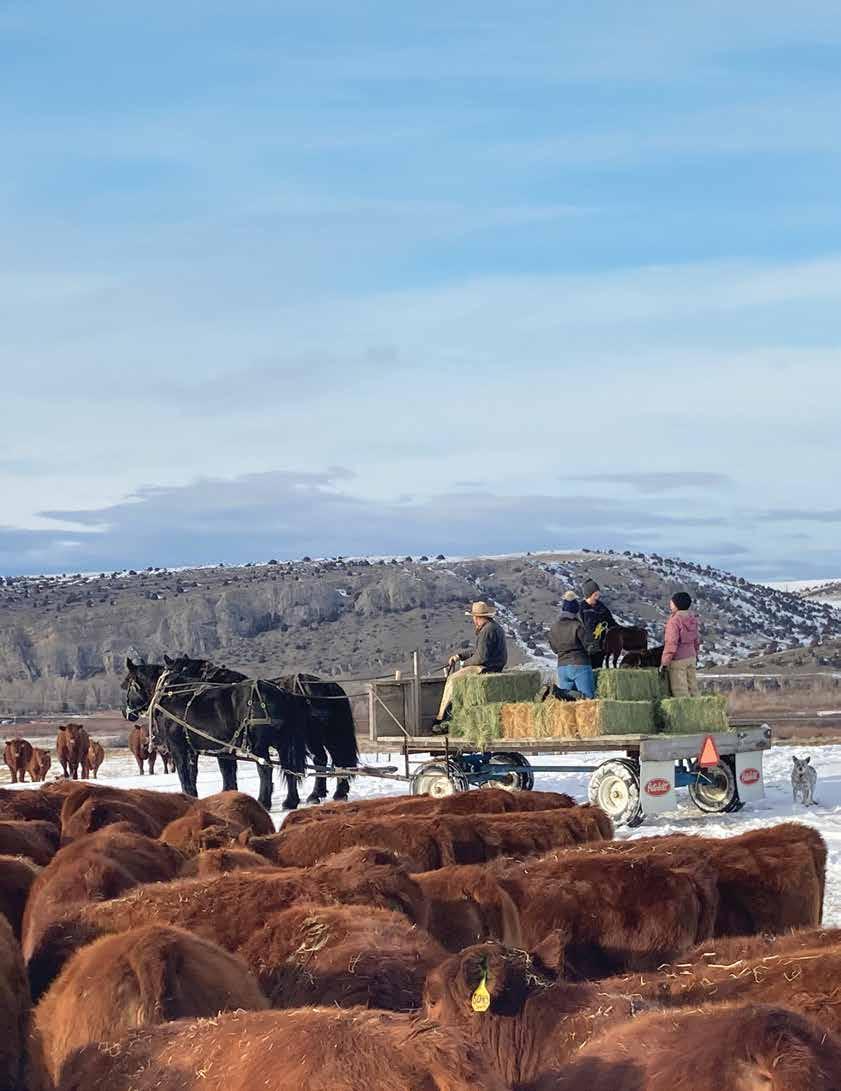








To all our friends, family, and our wonderful customers, we would like to let each and every one of you know how much we value your support over the years. We are so thankful and would like to wish you all a very healthy and prosperous New Year!
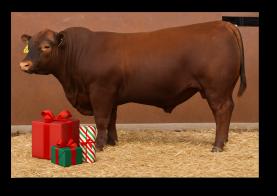
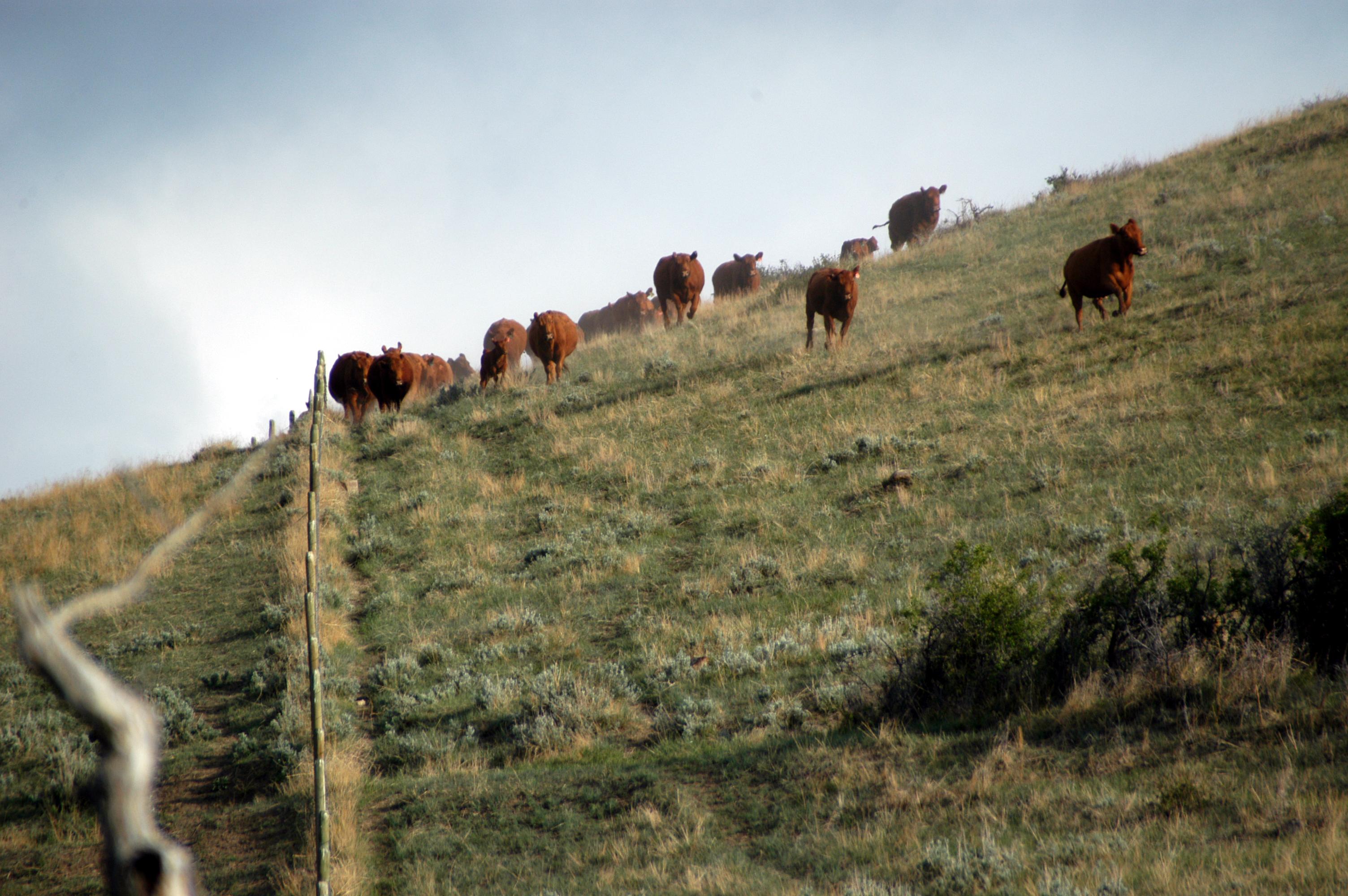




Calving Ease 16 of the top 20 sires in the Red Angus breed for Calving Ease EPD are Beckton sires or descended from Beckton sires
Cow Herd Efficiency We list the weight taken at weaning for every dam of all our sale bulls. Our cows are very moderate sized; our goal is that every steer calf should grow to out-weigh his dam, and go to market grading high choice
Feedlot Efficiency 14 of the top 20 sires in the Red Angus breed for Dry Matter Intake EPD are Beckton sires or descended from Beckton sires
Overall Profitability 14 of the top 20 sires in the Red Angus breed for HerdBuilder Index are Beckton sires or descended from Beckton sires
Join us in 2026 for our 81st Anniversary Production Sale
Tuesday, April 14, 2026
Serving our customers for over 80 years, with industry leading genetics and the highest quality Red Angus cattle.



Official Publication of the Red Angus Association of America Volume 61, Number 10
18335 E 103rd Avenue, Suite 202 Commerce City, CO 80022
940-387-3502 • Fax 888-829-6069 RedAngus.org
Publisher/Advertising Director Tracey Koester 701-391-5440 • tracey@redangus.org
Editor Maclaine Shults-Mauney 785-448-0239 • maclaine@redangus.org
Subscriptions and Circulation Jaeden Schneider 940-387-3502, Ext. 7 • email: membership@redangus.org

Affiliated with National Cattlemen’s Beef Association Beef Improvement Federation U.S. Beef Breed’s Council National Pedigreed Livestock Council
GENERAL INFORMATION
Published 10 times annually by the Red Angus Association of America at the national headquarters (18335 E. 103rd Ave., Suite 202, Commerce City, CO 80022). A non-political magazine dedicated to the promotion and improvement of breeding, feeding and marketing Red Angus cattle. Subscription rate: U.S., 1 year - $30; 2 years - $55. Canada and Mexico, 1 year - $44, 2 years - $82 (Payable in U.S. Funds Only). International Air Mail, 1 year - $55; 2 years - $100 (Payable in U.S. Funds Only). These rates are based on Third Class Bulk mailed from Jefferson City, Missouri. Add $20 per year for First Class.
EDITORIAL AND ADVERTISING POLICY
Advertising and editorial content are not limited to any particular class of product or subject matter. However, we reserve the right to refuse publication of any material not within the bounds of high agricultural ethics. While we devote the utmost care to the preparation of each advertisement, we cannot be held responsible for ads received after the ad deadline. Furthermore, the accuracy and content of copy received over the telephone is entirely the responsibility of the advertiser. No adjustment for incorrect ad copy will be considered for ads that are received after the ad deadline or that are placed over the telephone.
All unused reserved advertising space that is not canceled by the advertising deadline will be billed to the advertiser.
ADVERTISING
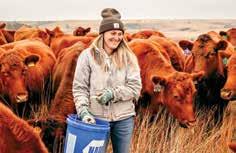
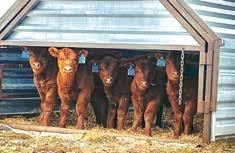





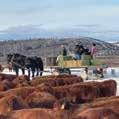
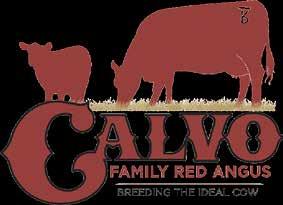

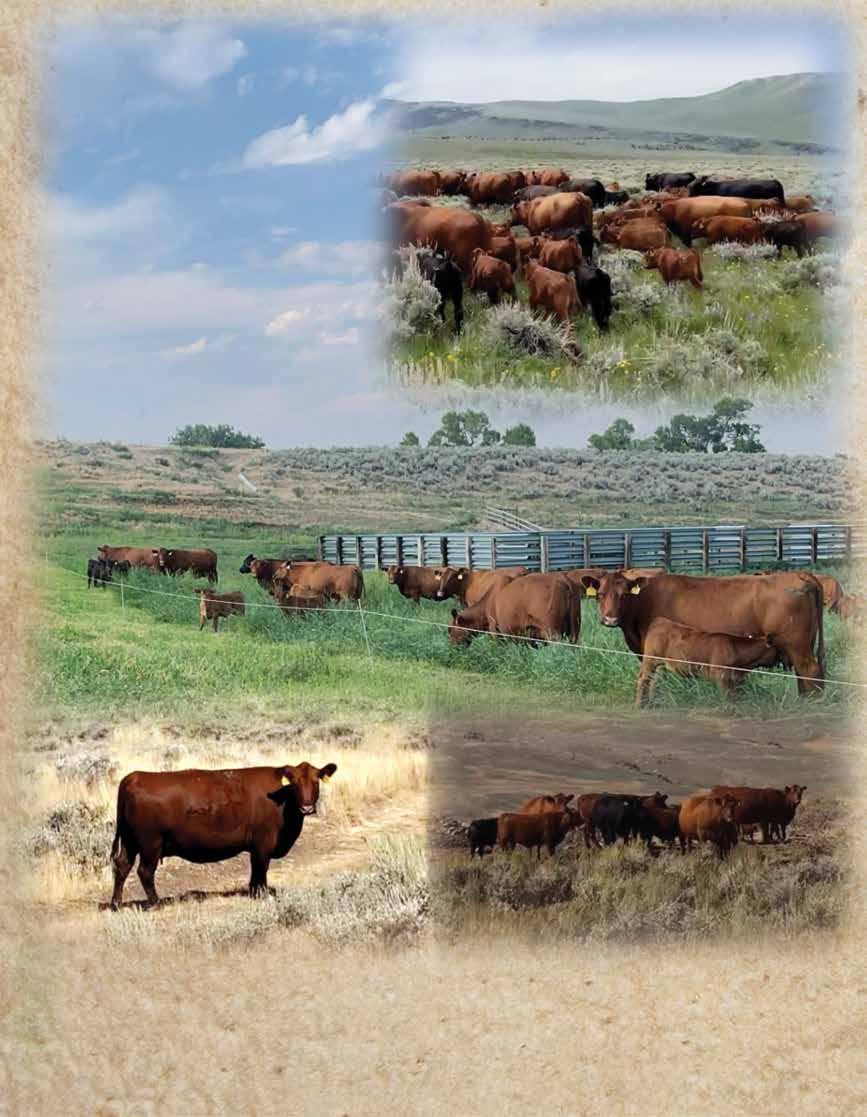
PRESIDENT
Jeff Pettit | Sebree, Kentucky jeff@diamondpcattle.com
FIRST VICE PRESIDENT
AREA 4 DIRECTOR - SOUTHWEST
Tony Ballinger | Morgan Mill, Texas anthony.ballinger@adm.com
SECOND VICE PRESIDENT
AREA 6 DIRECTOR - GREAT PLAINS
Jason Anderson | Oberlin, Kansas jasonea9@hotmail.com
EX-OFFICIO
Kyley DeVoe | Justin, Texas kyley@3klandandcattle.com
TREASURER
REGION A DIRECTOR
Keith Hickle | Auburn, Washington keith.a.hickle@gmail.com
BOARD SECRETARY
AREA 5 DIRECTOR - NORTHERN PLAINS
Stephanie Jung | Mina, South Dakota lazyjbarranch@yahoocom
REGION B DIRECTOR
Craig Bieber | Leola, South Dakota craig@bieberredangus.com
REGION C DIRECTOR
John Langdon | Benson, North Carolina johnlangdon5@gmail.com
AREA 1 DIRECTOR - WEST
George Murdock | Pendleton, Oregon murdockcattle@gmail.com
AREA 2 DIRECTOR - MONTANA
Craig DeBoer | Manhattan, Montana ctredangus@yahoo.com
AREA 3 DIRECTOR - ROCKY MOUNTAIN Ron Christensen | Sterling, Utah hotshoeredangus@gmail.com
AREA 7 DIRECTOR - NORTHEAST
Rob Hess | Hershey, Pennsylvania hessfarm@verizon.net
AREA 8 DIRECTOR - SOUTHEAST
Michael Watkins | Harrison, Arkansas watkinscattleco@windstream.net
AREA 9 DIRECTOR - MIDWEST
Will Andras | Manchester, Illinois andras@irtc.net

by Stephanie Jung, Area 5 Director
Each year, I choose three words to help guide me. For 2025, I chose peace, purpose and positive and pinned them as a reminder: protect my peace, lead with purpose and positively impact those around me.
The Red Angus mother cow is second to none. She embodies productivity, protection and longevity – the very foundation of the breed. She tends her calves and gives everything she has to her offspring, ensuring the next generation is better than the last. One could say she embodies purpose – and even leadership. When I think about it, I sometimes wonder whether I’m describing cattle or the Red Angus matriarchs who came before us and those who will follow. This breed is full of exceptional females, some with four legs and some with two.
At the National Red Angus Convention this year, someone kindly referred to me as the “mama cow” who cares for everyone, especially the juniors. That comment made me pause and reflect: Where do I find my peace, purpose and positivity?
Of course, peaceful moments are easier to find at home, sitting on a hill, often on the back of a horse, watching cattle graze under one of God’s beautiful sunrises or sunsets. Those moments bring instant peace. I also find peace with the juniors of our breed, knowing I’ve listened to God’s calling and helped shape exceptional young people in this wonderful breed. Over the years, I’ve watched shy, uncertain kids step into a contest, skill-a-thon or ring for the first time – sometimes with tears in their eyes – and slowly transform. By the end of their junior careers, many of those same kids emerge as confident, independent leaders.
Too often, the outside world lumps “juniors” and “showing” together. But what they don’t always see is the growth behind the ribbons. That scared little kid who traveled miles from home to compete at Expo is the same one who blossoms into a strong voice on our junior board. They aren’t just exhibitors; they’re young people trying to find their path in the industry, this breed and life. I’ve had the privilege of hearing many of their stories. Some were born into Red Angus; others found their way here later. Some show cattle because they cherish the hours in the barn and the miles in the truck – the time spent with parents and grandparents.
Some choose to show rather than participate in athletics. For many, showing is their sport. It’s also their vehicle – the way they get involved. The real impact is seen in the friendships made, the contests entered and the careers inspired along the way. It’s never just about the cattle in the ring – it’s about the opportunities that shape who they’ll become.
This is where I find my purpose: supporting our juniors, encouraging them and making sure they know they belong in this breed. This is how I show my maternal side. This is where I find positivity: in knowing our future is in good hands and peace in knowing I’ve followed God’s calling in my life. Like a true maternal cow, my role isn’t to do it all for them – it’s to guide, to listen and to encourage. Sometimes, that’s all it takes.
Wishing everyone a Christmas season filled with those who mean the most. God Bless and see you down the road! //
Thursday, march 5, 2026 aT 1 pm cenTral
aT The ranch near leola, sd or online wiTh dVaucTion
Bieber sires represent 4 of the top 10 Red Angus Sires for 2025 Progeny Registrations. We breed cattle that are built for ranchers, proven in the feed yard, and valued on the rail - and it shows in this high demand for our genetics.
Don't miss this opportunity on March 5 at bulls from the heart of our program!

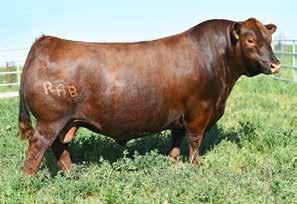

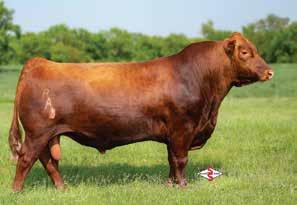


18335 E. 103rd Ave., Suite 202
Commerce City, CO 80022
940-387-3502 | FAX 888-829-6069 info@redangus.org | RedAngus.org
EXECUTIVE VICE PRESIDENT
Greg Ruehle 720-916-1135 | GregRuehle@redangus.org
EXECUTIVE DIRECTOR OF OPERATIONS
Halla Ramsey Ext. 10 | halla@redangus.org
DIRECTOR OF BREED IMPROVEMENT
A.J. Knowles Ext. 39 | AJ@redangus.org
REDSPRO & REGISTRY TEAM LEAD
Kaitlyn Fulmer Ext. 6 | kaitlyn@redangus.org
MEMBER SERVICES SPECIALIST
Stephanie Essegian Ext. 26 | stephanie@redangus.org
DNA PROGRAMS MANAGER
Ariana Maxey Ext. 24 | ariana@redangus.org
DNA CUSTOMER SERVICE SPECIALIST
Julia Sanderson Ext. 14 | julia@redangus.org
DNA CUSTOMER SERVICE SPECIALIST
Andi Inmon Ext. 5 | andi@redangus.org
DATABASE AND REGISTRATION CONSULTANT
Kenda Ponder Ext. 15 | kenda@redangus.org
DATABASE PROGRAMMERS
Tom Ballard, Roy Sebastian and Praveen Seerapu
PUBLISHER & ADVERTISING DIRECTOR
Tracey Koester 701-391-5440 | tracey@redangus.org
DIGITAL MEDIA SPECIALIST
Trisha Klement Glassinger 580-775-5090 | trisha@redangus.org
EDITOR & WRITTEN CONTENT SPECIALIST
Maclaine Shults-Mauney 970-234-9685 | maclaine@redangus.org
SHOW SPECIALIST
Erin Dorsey 970-396-5420 | erin@redangus.org
ACCOUNTING DIRECTOR
Janet Russell Ext. 11 | janet@redangus.org
MEMBERSHIP & ACCOUNTS RECEIVABLE
Jaeden Schneider Ext. 7 | jaeden@redangus.org
JUNIOR PROGRAM COORDINATOR
Taylor Dorsey 970-397-0356 | taylordorsey@redangus.org
RECEPTIONIST
Tabitha Romero Ext. 3 | receptionist@redangus.org

by Halla
Pfeiff Ramsey, Executive Director of Operations
In October, we welcomed Greg Ruehle to the Red Angus Association of America as our new executive vice president.
Greg’s first week was a whirlwind of introductions, project updates and deep dives into RAAA’s departments. While there’s still much to learn about him, it’s clear his leadership will build on the strong momentum of the Red Angus breed.
From the start, Greg’s curiosity and commitment to learning have stood out. The thoughtful questions he’s asked our team have set a tone of engagement and forward-thinking for the path ahead.
One afternoon, while stepping out for lunch, Greg struck up a conversation with the restaurant owner. At first glance, it may seem like a small interaction, but it spoke volumes. His natural ability to connect with people, even outside of agriculture, reflects the kind of genuine, servant leadership that will resonate strongly with our membership.
Looking ahead, market access and the broader strategic plan will be key areas of focus for Greg. His extensive experience across multiple facets of agriculture will be invaluable as we navigate new and evolving opportunities.
Early conversations with Breedr, Forbes Tate and our own value-added and marketing teams have already highlighted his strategic insight and collaborative approach.
In his first two weeks, Greg prioritized engaging directly with members and stakeholders, attending the American Royal, Western States membership meeting, and the Bet on Red Show and Sale.
This marks the beginning of the strong presence and open communication you can expect from him moving forward.
The relationships Greg is building will guide the leadership direction of all RAAA programs. We are especially looking forward to the January board meeting, where governance and strategic discussions will focus on long-term goals and a shared vision.
As leadership coach Lisa Haisha said, “Great leaders don’t set out to be leaders; they set out to make a difference. It’s never about the role – always about the goal.” That sentiment perfectly reflects Greg’s approach and the vision he brings to the association.
Greg and I will work in direct partnership to ensure organizational alignment, operational efficiency and the continued advancement of RAAA’s strategic goals. I’m excited to cultivate this relationship and see the positive impact this structure will have for our members, stakeholders and the RAAA staff.
Commercial Marketing Team and Value-Added Programs staff is on page 14
Welcome aboard, Greg Ruehle – we’re excited for the journey ahead and confident in the progress to be made under your leadership. //

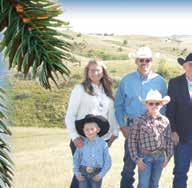
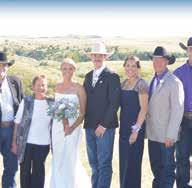

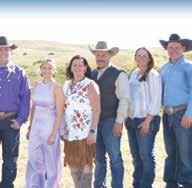


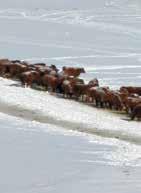



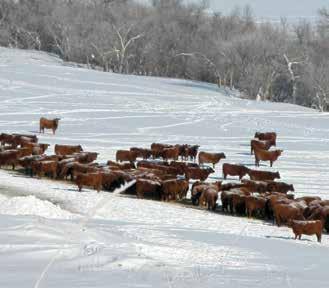












by Maclaine Shults-Mauney, RAAA Editor & Written Content Specialist
The Red Angus Association of America board of directors is pleased to announce the hiring of Greg Ruehle as executive vice president.
Ruehle brings more than 30 years of experience in agriculture and association leadership, coupled with a lifelong dedication to advancing the cattle industry and serving producers.
As EVP, Ruehle will oversee RAAA’s national staff and programs, guiding strategic initiatives that promote organizational growth, enhance member services and strengthen the Red Angus breed’s position within the beef industry. His leadership will build upon RAAA’s longstanding commitment to innovation, integrity and collaboration.
Ruehle’s extensive background includes executive roles as president and CEO of the Nebraska Cattlemen, American Shorthorn Association, National Sorghum Producers, Independent Professional Seed Association and ServiTech Inc.
He began his association career as director of private lands and environmental management for the National Cattlemen’s Beef Association in Washington, D.C.
“I’m excited to join Team Red Angus,” Ruehle said. “As a leader in genetic evaluation and market access, RAAA is well-positioned for continued success. My commitment to Red Angus breeders is to drive timely, positive progress toward the breed’s strategic goals, and I look forward to connecting with members and industry partners throughout the fall and winter sale and show seasons.”
Throughout his career, Ruehle has advocated for farmers and ranchers before state and federal officials, provided thousands of media interviews and delivered public presentations around the world, including Argentina, Morocco, Israel, China and Hong Kong.
He has led associations with memberships ranging from several hundred to more than 5,000, managed budgets between $2 million and $20 million annually, and directed staff teams of up to 200 employees.
“I’m pleased to welcome Greg Ruehle as the new executive vice president of RAAA. Greg brings a wealth of industry knowledge, proven leadership and a deep respect for the values that define Red Angus cattle and the people who raise them,” said Jeff Pettit, RAAA president.
“We’re confident his vision and experience will further strengthen our commitment to progressive genetics, producer profitability and breed integrity. We look forward to the impact Greg will make as he leads RAAA into its next chapter of growth and service.”
family’s beef sales business. They are also engaged in community service through local 4-H, FFA, school and church programs.

“The Red Angus breed has always been built on innovation, integrity and collaboration,” said Kyley DeVoe, RAAA ex-officio.
“My commitment to Red Angus breeders is to drive timely, positive progress toward the breed’s strategic goals.”
Raised on a diversified grain and livestock farm in northwest Iowa, Ruehle holds an associate degree in ranch management from Texas Christian University and a bachelor’s degree in animal science from Oklahoma State University.
He and his wife of 33 years are active in agriculture through their ownership of registered and commercial beef cattle and their
“With Greg’s leadership, we look forward to writing the next chapter in that proud tradition, one focused on progress for our members and value for the cattle industry.”
Ruehle’s appointment marks an important step forward for RAAA as it continues to expand its impact across the beef industry and deliver measurable value to members and commercial producers. //


At t g At t g T U E S D A Y , J A N U A R Y 6 ,
1:00 PM Embassy Suites, 1815 S Meridian, OKC Revolution

OKLAHOMA CITY, OK OKLAHOMA CITY, OK
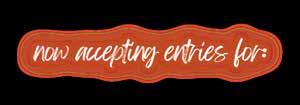
mbryos - Semen Flush Lots



Pick of the Herd Lots




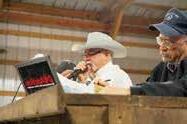

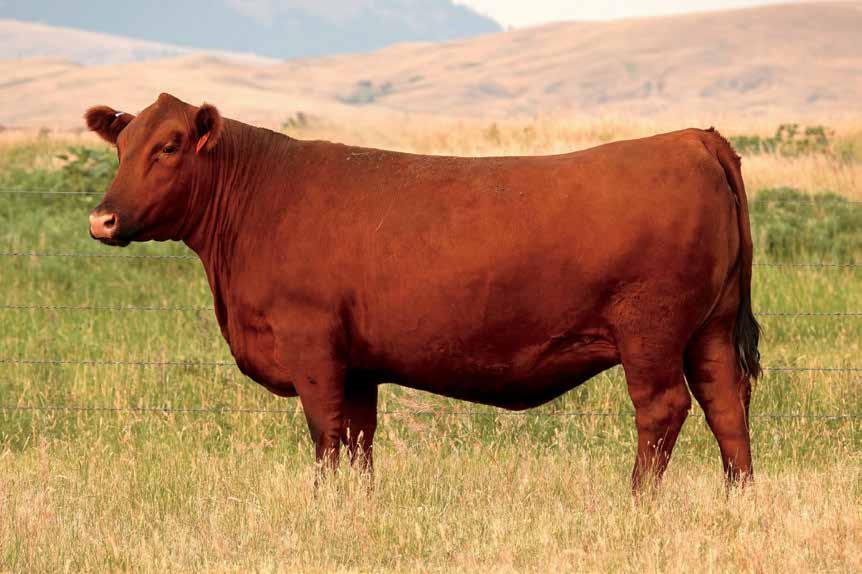

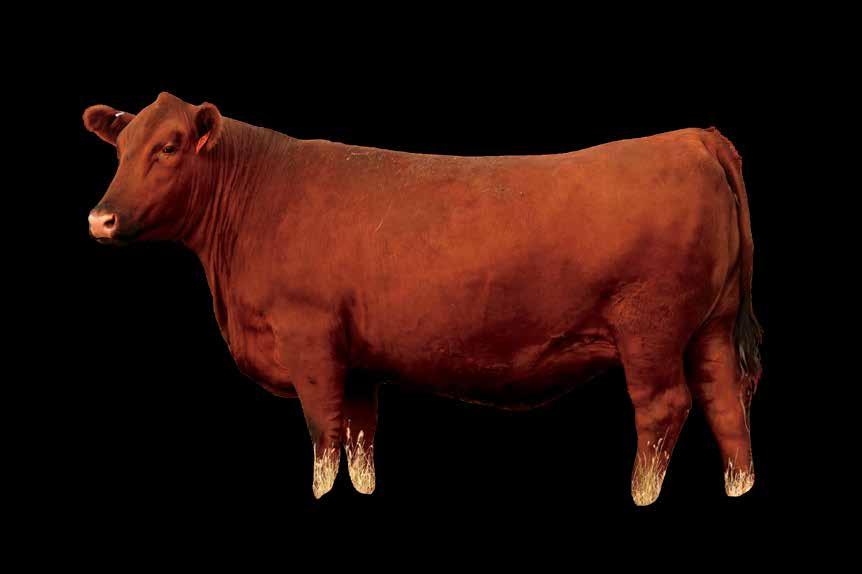
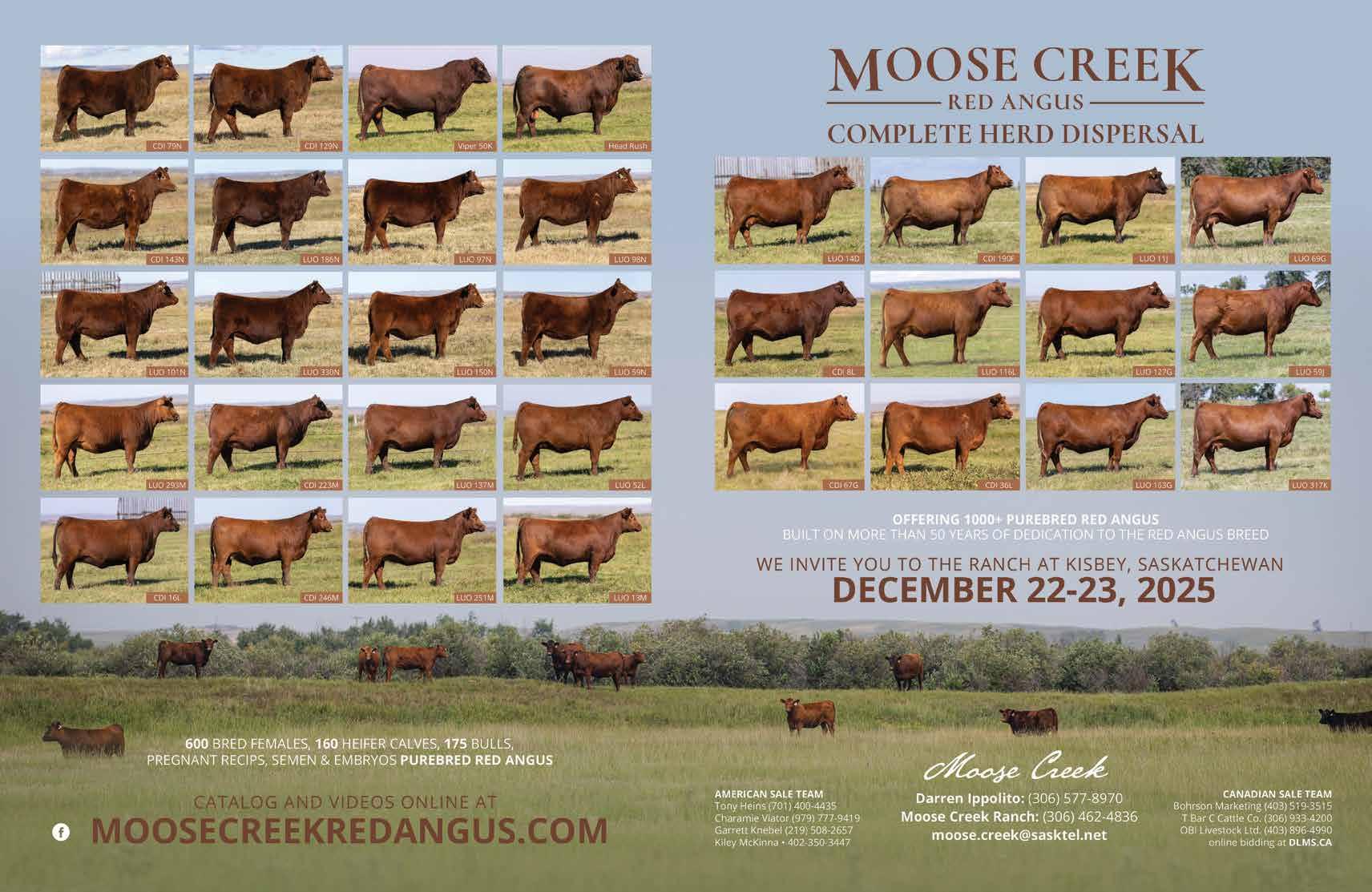



DIRECTOR OF COMMERCIAL MARKETING
Kelly Smith 417-855-9461 | kelly@redangus.org
COMMERCIAL MARKETING SPECIALIST Cory Peters | cory@redangus.org 402-418-2351
COMMERCIAL MARKETING SPECIALIST Taylor Ohlde | taylor@redangus.org 913-626-2715
COMMERCIAL MARKETING SPECIALIST Elizabeth Caskey | elizabeth@redangus.org 706-513-4951
COMMERCIAL MARKETING SPECIALIST Jesse Henson | jesse@redangus.org 828-734-3451
VALUE-ADDED DEPARTMENT TEAM LEAD
Jeananne Drouhard Ext. 18 | jeananne@redangus.org
VALUE-ADDED PROGRAMS SPECIALIST Lauren Weingardt Ext. 20 | laurenweingardt@redangus.org
ENROLL IN VALUE-ADDED PROGRAMS AND ORDER TAGS: tags@redangus.org 940-477-4593
The Red Angus show list informs feedyard managers, order buyers and other interested parties of Red Angus-influenced cattle. Producers can market feeder or finished cattle through this free service when selling through a sale barn, video auction or private treaty. The weekly show list is emailed to potential buyers through the Red Angus FeederFax email service. To upload information about cattle or to view cattle available, visit RedAngus.org/showlist.
To receive the weekly FeederFax marketing service that will highlight that week’s show list, please visit bit.ly/RAAAFeederFax.

by Lauren Weingardt, Value-Added Program Specialist
As 2025 winds down, it’s a natural time to reflect on challenges met, opportunities seized and the road ahead. For RAAA’s Marketing and Value-Added Programs departments, this year marked a pivotal chapter, one defined by strategic growth, fresh faces and bold rebranding.
This year, RAAA welcomed two new commercial marketing specialists, Elizabeth Caskey and Jesse Henson, whose energy and expertise have already made a mark in the field. With specialists based in Montana, Oklahoma, Kansas and Nebraska, the Association is well-equipped to support producers across the country.
July marked a new chapter for RAAA’s long-standing Feeder Calf Certification Program now known as Angus Access. While the brand has evolved, the program’s trusted purpose continues unchanged.
Alongside Angus Access, the Allied Access program remains a strong choice for producers with non–Red Angus sires, still offering essential age and source verification under the updated branding umbrella.
Beginning Jan. 1, 2026, only EID tags will be recognized as program-compliant for both Angus Access and Allied Access.
Here’s what producers need to know:
• 840 EID tags will be the only compliant option through the Association.
• Outside-purchased EIDs (840 or stock) can be brought in for $1 per EID.
• Visual logo tags (Angus Access or Allied Access) are now optional but not program-compliant.
• Previously purchased dangle tags will remain eligible for certificates of compliance through July 1, 2027.
These updates are designed to simplify recordkeeping, align with industry standards and keep program cattle moving smoothly through the system.
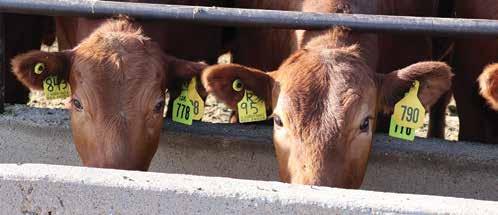






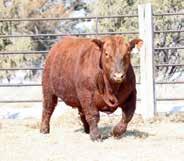



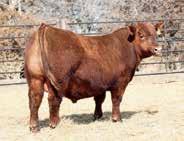



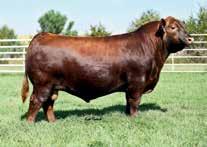






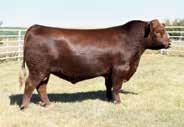




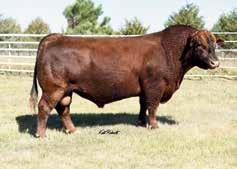


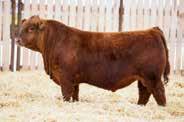




Revamping American Red RAAA has also made important updates to the American Red program.
Full details can be found on our website at redangus.org under Marketing and Value-Added Programs.
The updates expand the types of cattle that qualify, emphasizing animals that thrive in Southern climates while combining the strengths of Red Angus and other Bos indicus breeds, adding value and versatility in the marketplace.
Another exciting development this year was RAAA’s collaboration with
Breedr, a data-driven cattle management and marketing platform that connects ranchers with buyers who value traceable, high-quality cattle.
Benefits of the Breedr collaboration include:
• Continued confidence in a trusted USDA PVP program.
• Modern branding that enhances visibility in the market.
• New marketing opportunities through Breedr’s platform.
To learn more or explore Breedr’s platform, visit www.breedr.co.
As we head into a new calf crop
season, producers are reminded to order program tags at least one month in advance, especially ahead of peak spring calving season.
Every change made this year was designed with your success in mind, to ensure Red Angus cattle remain competitive, respected and in high demand.
The Value-Added team is just a call or click away. You can reach us at 940-477-4593, tags@redangus.org.
From all of us in the Marketing and Value-Added departments, we wish you a safe, successful season and a happy holiday. //
12/1/25 Rugby Livestock Auction
12/2/25 Lake Region Livestock
12/3/25 Winter Livestock
12/4/25 Bagley Livestock Exchange
12/4/25
Valentine Livestock Auction
Cliff Mattson 701-776-6393 Rugby, ND
Chris Plummer 701-662-2223 Devils Lake, ND
Brian Winter 620-225-4159 Dodge City, KS
Billy Bushelle 218-694-3701 Bagley, MN
Greg Arendt 402-376-3611 Valentine, NE
12/17/25 Equity Livestock Logan Edenfield 715-687-4101 Stratford, WI
12/18/25
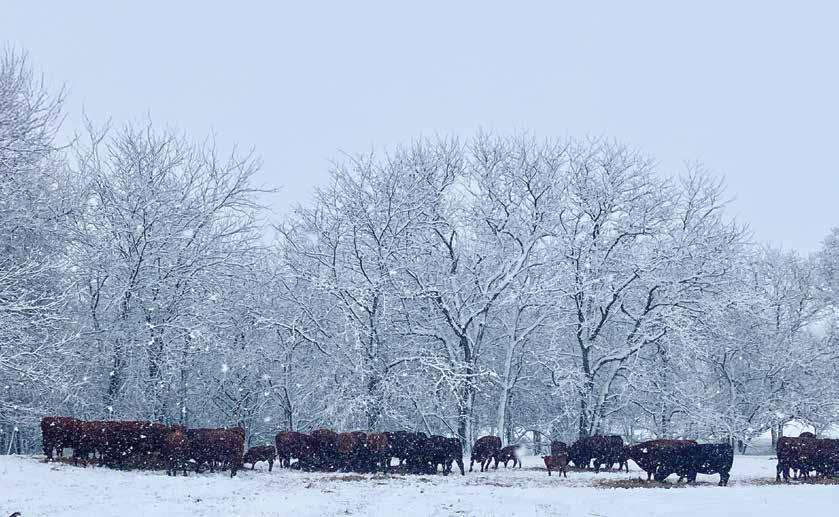
Valentine Livestock Auction
1/1/26 Bagley Livestock Exchange
Greg Arendt 402-376-3611 Valentine, NE
Billy Bushelle 218-694-3701 Bagley, MN
1/8/26 Ogallala Livestock Auction Market Jay Nordhausen 308-284-2071 Ogallala, NE
1/21/26 Hub City Livestock Auction
Glenn Gaikowski 605-225-3273 Aberdeen, SD
2/4/26 Lemmon Livestock Inc. Rowdy Benson 605-374-3877 Lemmon, SD
Visit
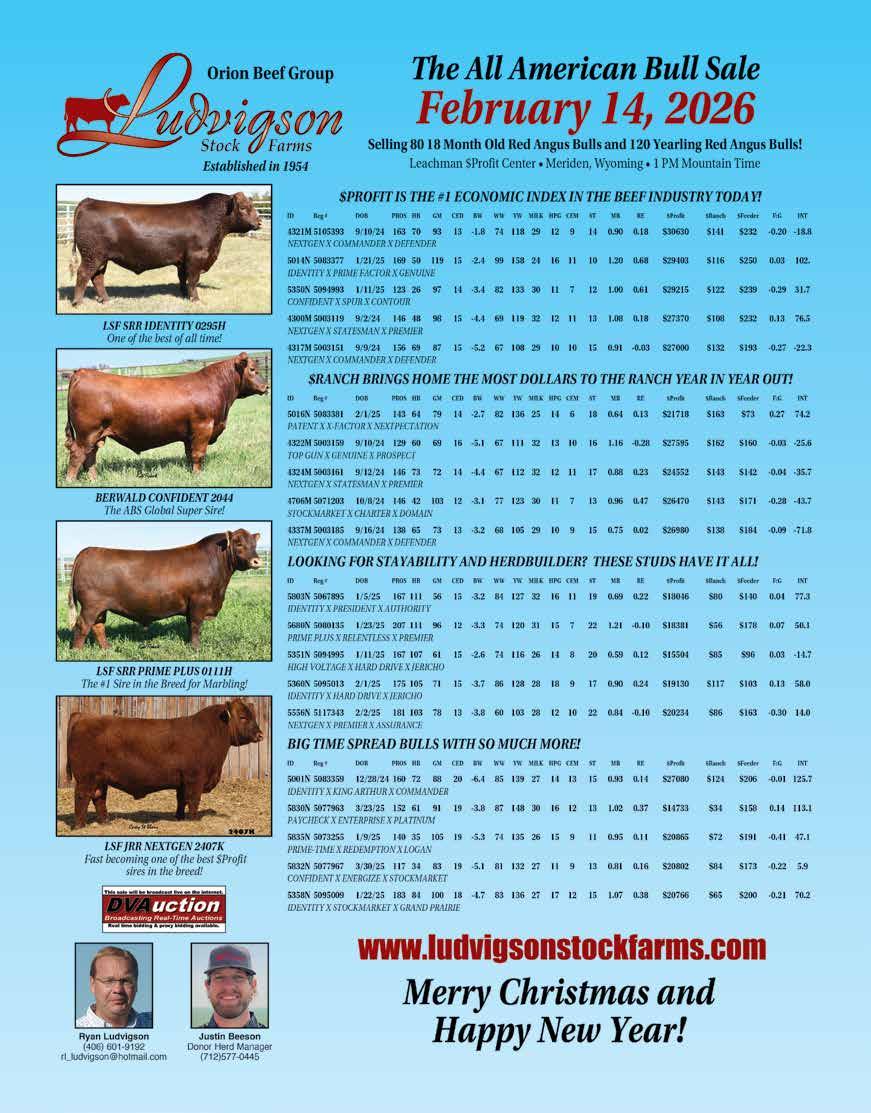



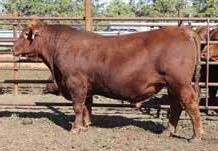
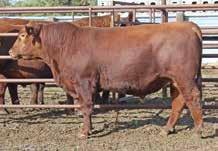

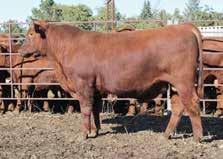



Thank you does not feel like enough to show our appreciation, but we are very THANKFUL. We continue to be blessed with the people that have shown confidence in our program. To the buyers, bidders, those who attended the sale, and those who watched online we appreciate all of you.
Unparalleled genetics through exclusive, hand-selected matings of the breed’s leading sires and donor dams
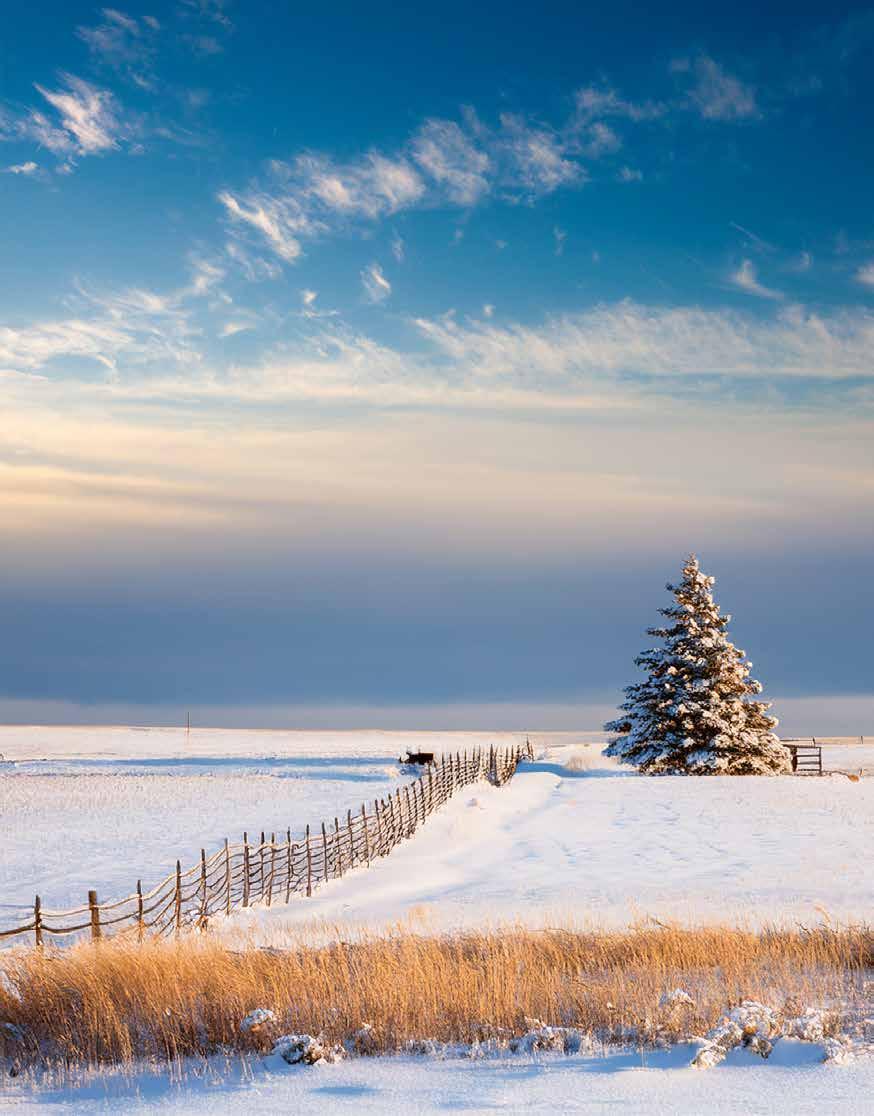

Online bidding begins Friday December 19th at 12 noon and ends Saturday December 20th at 7pm Sale will be hosted on
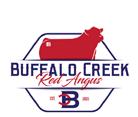



• The first installment of Fall 2025 THR will be billed Dec. 12 and due Jan. 25.
• Accounts more than 120 days past due will be inactivated by the end of December.
• With expected holiday mail delays, please send payments early to avoid finance charges.
• Fall 2024 Cow Inactivations occurred Oct. 31. Any cow missing fall 2024 calving data is now inactive.
• Reactivation fees: $50 if completed within six months, $100 if after six months.
• DNA turnaround times are expected to increase from October through April.
• Submit samples early to ensure results arrive on time – rush services are not available.
up for THR

Text Message Reminders: https://bit.ly/RedAngusReminders
Download the Go RedAngus App


Need a little one-on-one help?
Schedule a meeting by scanning the QR code or visiting: RedAngus.org > Herd Management > Red Angus Alley


by Stephanie Essegian, Member Services Specialist
The Spring 2026 Herd Inventory report is a critical part of RAAA’s Total Herd Reporting process. Active females listed on your spring inventory will be enrolled in THR requirements and billed for the 2026 year.
This inventory confirms which females are expected to remain active in your herd and ensures proper reporting for the 2026 spring calving season. To avoid unnecessary charges, please review the following deadlines and guidelines carefully.
• Jan. 1, 2026: Spring 2026 inventories requested via email.
• March 4, 2026: All adjustments to Spring 2026 herd inventories due.
• July 10, 2026: Spring 2026 inventories billed based on active females as of March 4.
This inventory period provides an important opportunity to update herd records and reduce billing. Be sure to remove females that are:
• No longer active in your herd (culled, died, etc.)
• Expected to be disposed of during the 2026 spring season.
RAAA accepts several submission methods for herd inventory reports:
• Online: Log into REDSPro for a fast, efficient submission.
• Mail: Send completed paper reports by postal service.
• Email: Send reports to data@redangus.org.
• Text: Text a photo of your completed report or a text-based submission to 940-387-3502.
Accurate removals help you avoid unnecessary charges for the upcoming year.
“Accurate removals help you avoid unnecessary charges for the upcoming year.”
Total Herd Assessment
• Females 16 months of age as of Jan. 1, 2026, will be presumed active and automatically included in your herd unless otherwise noted on your report.
• Final report due date: March 4, 2026 – please mark this date on your calendar. This report confirms your herd status for the year.
Important Note Regarding Disposed Females and Billing
• Females disposed of after March 4, 2026, will still incur billing for 2026.
• This fee is non-negotiable. Submit your final inventory on time to avoid incorrect charges.
Be sure to review your heifers – all females born in 2024 or earlier will be assumed active and billed for 2026.









































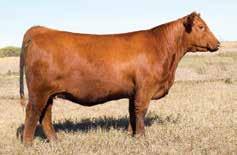





















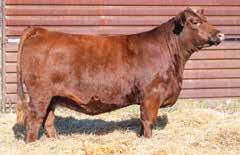






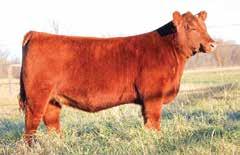





















How to review and submit your spring 2026 herd inventory report online:
1. Log into REDSPro and go to Data Entry > Online > Manual Job.
2. Choose Job Type: THR Inventory.
3. In the box labeled Preload Animals, select Spring Cow Inventory.
4. Click Start New Job.
5. In the job, fill out the Inventory Year column for all animals (kept or disposed).
6. Tip: Go to Options > Autofill, enter 2026 in the box and click Autofill.
7. Enter disposal codes for females no longer in your herd.
8. Submit by selecting Continue to Next Step > Continue to Next Step > Final Submit.
We encourage members to review herd records carefully and submit inventories promptly to ensure accurate billing and prevent unwanted charges. For questions, contact the
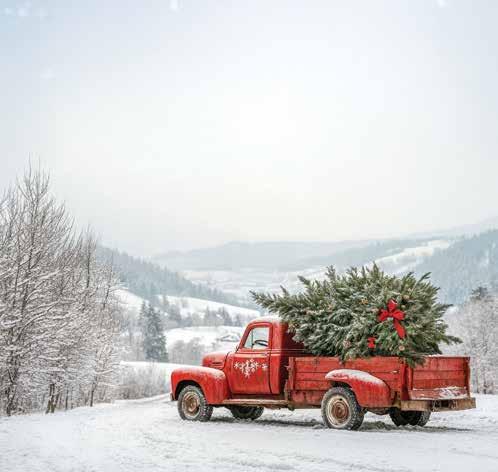


The RAAA office will be closed the following days during the holidays: Christmas – Dec. 24-25



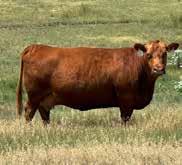

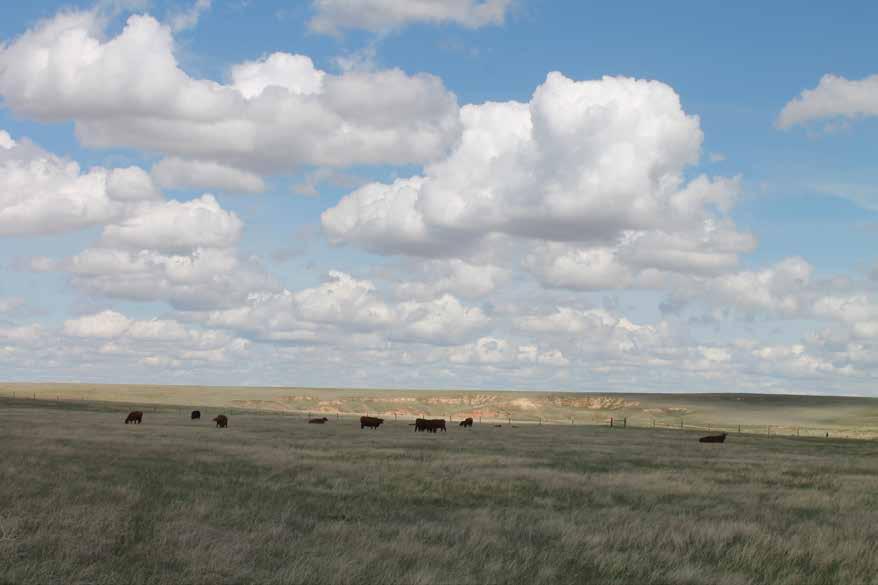

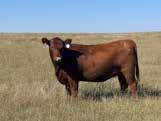



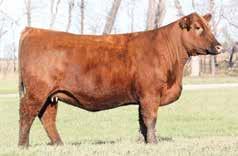



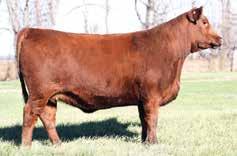

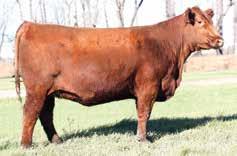

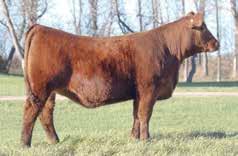







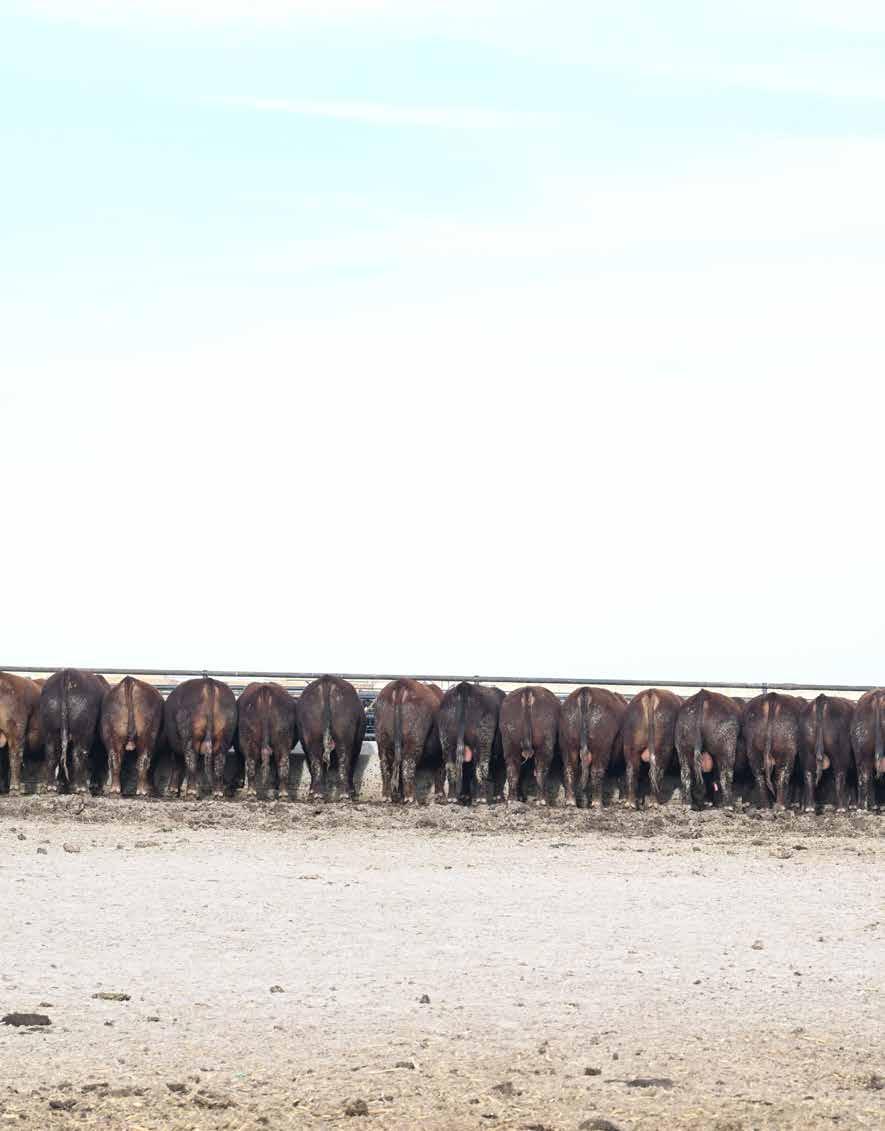


The 2025 RAAA Herdsman of the Year Award will be presented at the Red Angus National Open Show. The award will be presented to the owner, owner’s representative, or employee who has most effectively presented themselves and their cattle in a professional manner throughout the 2025 show season. Nominate a Red Angus herdsman who goes above and beyond for their herd to recognize their hard work, commitment, and impact on the Red Angus community. Nominate them for the prestigious Red Angus Herdsman of the Year award!
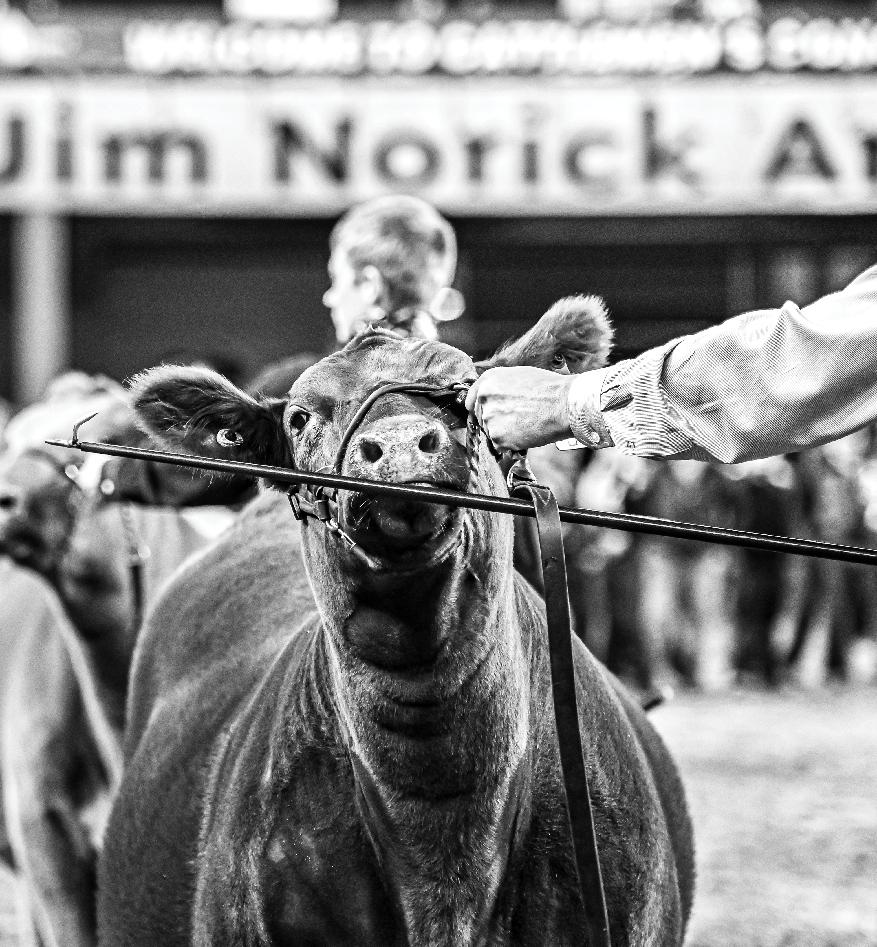
NOMINATION DEADLINE
NOVEMBER 30, 2025
HERDSMAN OF THE YEAR VOTING
DECEMBER 15 - JANUARY 2, 2026

JANUARY 2, 2026 Cattle Arrival
JANUARY 4, 2026 Show Check-In
JANUARY 6, 2026
1:00 PM Regional Red Angus Junior Show (Purebred & Percentage Females)
JANUARY 7, 2026
9:00 AM National Red Angus Pen Show (Bulls & Females)
1:00 PM Stockyards City Reds Sale
JANUARY 8, 2026 9:00 AM National Red Angus Open Bull Show followed by Open Female Show
Breeding Cattle Entry Deadline NOVEMBER 25, 2025
Jr. Breeding Heifer Ownership Deadline DECEMBER 1, 2025
Breeding Cattle Late Entry/Substitution Deadline DECEMBER 5, 2024


by A.J. Knowles, Director of Breed Improvement
Every data point reported to RAAA tells a small part of a larger story about an animal. For that data to accurately reflect genetics rather than environment, it must be compared within the right contemporary group. Understanding how contemporary groups are formed from birth to carcass helps producers submit stronger, more useful records for the National Cattle Evaluation.
Contemporary grouping begins at birth, where calves are grouped by herd, calving season, management codes and sex. Because bull and heifer calves differ in their average birth weights and growth patterns, contemporary groups are first split by sex.
As an example, take a spring-calving herd of 50 cows. When calving is over, the herd will have 25 bull calves and 25 heifer calves, which form two birth contemporary groups: Spring 2025 bulls and Spring 2025 heifers. Birth weights and calving ease from each of these groups will be compared relative to the other calves in the group, as they were born under the same environment.
By weaning, differences in management may emerge. Calves may be weaned on different dates, managed in multiple pastures or offered creep feed. These differences create new contemporary groups because they introduce new environmental variation that can influence performance.
In our example herd, maybe the producer creep feeds the bull calves that he intends to sell, while the rest remain on pasture. The 25 bull calves from the birth contemporary group have now been split into two weaning groups; 15 creep-fed bulls and 10 pasture-fed bulls.
In this instance, all the heifers would still be in a single weaning group, giving us three weaning contemporary groups. Weaning weights, hip heights and any other measures evaluated at this stage will only be evaluated among calves that shared the same environment, represented by the contemporary group.
As the calves mature, management decisions can further multiply contemporary groups. In our example, let’s say that 20 heifers are kept and five of the earlier pasture-fed bulls are developed as replacements. The remaining five heifers and five pasture-fed bulls are sold as feeder calves. The final group consists of the 15 creep-fed bulls, which are also sold as feeders. When their yearling data is reported, these cattle will be grouped based on their
post-weaning management, giving us the following groups:
1. 20 Replacement heifers developed on grass
2. Five feeder heifers developed on grass with supplement
3. Five replacement bulls developed on feed
4. Five replacement bulls developed on grass
5. 15 creep-fed bulls sold as feeders
Each of these groupings accounts for differences in environmental conditions that influence growth rate, condition and performance. By placing these animals in separate groups, genetic potential can be separated from management and environment.
Once females enter their first breeding season, additional groupings for traits such as Heifer Pregnancy come into play. Management differences influence opportunities to express breeding potential. Factors such as synchronization, AI procedure and which clean-up bull they are turned out with all play a role.
From our example herd, the 20 replacement heifers may be split again during their first breeding season. The top 10 are AI’ed before being turned out with a clean-up bull, while the other 10 may simply be turned out with a bull. In this instance, pregnancy outcomes should be analyzed separately, as conception rates are heavily dependent on management, nutrition and timing.
For stayability, the primary grouping factor for repeated breeding events is their age. While animals are able to be regrouped into breeding units for traits such as stayability, their age still separates the herd into groups for each year.
In our example herd, the 50 cows in the breeding herd may span from 3 to 12 years old, and each age would be classified separately, giving 10 separate stayability contemporary groups.
By the end of this process, what began as two large contemporary groups may have multiplied into many across weaning, yearling and breeding phases. Each time a contemporary group is split, it represents real-world management choices and the differences in performance associated with them.
Accurate contemporary grouping is the backbone of any genetic evaluation. Without it, performance differences caused by the environment could be mistaken for differences in genetics. Producers who understand how to manage contemporary groups can plan their data collection strategically and ensure every data point contributes to their genetic improvement program. //

FRIDAY, MARCH 20, 2026
At the Ranch near Elmdale, KS
Our largest offering of 18-month age advantaged bulls ever! 150 bred Commercial Red Angus fall calving heifers. U’Pick’em Registered Open Heifers - right from the heart of our replacements.
Rare & Valued Red Angus Semen!
• PIE Quarterback 789
• KJL/CLZB Complete 7000E
• Beckton Nebula P P707
• Beckton Julian GG B571
• 5L Genuine 1603-195C
• Bieber CL Stockmarket E119
• Brown Premier X7876
• Spur Franchise of Garton
• Brown Alliance X7795
• Brown Oracle B112
• Brown Vacation H7106
• Brown Commitment S7206
• HUST Chief Sequoya R336
• Beckton Epic R397K
• Paringa Iron Ore E27
Current Sale Toppers:
• Berwald Confident 2044
• 9 Mile Franchise 6305
• Bieber Forefront B281
• LSF SRR Patent 1083J
• Brown PRA Patriot G6291
• LSF SRR King Arther 0136H
• LSF SRR Identity 0295H
Legendary Angus Sires:
• Connealy Clarity
• Connealy Confidence Plus
• Woodhill Relevance
• Tehema Testament
• Connealy Emerald
• LD Capitalist 316
•Quaker Hill Rampage 0A36

Online Bidding Opens: Saturday, 12/6/25 • 5:00 pm
Bidding Closes: Thursday, 12/11/25 • 5:00 pm
Nearly 300 Embryos from Elite Matings!
• Harmonys Windsong 021 x Bieber CL Stockmarket E119
• Harmonys Windsong 021 x Spur Franchise of Garton
• Harmonys Windsong 021 x Connealy Confidence Plus
• Brown Ms X-Factor J719 x 5L Genuine 1603-195C
• Brown Ms Energize K822 x Brown JVCC Authentic K104
• Brown Ms Energize K822 x 5L Genuine 1603-195C
• Rhodes 937Z Windsong E205 x Spur Franchise of Garton
• Rhodes 937Z Windsong E205 x Connealy Confidence Plus
• Rhodes 937Z Windsong E205 x Spur Franchise of Garton
• Brown Ms Confidence K1902 x Brown Stump Locked & Loaded
• LSF SRR Crystal D6094 x Pie Quarterback 789
• MSF Oracles Rose EA006 x PIE Quarterback 789
• MSF Oracles Rose EA006 x 5L Genuine 1603-195C
• MSF Oracles Rose EA006 x Connealy Confidence Plus
• Brown Ms Merlin G594 x Bieber CL Energize F121
• Brown Ms Franchise F942 x Poss Rawhide
• Brown Ms Confidence J1808 x Brown Stump Locked & Loaded
• MSF Oracles Rose EA006 x Bieber Hard Drive Y120
• Rhodes 7033E MS Laura 964 x PIE Quarterback 789
• Rhodes 7033E MS Laura 964 x Connealy Confidence Plus
• Rhodes 7033E MS Laura 964 x Bieber Hard Drive Y120
• Rhodes 2X Merlina E205-H99 x Bieber CL Stockmarket E119
• LSF SRR Primrose F8035 H0002 x Pie Quarterback 789
• Andras BL Belle 1087 x Connealy Confidence Plus
• Andras BL Belle 1087 x Bieber CL Stockmarket E119
• Andras BL Belle 1087 x Bieber Hard Drive Y120
• Andras BL Belle 1087 x Bieber CL Energizer F121
• LSF SRR Della H0361 x LSF SRR King Arthur 0136H
• LSF SRR Countess H0351 x Brown PRA Patriot G6291
• Feddes Laking Y17-D6 x LSF SRR President 8177F
• EAR Ramlin 324 x Bieber Forefront B281
• EAR Ramlin 324 x Connealy Confidence Plus 3940
• Rhodes 55602 Red Bonita837 x Spur Franchise of Garton 2114

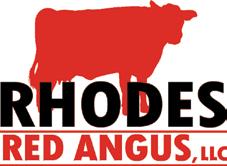

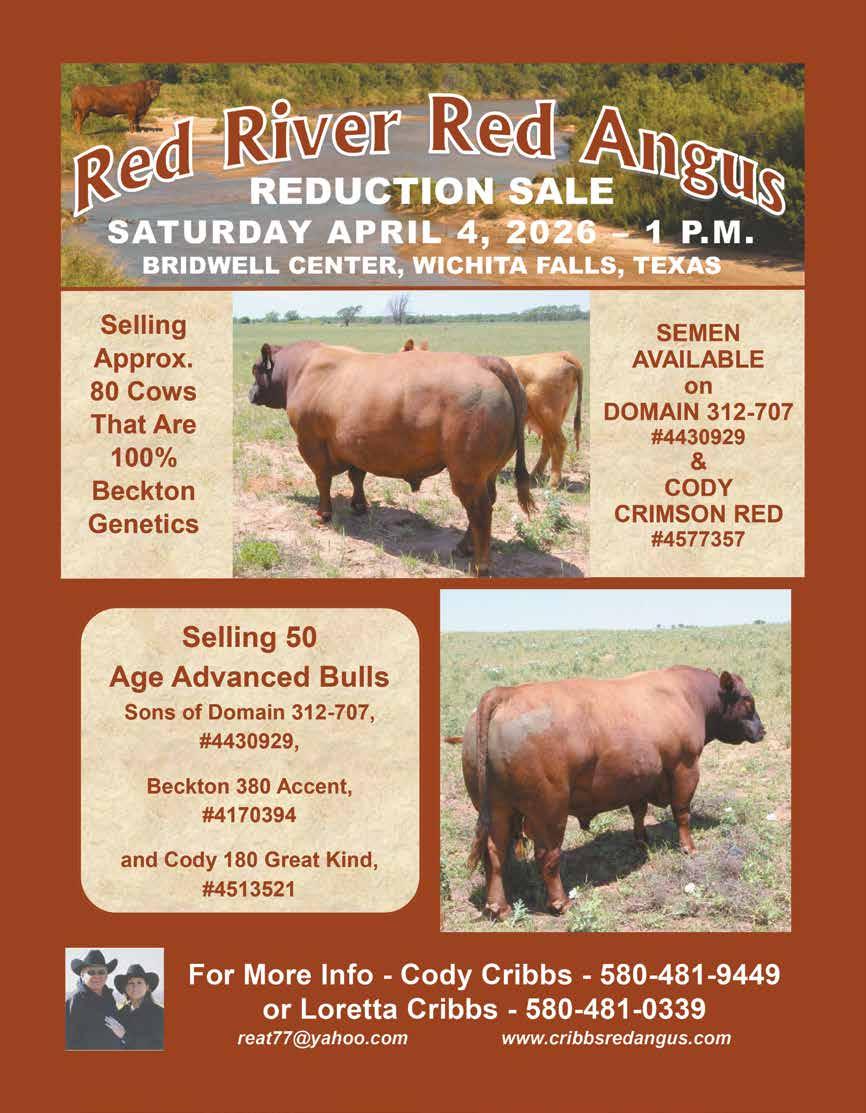

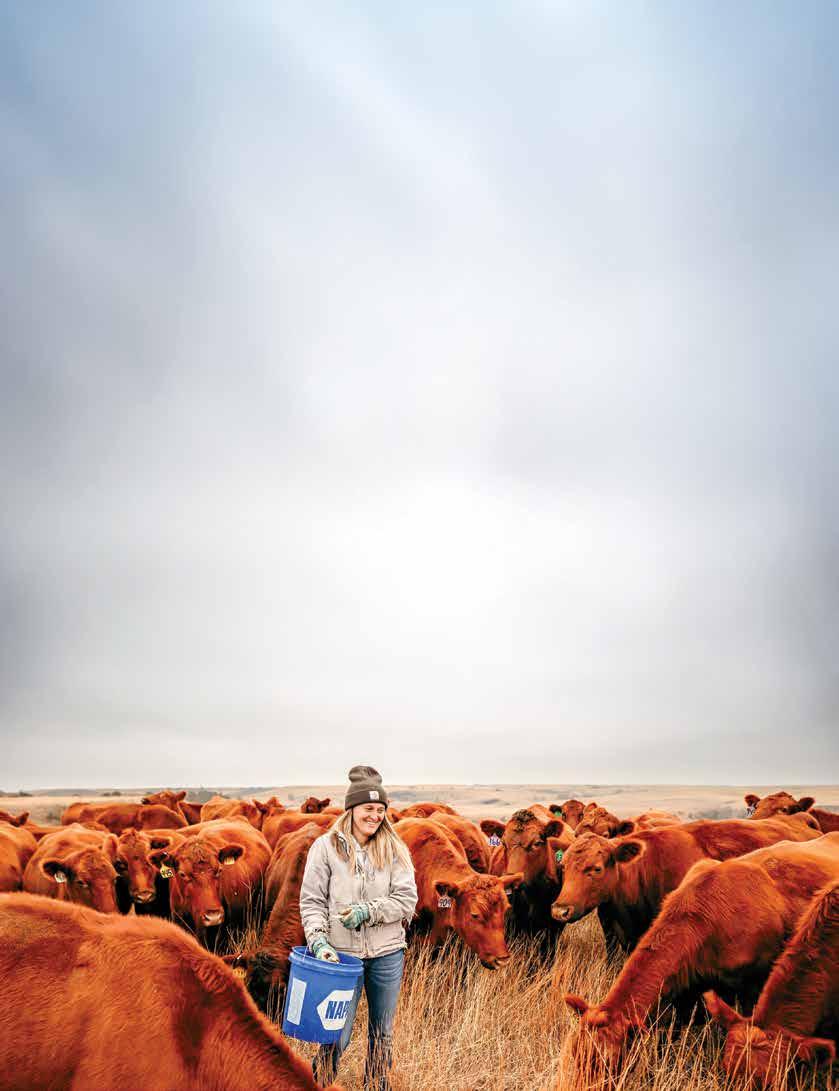
by Shelby Shank for the Red Angus Magazine
Across big skies and open pastures, a shared devotion to their herds unites Andrea Boden, Ginger Barber and Robin Bickel Hanssen.
From Nebraska’s rolling plains to Montana’s rugged ridges and South Dakota’s prairie hills, these women are living proof that women in the Red Angus breed are redefining what it means to “do it all.”
These women wear many hats – ranchers, mothers, daughters, community leaders, professionals – but each carries the same calling: to nurture their families, care for their livestock and carry on a legacy.
For Andrea Boden, structure guides how she balances career and ranching.
By day, she serves as a project manager for the University of Nebraska’s Center for Research on Children, Youth, Families and Schools, leading statewide education initiatives focused on evidence-based practices in literacy and learning. But by night, and often early mornings, she’s tending cattle on her family’s ranch in Cedar Rapids, Nebraska.
What began as a family tradition raising Herefords has evolved into a Red Angus cow-calf operation Boden runs with her sister, Dawn.
“We started with 43 Red Angus heifers in 2018 and now we’re running about 93 cows,” Boden said. “We were drawn to Red Angus because of their docility, longevity and just how easy they are to handle. They’re calm, great mothers and we’ve had incredible breed-back rates.”

Boden (left) ranches in Cedar Rapids, Nebraska, alongside her sister Dawn (right).
Her ranch runs on a tight schedule, mirroring the structure she applies in her professional work.
“Everything has to happen on time because I’m balancing a lot,” Boden said. “We pull the bulls the same weekend every year, put them in the same weekend and preg check the same weekend. Anything that happens during the year really shouldn’t be a surprise.”
From setting the calendar to feeding cattle and recordkeeping, Boden handles nearly every task while maintaining her full-time career.
“It’s all about having a plan, sticking to it and constantly evaluating what works and what doesn’t,” she said.
Hanssen is proud to carry forward the ranching legacy her great-grandparents began in 1910.
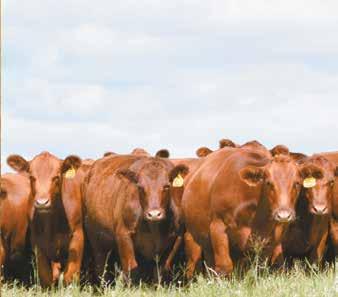




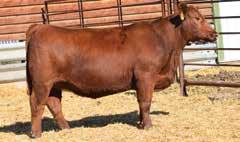




























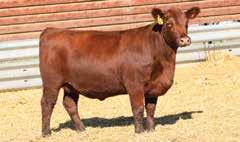



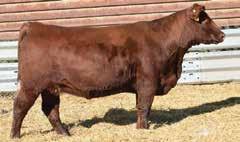




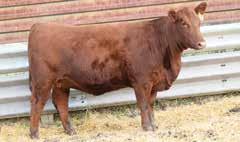














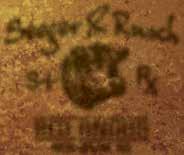




For Boden, success goes far beyond herd performance; it’s about heritage and purpose.
“My mom started working in the fields when she was 8 years old and did a ton of farm work. She was our inspiration. She was out with us with the cattle up until she passed away,” Boden said. “The women before me, like my mother and grandmother, worked harder and sacrificed more than I ever will. The least I can do is make sure their work continues.”
Friends and family play a big role in that continuation. During branding and calving, close friends and cousins will drive from nearby towns or fly in from across the country to lend a hand.
“When we work cattle, it’s like Christmas,” Boden said. “Friends and family come together. We cook, laugh and make it fun. There’s not a lot of small farm life left like this, so giving people the chance to be part of it means a lot.”
Ranching doesn’t come without its challenges, though.
“Ranching is hard work, but it’s rewarding,” Boden said. “Even when prices aren’t great, I still enjoy working with our cattle. That passion doesn’t come from profit; it comes from purpose. If I won the lottery, this is still what I’d do. That’s how rewarding it is.”
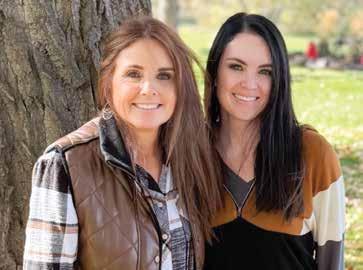
For the past 12 years, Barber (left) and her daughter, Keshia (right), have run the Canyon Ranch together.
Carrying the Herd Forward
In Edgar, Montana, Ginger Barber’s story begins with a wedding gift from her father.
“My dad gave me and my husband 25 Red Angus heifers as a wedding present,” Barber said. “That’s what started it all, and I’ve always loved the Red Angus.”
From that small beginning, Canyon Ranch has grown into a 200-head cow-calf operation that sprawls across 4,000 acres.
What started as a small wedding present has now grown into a 200-head cow-calf operation that sprawls across 4,000 acres.


AMAL
S: PZC TMAS FIRESTORM 1800 D: SIX MILE LAKOTA 112Y (VGW GAME PLAN 816) Shown with her daughter sired by DUFF Redwood ELITE PROGENY FROM THIS COW FAMILY WILL HIGHLIGHT THE SALE OFFERING!
MONDAY, 12.22.2025

“My dream was to have a solid red herd, and that’s what I did,” Barber said. “Red Angus are calmer, have good feet and can travel a long way to water. I really like that about them.”
Over the years, Barber built that dream alongside her husband. But when he passed away more than a decade ago, she faced a choice: step away or step up.
“When my husband passed away, the choice to keep ranching was easy,” Barber said. “I just went out and did it because that’s what I know.”
For the past 12 years, Barber and her daughter, Keshia, have run the ranch together. From calving in subzero temperatures to hauling hay, the two women manage every aspect of the ranch themselves, earning the respect from neighbors and cattlemen across the region.
“People respect me because I’ve done this all these years without hired help,” Barber said. “Two women, running everything on our own. I don’t know of many mother-daughter ranching duos like ours.”
Their hard work and determination have paid off.
Today, Canyon Ranch is recognized as one of the premier Red Angus operations in the area, with cattle featured at the
Super Big Horn Classic, where Barber’s consignments have become a highlight of the sale.
“We’ve built a beautiful herd,” Barber said. “It took several years to convince my husband and his father that we had to go solid red, but we did it together. I feel really good about how far we’ve come.”
Even through the harsh Montana winters, Barber embraces the work.
“You’ve got to love this lifestyle,” Barber said. “You’re out there when it’s 20 below, pulling a calf. Not too many people want to do that anymore.”
While Ginger is beginning to consider the next chapter of their herd, her pride in what they’ve built remains steadfast.
“I’m proud of what we’ve done and the cattle we’ve raised,” Barber said. “It’s been hard, but it’s been a good life.”
Robin Bickel Hanssen is carrying on a century-old legacy in Firesteel, South Dakota, one built by her great-grandparents in 1910.
“This ranch has been in our family for over 100 years,”
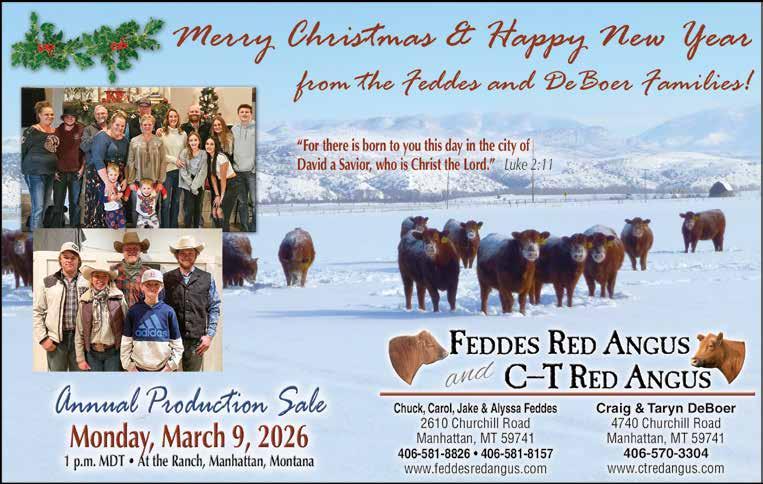
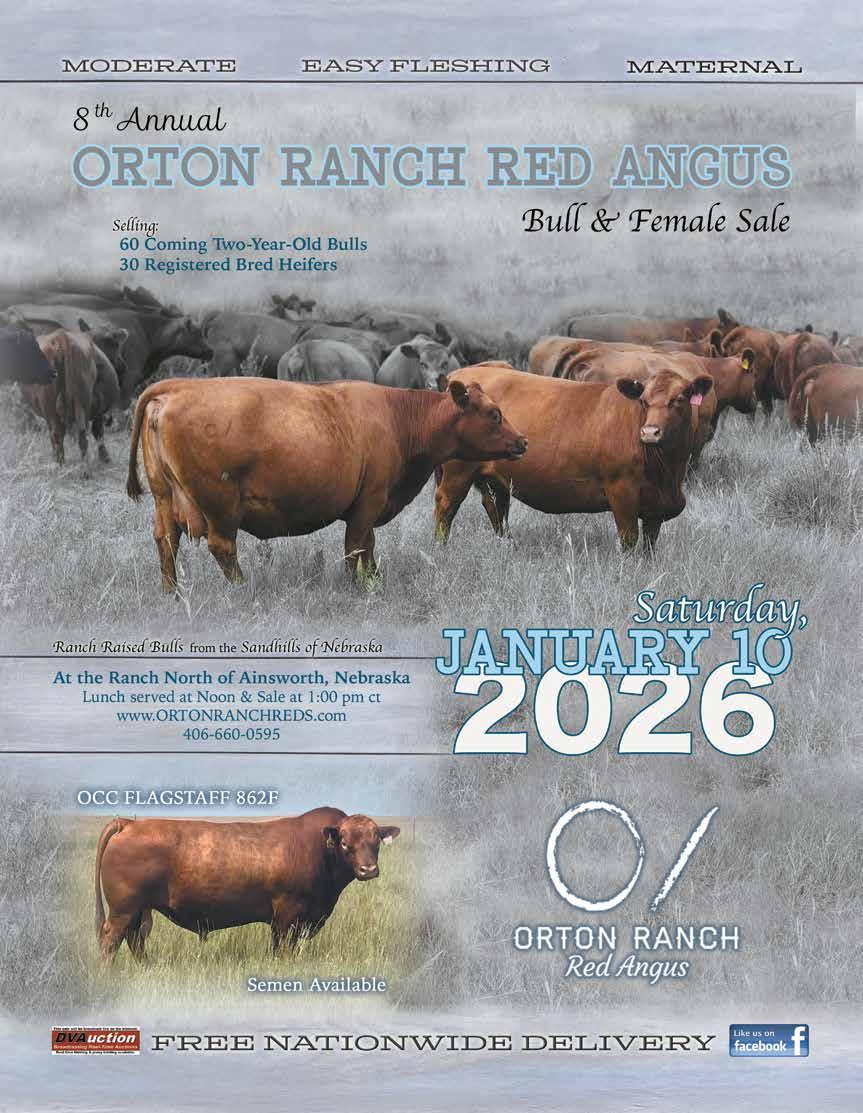
Hanssen said. “I’m the fourth generation to run cattle on this land, and in my opinion, it’s so much more than a job or just a lifestyle. I truly feel like it’s part of my heartbeat and who I am.”
That connection drives everything she does.
“I think of my great-grandparents walking across the same land, caring for their animals with such heart,” Hanssen said. “I feel so fortunate to continue what they started and hopefully pass it on to another generation.”
Her father bought his first Red Angus bull in the late 1970s, laying the foundation for the herd that defines their operation today.
“Seeing his passion and the reputation he built for our cattle made me fall in love with the breed too,” Hanssen said.
Now, she ranches alongside her husband, father and uncle, balancing family, work and community involvement. Hanssen takes pride in the genetics of their herd and knows each animal like a neighbor.
“I’m so proud of our cattle herd and proud to have Red Angus cattle,” Hanssen said. “I feel like they’re a part of my identity. I tear up every time the calves go down the road or
through the sale barn ring. I just hope they do the best for whoever buys them next.”
Like many women in the industry, Hanssen admits the toughest expectations sometimes come from within.
“Sometimes I feel like I have to prove to myself that I can do this,” Hanssen said. “Nobody’s making me feel that way, but I want to know I can do the same amount of work as the men, even if I have to do it differently.”
Her approach of being calm and intentional reflects the heart women bring to ranching.
“As women, we bring something unique to this industry,” Hanssen said. “We might talk calmer to a cow in the chute or have a different kind of patience. That heart and mentality are huge assets in agriculture.”
She sees that perspective as a strength, not a weakness, and encourages other women to recognize their worth. “I think sometimes [women], we sell ourselves short before anyone else ever does,” Hanssen said. “We have a voice and a place in this industry and it’s time we own that.”
For Hanssen, ranching is also about being adaptable and knowing when to pivot, when to push and when to let go.






“Agriculture is a constant gamble,” Hanssen said. “You have to be adaptable to change because if you aren’t, you’re going to sink.”
Her greatest joy comes from seeing the next generation fall in love with the same way of life that shaped her own.
“Some of my favorite memories are during calving season and watching my nieces and nephews spot the first new calf or help feed a bottle baby,” Hanssen said. “Sharing that love for the cattle with them means everything.”
Across the country, women like Boden, Barber and Hanssen are shaping the Red Angus breed. Their stories are marked not by flash or attention but by dedication and resilience.
They balance family, work and cattle with grit and grace, guided by the belief that what they’re building is bigger than themselves.
These women demonstrate an unwavering commitment to their land, their cattle and their families. Their approach reflects a deep understanding that ranching is more than a job, but a responsibility and a legacy to pass on.
They are proof that the spirit of Red Angus isn’t just found
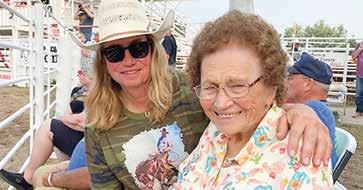
in pedigrees or performance data, but it’s found in the people who rise before dawn, face the elements and keep going when others might not.
Women of Red Angus lead with quiet strength. They don’t seek the spotlight, yet embody everything the breed represents – calm, dependable and quietly powerful.
Together, these three women are carrying the torch of legacy forward, ensuring that the next generation of ranchers inherit not only strong herds but strong values.
Because in the end, as these women know best, ranching isn’t just about raising cattle – it’s about raising a legacy. //
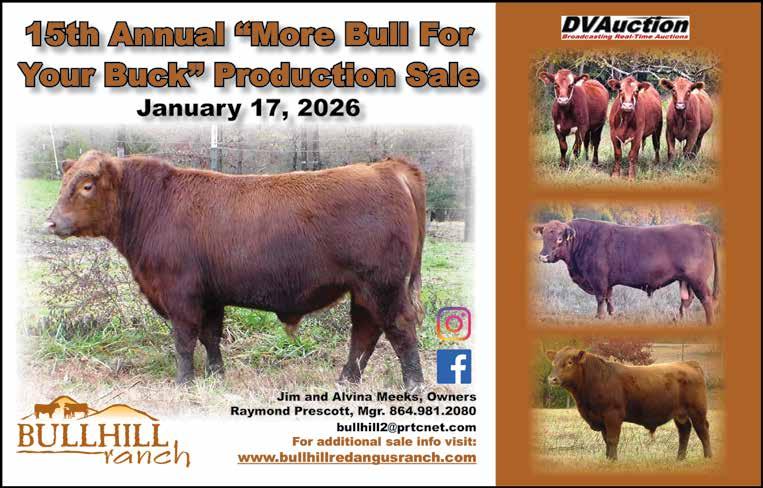











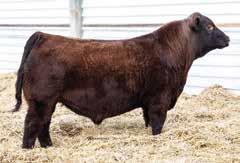





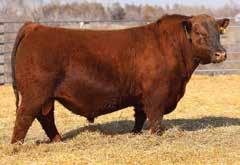
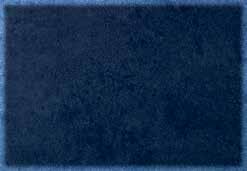
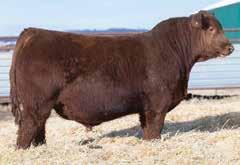

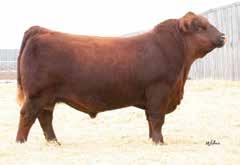
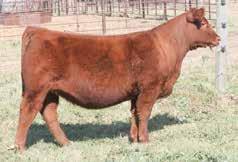



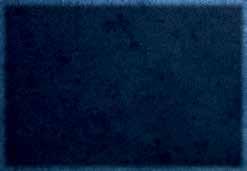


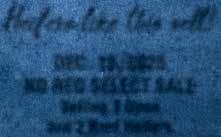














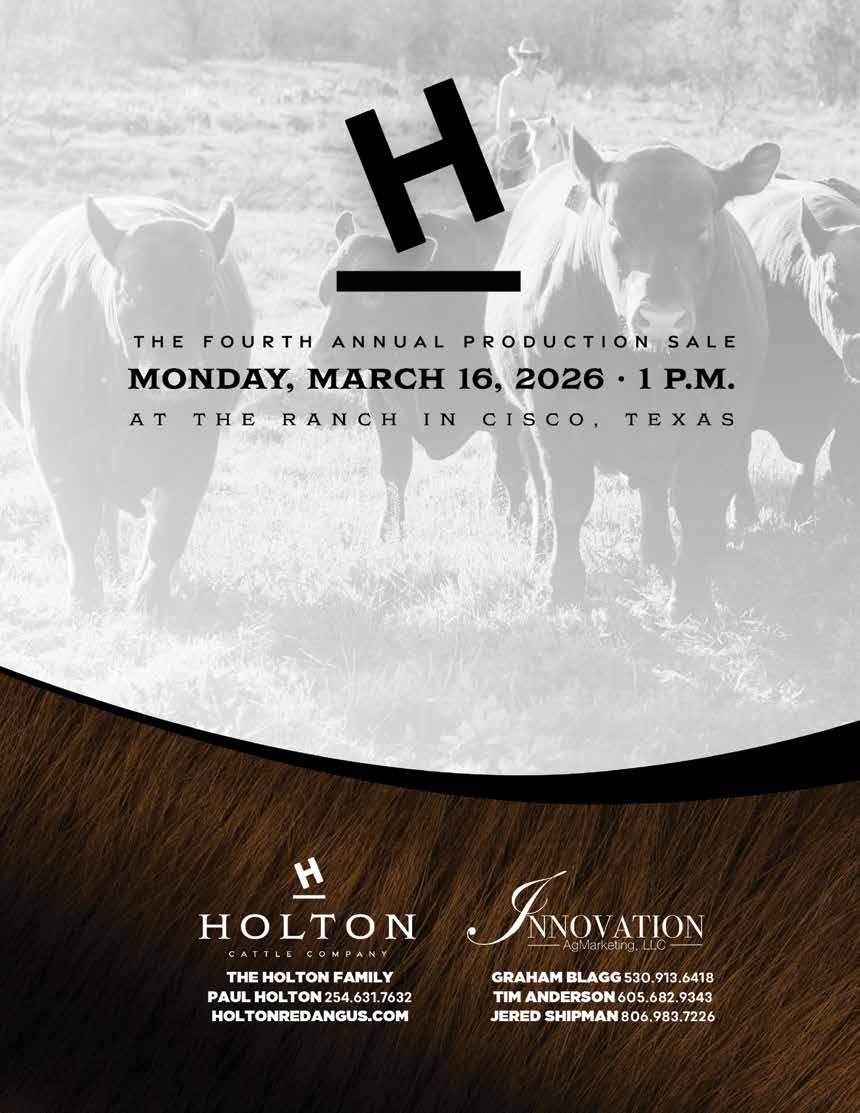


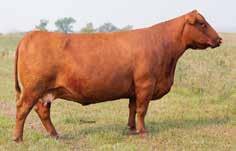









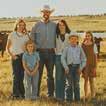








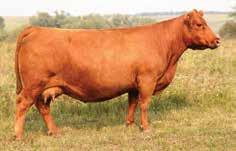





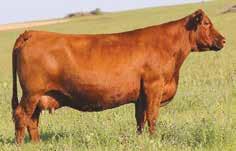











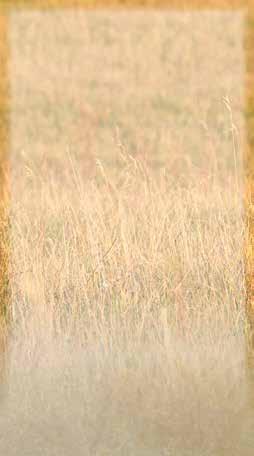




by Jessica Wesson for the Red Angus Magazine
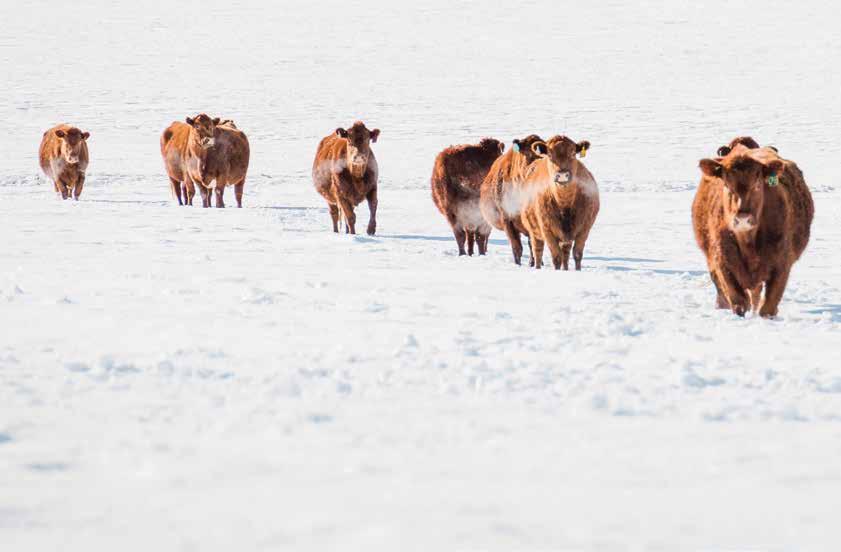
Cows in good body condition handle winter weather better, conserving energy even when temperatures plunge.
When winter sets in, challenges rarely come one at a time. Waterers freeze just as cows hit late gestation. Calves arrive on nights when temperatures plummet. The priorities sound simple – feed, shelter, water – but doing those things consistently takes planning, flexible facilities and sharp observation.
“Cold stress causes a rapid increase in energy requirements for cows,” said Brandi Karisch, Ph.D., associate professor and Extension beef cattle specialist at Mississippi State University. “This may cause weight loss, compromised reproduction and increased calf sickness or death.”
Extension educators across the country echo those concerns, emphasizing body condition, wind protection, clean footing and water.
“To me, there are two priorities: keeping animals dry and keeping them warm,” said Bethany Johnston, livestock educator with Nebraska Extension. “A thick winter coat and good body condition go a long way. If cattle stay dry and we can use shelterbelts or barns for protection, their fat acts as insulation and they handle winter weather much better. Once they get wet, though, it takes much more effort to keep them comfortable.”
Lindsay Waechter-Mead, DVM, director of the Nebraska Beef Quality Assurance Program, agrees: “On the calf side, hypothermia is my biggest concern. On the cow side, she’ll pour nutrients into staying warm instead of into milk – and the calf will suffer.”
Going into winter with the right body condition is the cheapest insulation most producers will ever buy.
Karisch recommends targeting a body condition score of 5 to 6 for mature cows and 6 for heifers before calving.
“That extra condition serves as a layer of insulation,” she said. “A cow with a BCS 5 and a heavy winter coat will not need to
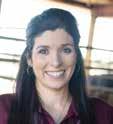

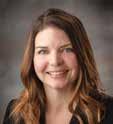
use much energy to maintain her body temperature until the wind-chill index drops below 19 degrees Fahrenheit.”
Johnston urges producers to add condition early.
“It’s easier to put weight on cows right after weaning in the fall,” she said. “Once those cows are carrying a baby and milking, energy demands rise. Additionally, the extra fat will insulate cows in the fall and winter, resulting in less energy burned to stay warm.”
Cows store excess energy as fat that can be mobilized later.
“Cows with a low BCS may take two to three months to reach targets,” Karisch said. “Supplementation or better grazing needs to begin as soon as possible.”
Weather awareness matters too.
“If you know a cold snap is coming, start feeding extra energy before it hits,” Johnston said. “You can’t make up the deficit in one day, so spread the extra feed out over a week or two.”
Understanding temperature thresholds helps producers decide when to increase feed or provide shelter.
Johnston cites lower critical temperature data showing a cow with BCS 5 and a thick coat can tolerate about 18 to 19 degrees Fahrenheit before expending extra energy. At BCS




4, that threshold rises to 27 degrees. If the hair coat becomes wet, regardless of the body condition, it climbs to 53 degrees, turning a chilly rain into a serious stress event.
Waechter-Mead notes that seasoned cows with heavy coats can stay comfortable near 30 degrees and even down to 15 degrees if they’re dry and out of the wind. By contrast, newborn calves have a thermoneutral zone around 65 to 70 degrees – a gap that underscores why colostrum is vital in the first hours of life.
“Pair the weather forecast with an honest read on condition and coat,” Johnston said. “Dry backs, adequate fat cover and wind protection buy a lot of margin.”
Cold stress elevates maintenance requirements, then gestation and lactation layer on top.
“Nutrient needs increase during cold stress as more energy is required for maintenance,” Karisch said.
Testing forage is the first step.
“Supplemental feeds should complement what the cows are consuming,” she said. “A poor-quality forage may need to be supplemented with both energy and protein.”
In parts of the Midwest, many producers rely on distillers grains.
“If you’re grazing corn stalks or winter range and a cold snap hits, you’ll need high-energy and high-protein feed,” Johnston said. “If you feed corn, limit it to 2-3 lbs. per day so it doesn’t reduce forage intake.”
Karisch suggests keeping one to two weeks of feed on hand for weather delays.
“A sudden cold front can disrupt delivery or cause shortages,” she said.
When temperatures dive, water becomes both critical and complicated. Daily checks are non-negotiable. Depending on setup, that might mean chopping ice, running heaters in tanks or using monitors on automatic waterers.
“Whatever your system, water has to be open and accessible,” Waechter-Mead said.
For calf areas, heated or frequently checked low-rim troughs help. Make sure calves can reach the tank and you’ve cleared snow so they can get a drink,” Johnston added.
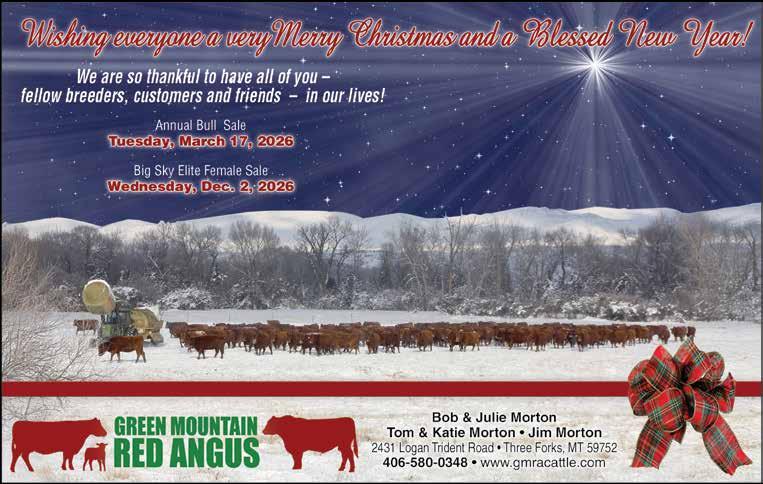
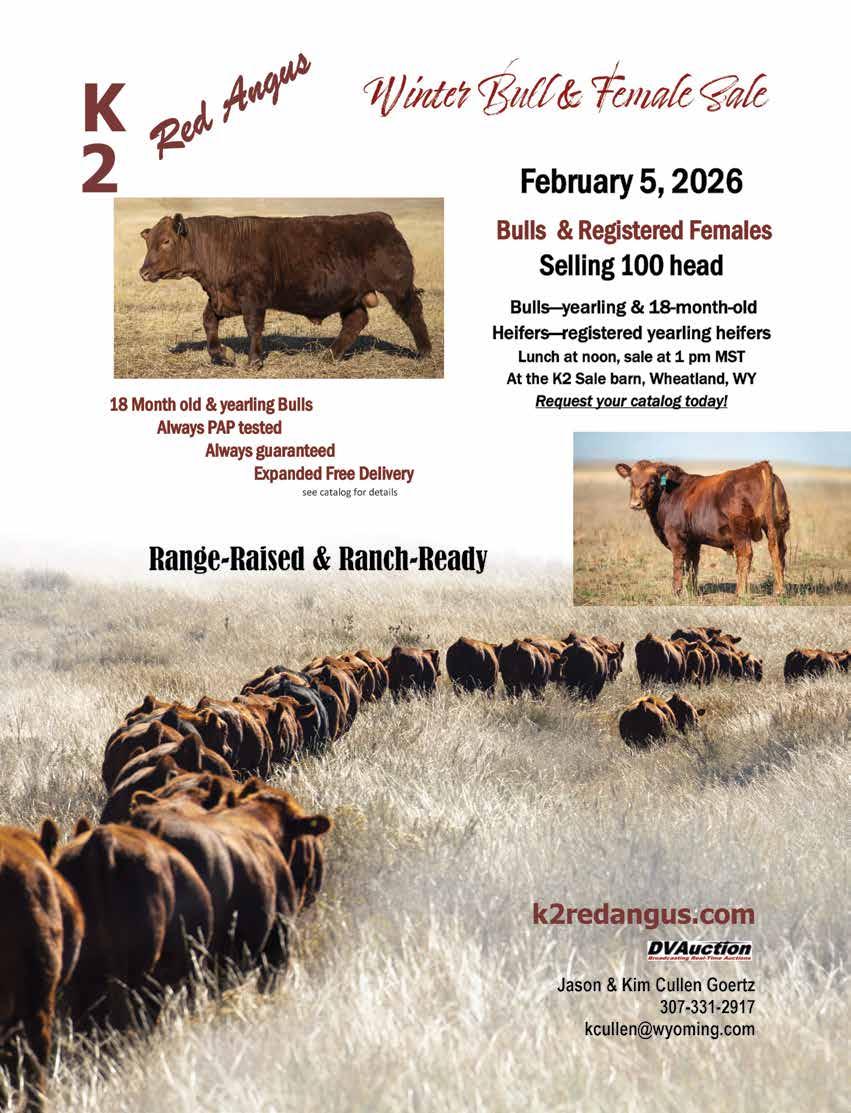
Build and Manage Wind Protection
Wind accelerates heat loss and drives snow where you least want it. Many southern producers rely on natural cover, Karisch said, while northern producers can build moveable metal windbreaks or use bale lines.
Johnston warns against new cedar shelterbelts in regions battling woody encroachment.
“Poorly managed cedars in a pasture can reduce range production by up to 75% in a few decades,” she said.
Facility layout also matters.
“If pens sit too close to a windbreak, drifting will choke alleys,” Johnston said. “Plan gates and lanes so cattle flow into shelter, not against it.”
A slight slope in pens helps meltwater drain instead of freezing into ice. When it snows, scrape a pad and unroll hay for bedding; re-bed after additional snow or thaw-freeze cycles.
Waechter-Mead cautions that barns and shelters only help if they’re kept clean.
“If you don’t manage the pathogen load, they can create scour or respiratory problems,” she said. “You don’t need a
building to calve successfully if you have wind protection and dry bedding.”
She also recommends calf-escape areas – small, fenced sections where calves can rest on sod away from muddy, high-traffic cow zones.
Calving in the Cold
The first few hours after birth determine survival.
“A calf should hold its head up by five minutes, try to stand within 30 minutes and nurse within one hour,” Waechter-Mead said. “By four hours, they need that colostrum meal.”
Absorption sites for antibodies begin closing within six to 12 hours and are fully closed within 24 hours.
Producers should pair those timelines with temperature checks. Waechter-Mead advises using both a thermometer and a simple suckle-reflex test.
“If the calf’s temperature is under 99 degrees or it won’t suck on your fingers, it needs warming before feeding,” she said.
Have a plan – and a place – to warm calves. Karisch recom-



On Friday, Feb. 9, Kuhn’s Red Angus will offer a complete dispersal of their red cow herd – 100+ head, ages 2 to 6, including five donor cows. This is a rare opportunity to purchase AI- and ETinfluenced females, strategically selected for fertility, structure and genetics.
Backed by some of the breed’s most influential sires, these cows are built to deliver performance, reliable maternal traits and long-term profitability. With the U.S. cow herd at historic lows, it’s the right time to rebuild – with Red Angus genetics that pay their way year after year.



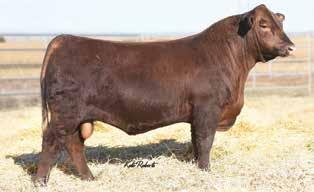




2-Year-Old through 5-Year-Old Females FRIDAY, FEBRUARY 9, 2026
1


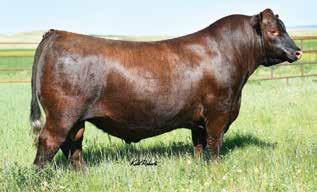

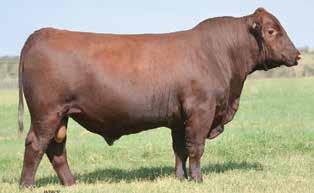










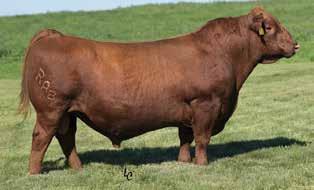

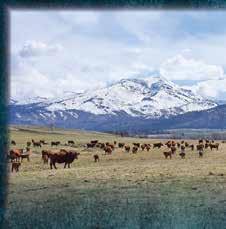


• AGE-ADVANTAGED BULLS


Coming 2-year-olds and yearlings, ready to breed more cows with a higher reproductive capacity.
• TOP 30% EPDS
• BALANCED GENETICS


mends keeping colostrum replacer, electrolytes and a wellstocked calving kit ready.
“That might include a warming box, truck floorboard or even a laundry room,” she said. Waechter-Mead prefers minimal interference but stresses practicality.

Bulls with EPDs ranking in the top 30% across multiple traits for comprehensive herd improvement.
Emphasis on multi-trait excellence, enhancing your herd in various areas simultaneously.
• EASTERN OREGON RAISED
Bulls acclimated to the Pacific Northwest altitude and environment for adaptability and resilience.





First-come, first-served access to superior genetics at competitive prices.
Visit www.dhRedAngus.com for more information or contact us to schedule an appointment or ask for individual bull photos.
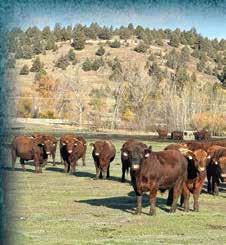
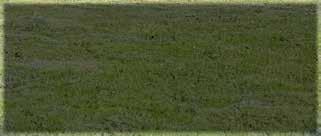
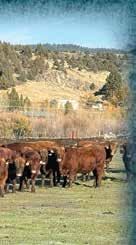
“In extreme cold, I’ll take pairs into any clean, bedded space – shop corners or an old shed – until the worst passes,” she said.
Johnston dispels one persistent myth: don’t hang newborn calves by the back legs.
“That fluid coming out isn’t from the lungs – it’s stomach contents,” she said. “Get them sitting up on their sternum to breathe.”
Thick winter coats can hide thin cows.
“Learn to evaluate BCS by hand in the chute,” Johnston said. “Cattle can quickly lose a full BCS in two weeks.”
Karisch recommends watching behavior and feed intake.
“A well-insulated cow will have a layer of snow on her back,” she said. “If snow melts off one cow but not others, she’s burning energy to stay warm.”
Check feed, condition and shelter weekly at minimum, Karisch added, and more often when storms are forecasted.
Waechter-Mead encourages reviewing results every season.
“Nothing is cookie-cutter,” Waechter-Mead said. “Take a hard look at health events, weights and calving distribution. Even small changes pay off.”
Johnston’s family fills 5-gallon water coolers ahead of storms in case power fails.








“If you don’t have power, you can’t get water,” she said. Generators get moved forward before snow flies, not buried behind equipment. “It’s hard to do anything if you can’t plow out.”
Logistics matter too.
“Before it snows, decide how you’ll get animals into the barn,” Johnston said. “If you calve in a large pasture, there’s nothing worse than trying to move cattle to the barn against a blizzard wind.”
Thank
for being



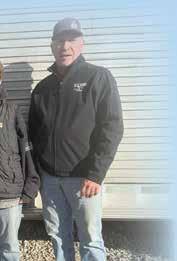





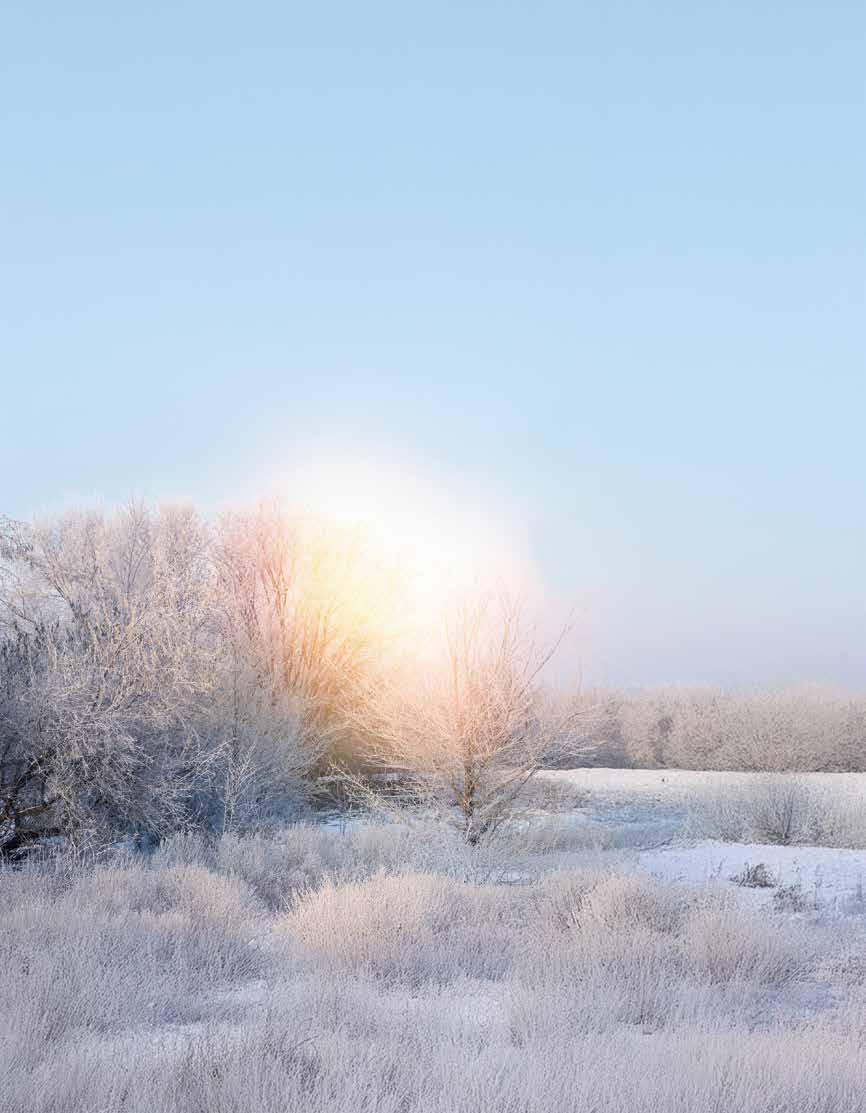
Registered herds face another winter problem: identification.
“You can’t tag frostbitten ears,” Johnston said. “In a bad situation, you might have 15-20 calves in the laundry room to stay warm. How do you get the right calf back to its mother?”
Johnston suggested a unique method to help combat this issue.
“We have neighbors that cut inner tubes into necklaces and attach calf tags until the blizzard blew over and ears could be tagged safely,” she said.
Count the Costs and the Labor
With calf values high, preventive costs are easier to justify. Waechter-Mead reminds producers that time is money.
“If a piece of equipment saves labor or prevents exhaustion, that’s worth counting,” she said. “Your family’s well-being matters, too.”
Not all tools are good investments, though.
“Calf shelters can be overused,” Waechter-Mead said. “If they’re never cleaned, they become breeding grounds for harmful bacteria.”
• Condition: Aim for BCS 5–6 on cows, 6 on heifers.
• Feed: Test hay, stage 1–2 weeks of supplement, match protein and energy to weather.
• Water: Insulate lines, check daily, clear approaches for calves.
• Wind & mud: Use moveable windbreaks or bale lines; slope pens for drainage; re-bed after storms.
• Calving kit: Thermometer, colostrum replacer, electrolytes, OB sleeves, towels, tags or temporary IDs.
• Records: Track body condition, health and weights; review annually.
• Backup: Fuel generators, stock plumbing parts, test barn lights, plan cattle flow for storms. //


Calf shelters provide wind protection and conserve energy during cold stress, but can harbor bacteria and increase disease risk if not cleaned.
She also believes good recordkeeping is undervalued.
“Take notes and analyze them carefully,” she said. “Use records to group cows by need or adjust calving dates.”
Most cattle producers can name a winter that tested them. Johnston remembers the 2019 bomb cyclone and the flooding that followed.
“Our calving areas and barns were underwater,” she said. “We filled stock trailers with hay, and unhooked them in the calving lots as temporary warming sheds for newborn calves. After two years of flooding, we have a better plan for high water events.”
Her experiences echo one message: plan, prep and pack up later.
“It’s fine to over-prepare,” Johnston said. “Better to put away unused supplies after a blizzard than wish you had them at 2 a.m. to save a calf’s life.”
Every operation is different, but the fundamentals hold: dry hair, shelter from wind, adequate energy and clean water –backed by a plan made before the first storm blows in.
“Be prepared in advance and think through possible scenarios,” Karisch said. “Find strategies that fit your herd and management.”
Waechter-Mead agreed.
“Get colostrum into calves within that early window –you’ve already won half the battle against winter,” she said.
Johnston added the bottom line: “During most winter events, a sharp eye, a good windbreak and fresh bedding protect cattle as much as any building.” //
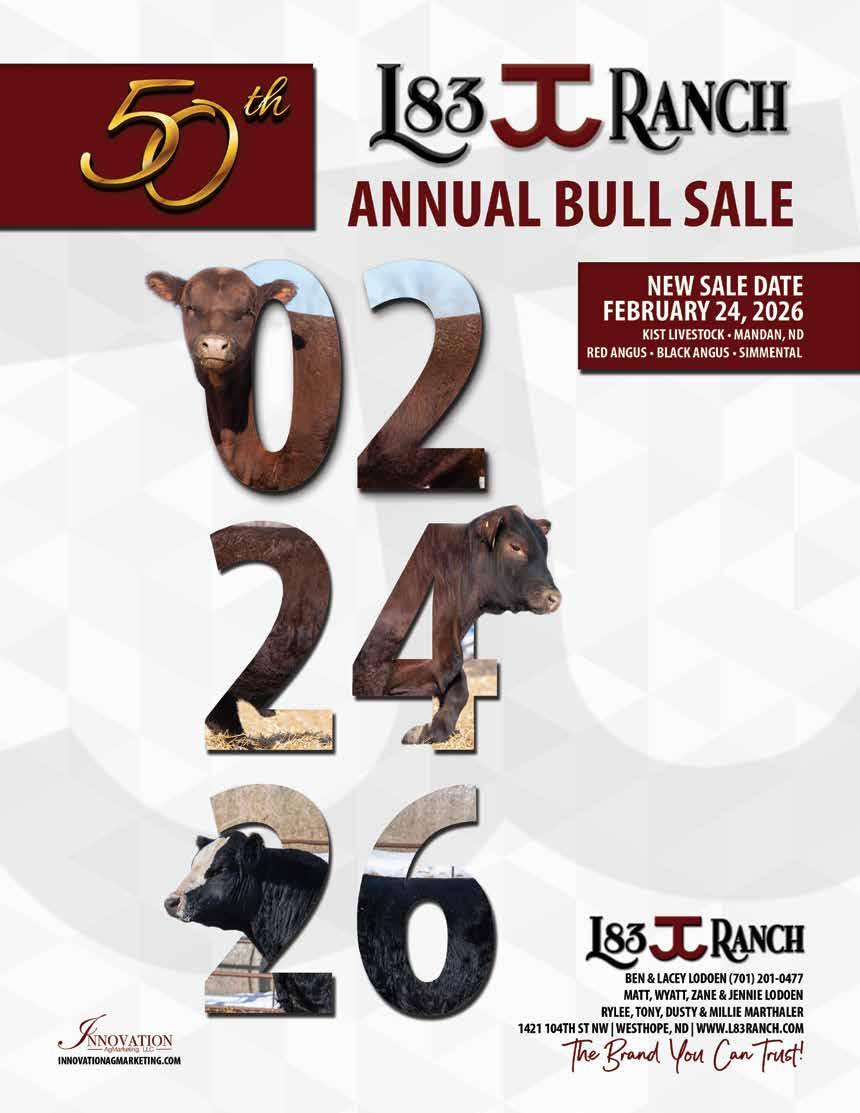


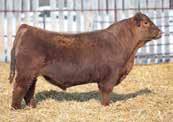
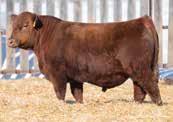
1. Contact the Red Angus valueadded department at 940-477-4593 and complete a short supplier enrollment questionnaire over the phone. RAAA staff will ask general management, animal identification and breeding questions. If needed, the producer may be asked to supply additional documentation on breeding such as semen receipt, lease agreements or information on purchased females.
2. After all documentation is recorded, staff will ship the tags directly to the producer who must tag the calves before they leave the ranch of origin – birth, branding, preconditioning, weaning or before loading on the semi.
3. The producer will receive a customer enrollment agreement to fill out and return to RAAA with a copy of their calving records.
4. Staff will issue the USDAapproved Certificate of Compliance upon receiving the customer enrollment agreement and calving record.
EID Tags are required for program identification. Outside-purchased EIDs can be brought in for $1 per tag.

• Traceability to at least 50% registered Angus bloodlines
• Source verified to ranch of origin
• Group age verified



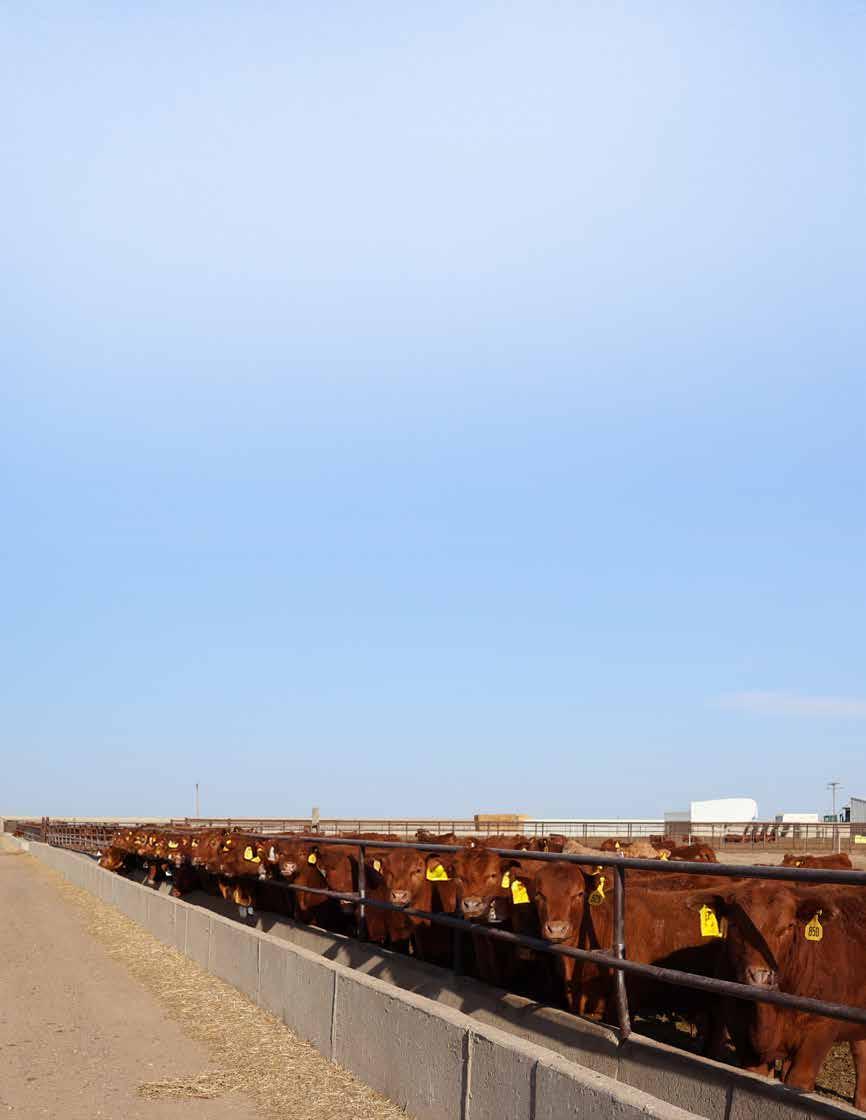
• Source verified to ranch of origin
• Group age verified
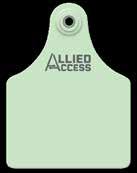

Angus Access is the first step in differentiating your cattle to buyers, feedlots and packers. Experience industry-leading return on investment for just the cost of an EID tag when purchased through RAAA. Dangle tags are optional but may be purchased for management purposes.
The Red Angus Association of America marketing team offers assistance to Red Angus bull customers at no charge.
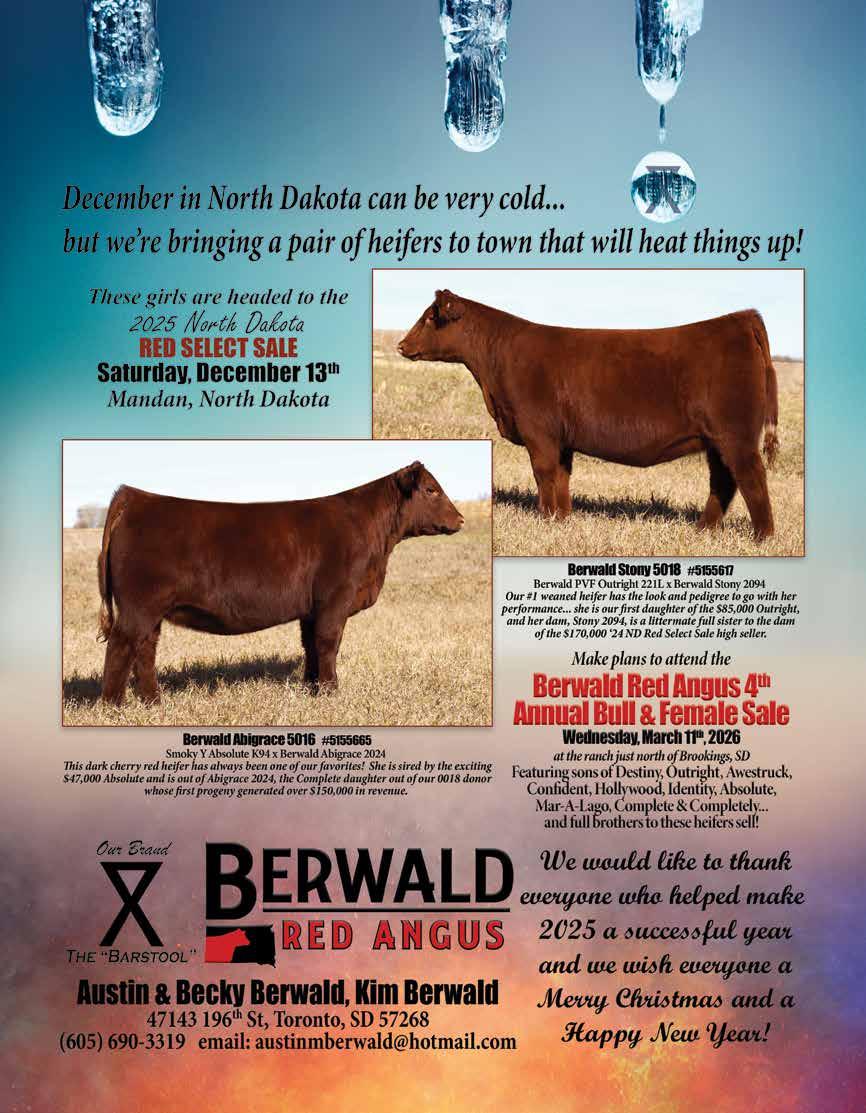

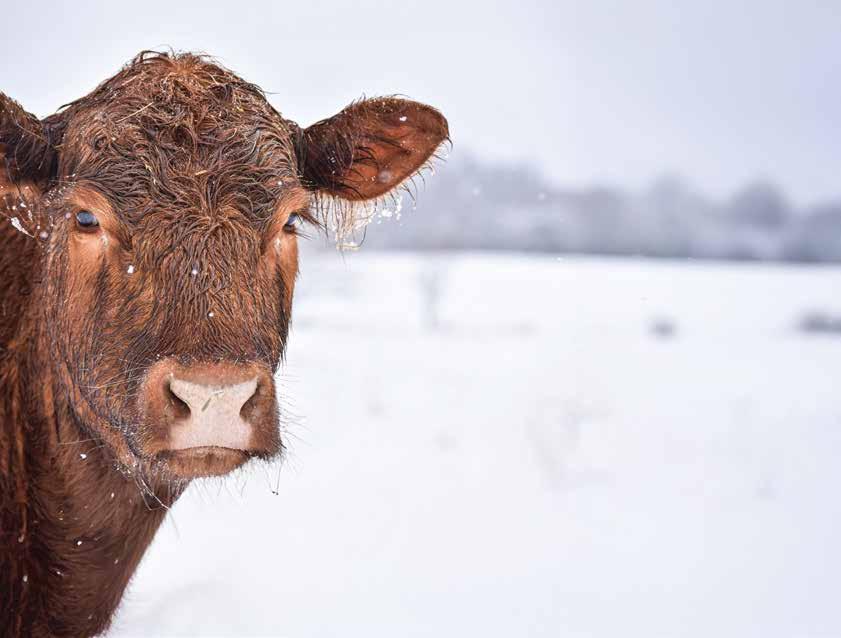
Giving has a way of changing the giver. When generosity becomes a habit, gratitude follows. This is a reminder that what we give often grows into something far greater than we could have imagined.
Through the Red Angus Stakeholders Foundation, producers, breeders and industry partners are investing in the people and programs that secure the breed’s future.
“Every dollar we raise directly supports the programs that shape the future of Red Angus ranching,” said Peggy Bieber, president of RASF. “We’re investing in people, in knowledge and in the next generation that will carry this breed forward.”
Established in 2024, RASF was created to advance the Red Angus breed and strengthen its future through youth leadership, scientific research, educational outreach and charitable initiatives. The foundation operates under the Red Angus Association of America’s core policies and is guided by a
by McKenna Murphy for the Red Angus Magazine
board of volunteer breeders who give their time, resources and passion.
The foundation’s vision may seem simple, but the meaning runs deep –to build a thriving, united Red Angus community where innovation, education and leadership shape the future of ranching while upholding the principles this breed was built on.
Funds raised through the foundation are directed toward three areas:
Junior Red Angus Fund: Supports junior programs within RAAA, helping to provide opportunities for the next generation of cattlemen and women.
Currently backing a hair shedding and fertility study at the University of Missouri and supports a commercial carcass data project with Sustainable Beef.
General Fund: An unrestricted fund that provides flexible support to programs that align with the association’s strategic goals.


At each National Red Angus Convention, the foundation brings members together through its signature golf tournament and roping contests.
“They serve as a fundraiser for the foundation and have had tremendous support from sponsors and participants,” Bieber said.
They also allow members to socialize and network prior to the business of the convention.”
Proceeds from these events go toward scholarships, research projects and youth opportunities. Bieber emphasized that the foundation’s purpose isn’t just about collecting checks – it’s about uniting people through a shared mission.































To support activities improving the Red Angus breed to develop a higher degree of efficiency in Red Angus ranching and related agricultural pursuits by supporting youth, research and development, educational and charitable programs.

RED ANGUS



The Red Angus Stakeholders Foundation is organized under IRC section 501(c)(3). The Foundation’s tax identification number is 93-2970683. Upon receipt of IRS determination of tax-exemption as a charity, all donations, whenever made, will be eligible for tax deduction. It is comprised of three separate funds (restricted and unrestricted), and contributors may specify which fund they wish to support.


& DEVELOPMENT GENERAL FUND


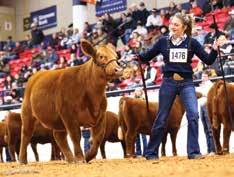
This restricted fund supports Red Angus youth programs. Most distributions shall be directed to the Junior Red Angus Association. Its assets shall be used only for youth programs. Distributions from the long-term investment will be income only unless required to conform to IRS minimum distribution rules.


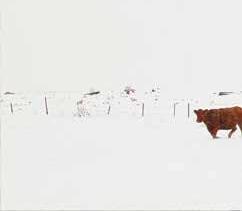

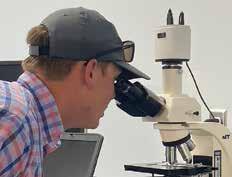

This is also a restricted fund that shall be used for scientific research, development and related education for the long-term improvement of the Red Angus breed. Distributions may invade the corpus of the fund.





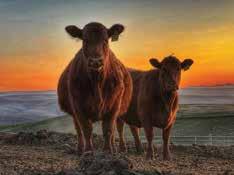

The General Fund is composed of unrestricted donations. As such, it may be used for any charitable purpose authorized by the Code. Distributions from the General Fund to the Junior Red Angus Fund or the Research and Development Fund are permitted. However, such a distribution will change the character of the funds from unrestricted to restricted.

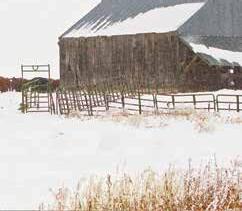
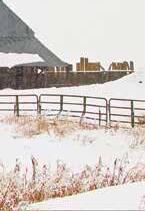
“I’m humbled to lead this foundation,” she said. “We’re just a group of breeders volunteering our time to make sure every project supports the Red Angus breed and promotes the people who believe these are the best cattle in the world.”
While the foundation celebrates generosity, the financial side of giving carries its own kind of wisdom.
Catherine Ozment, a certified public accountant specializing in agricultural clients across Texas, said charitable contributions are one of the most overlooked yet impactful ways producers can plan for both financial health and community growth.
“Agriculture producers are the salt of the earth,” Ozment said. “They’re foundational, and when they give back, especially to ag-based organizations, it’s not just a donation. It’s reinvesting in the same soil that sustains them.”
Since the 2018 Tax Cuts and Jobs Act raised the standard deduction threshold, fewer producers have itemized contributions, Ozment shared. But for those who plan intentionally, charitable investments can still provide benefits while aligning with long-term goals.
“We always want to take the tax advantage if we can,” Ozment said. “But that should never be the root of why we give. The heart behind it is what matters.”
Ozment encourages producers to look beyond simple cash donations and think creatively about how to contribute in meaningful and often strategic ways.
Donate assets, not just cash: Contributing land or stock allows donors to deduct up to 30% of the asset’s fair market value while avoiding capital gains taxes.
Donate livestock:
“Instead of selling a calf and donating the cash, just donate the calf,” Ozment said. “You’ve already claimed the expenses, and you avoid adding that income to your taxable return.”
Qualified charitable distributions:
Producers age 70 or older can give directly from their retirement accounts to a nonprofit and still receive a deduction, even without itemizing.
Donor-advised funds:
For producers experiencing a high-revenue year, these funds allow for a large deduction now and the flexibility to distribute the money later once the right causes are identified.
“You can only give what you have,” Ozment said. “That’s why planning matters. Agriculture is cyclical. I usually advise clients to wait until Novem-
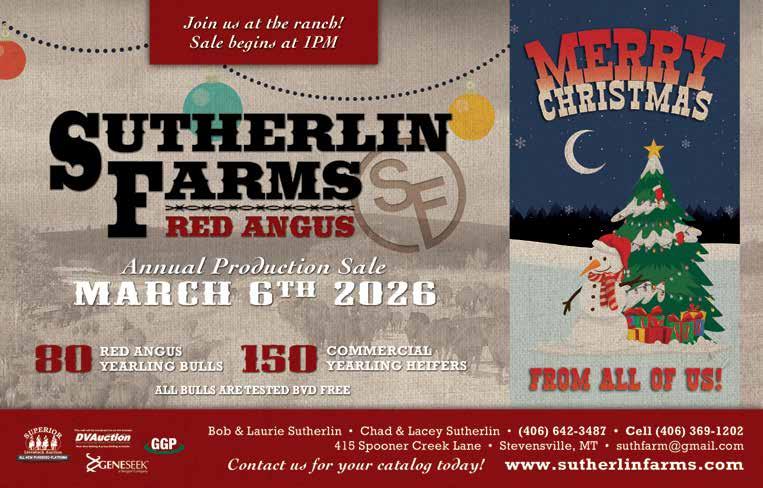













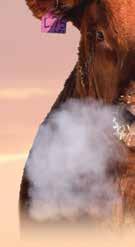
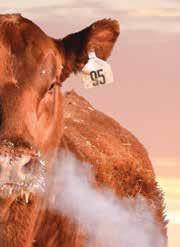

51st Annual Bull Sale

Monday, March 2, 2026

Selling
1 p.m. MST • At the Ranch
100 Registered Yearling Bulls
Select Registered Heifers

50 Home-Raised, Fancy
Commercial Red Angus Bred Heifers


Another year’s work is behind us, and we’re grateful for the good cattle, good people and good markets along the way.
At Campbell Red Angus, we’re also thankful for the families and fellow cattlemen who share our passion for raising the kind that last – the kind that keep ranches strong for generations.
Your trust in our program means more than you know, and we look forward to another year of building that legacy together.
May your holiday season be peaceful, your pastures plentiful and your new year prosperous.
Merry Christmas from Campbell Red Angus –Where legacy meets longevity.
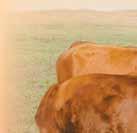





Request a










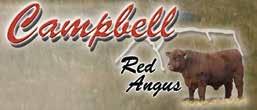





ber to evaluate the year, then decide what makes sense. It’s about timing, not pressure.”
While charitable giving can be a smart financial strategy, Ozment said its most powerful return is relational.
“Giving builds standing in your community,” she said. “It strengthens relationships with banks, real estate agents and other producers. It’s contagious – when people see generosity, it inspires them to do the same.”
That ripple effect, she added, keeps agriculture grounded in what makes it special: stewardship and service.
“To give is to plant something lasting, something that grows well beyond what we’ll ever see.”
“I just hope agriculture stays salt of the earth,” Ozment said. “Charitable giving keeps us rooted in that – in community, in legacy and in the land.”
For RASF, every donation is more than a transaction; it’s a long-term investment in people and the prosperity of the breed itself.
“You don’t have to wait for the convention to support the foundation,” Bieber said.









“We invite and challenge every member of the Red Angus community to consider how they can help grow this effort and secure the future of Red Angus.”
To give is to plant something lasting, something that grows well beyond what we’ll ever see.
To contribute to RASF, visit redangus.org or contact Peggy Bieber at peggy@bieberredangus.com or 605-439-3628. //













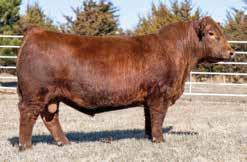





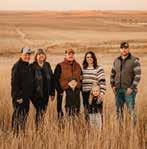





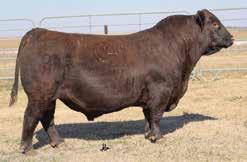




















by Nate Smith, General Manager, Top Dollar Angus
A quiet shift is taking place across cow-calf country. More and more calls coming into Top Dollar Angus start the same way: “We took over the family ranch and knew it needed improvement,“ or “Mom and Dad finally let us start making more decisions with the cow herd.”
Behind those statements is a new generation stepping into leadership roles – sons, daughters and in-laws who grew up watching decisions made one way and are now ready to take the reins with fresh ideas and better selection tools at their disposal.
When we evaluate their herds for genetic merit, some already meet TDA qualifications. Others fall just short, and a few still have a long way to go.
What unites all of them is increased awareness and growing market savvy. They know their cattle need an upgrade – and they’re eager to learn what it takes.
These conversations are enjoyable. The callers are open, curious and genuine. They aren’t defensive when they learn their cattle miss the mark; they want the truth. Mutual respect allows for real progress to be made.
Most of these families fall into two broad groups, with each moving toward the same goal of better genetics, but with different methods.
Group One: Embraces change quickly. They readily absorb feedback, study the numbers and go find bulls that can improve their herds in a single generation. They know exactly what traits to target – carcass weight, marbling and average daily gain, etc. – and they waste no time culling sires that don’t fit. They feel validated; the improvements they’ve been pushing for now have data and third-party input behind them.
Group Two: Moves more slowly. They’re careful to protect their herd base and the legacy it represents. Many in this camp come from herds built on phenotype rather than EPDs, cattle chosen for how they looked and worked, not for what the data said. They’re not resistant to progress, but they don’t want to lose what created the herd they’ve always known as reliable. When we talk, I always stress that the previous generation wasn’t wrong. They made the best decisions possible with the tools and practices they chose to use in sire selection.
That understanding opens the door for collaboration. Together, we set realistic three- to five-year plans that focus on steady, balanced improvement, keeping strengths intact while moving up the ranks in growth and carcass performance.
One theme shows up over and over: inconsistency in sire selection.
Nearly 80% of the time, the issue isn’t bad genetics; it’s that selection priorities fluctuate every year. One season, the focus is calving ease and marbling: the next, milk and yearling weight. Even in maternal herds, those swings add up to uneven results.
I’ve seen it firsthand in my fatherin-law’s herd. Early on, he asked my opinion on his bull selection. Each year, he’d chase a new set of traits without paying much attention to index values or his long-term goals.
Nearly a decade later, after sticking to more consistent criteria, the difference is remarkable: 90 lbs. more weaning weight, higher breed-back rates and a more uniform calf crop that commands a premium at sale.
That example resonates with a lot of producers. Instead of reinventing the wheel each breeding season, pick an
index (or indexes) that aligns with your goals, set a minimum threshold and select within it.
It sounds simple, but that kind of discipline compounds quickly. Over time, it reduces effort, lowers replacement costs and improves marketability.
Most importantly, it makes each generation’s progress measurable, something that both the younger and older family members can appreciate.
Honoring the Past, Building the Future
The open mindset I’m seeing from this new generation gives me confidence in where the industry is headed.
They’re willing to ask questions, use data and make changes without losing sight of the foundation they’re building on.
This is how genetic progress should look – a planned evolution, (usually) not revolution.
It’s a blend of respect for the past and readiness for the future, guided by the same end goal: efficiently producing the highest-quality beef in the world.
American beef didn’t become the globe’s gold standard by accident.
It happened because generations of cattlemen and women were always seeking improvement. //
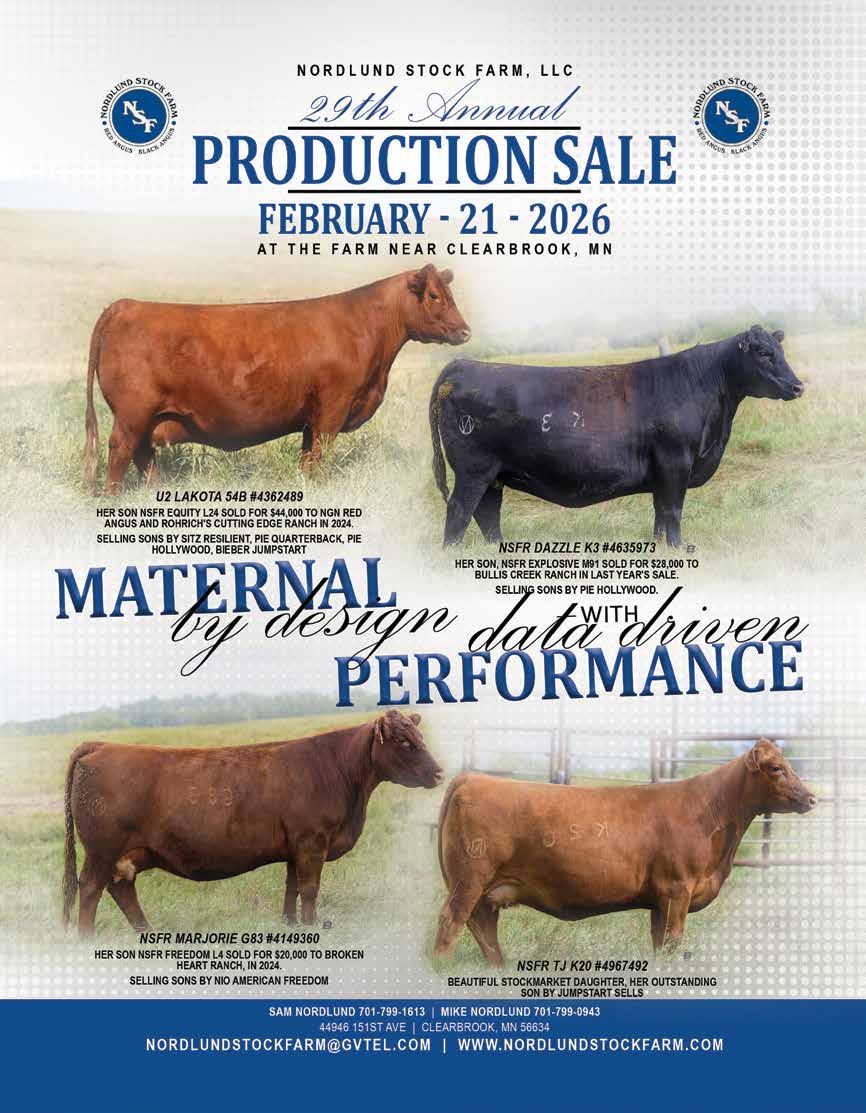
RED ANGUS
Mark & Kathy Barenthsen
Jeremy & Jessica Bullinger
Powers Lake, ND • bbredangus.com
Mark: 701/464-5741 • 701/339-1834
Jeremy: 701/464-4893 • 701/339-2899
Jessica: 701/339-7922 mkbar@nccray.com • jbullinger@nccray.net
BRADEMEYER FARMS
Mike Brademeyer • Verona, ND 701/742-2598 • 701/710-0445 kbrademeyer@drtel.net brademeyerfarmsredangus.com
BRENNER ANGUS
Sidney & Melva Brenner • Carson, ND 701/584-3335 • 701/471-9135 brennersmb@gmail.com
BROKEN HEART RANCH
Gary & Chad Pederson • Firesteel, SD 605/865-3190 • 605/850-9878 bhrredangus@lakotanetwork.com www.pedersonredangus.com
CAMPBELL RED ANGUS
Robert Campbell • McIntosh, SD 701/422-3721 • 605/845-4812 campbellra@westriv.com www.campbellredangus.com
DAHLKE RED ANGUS
Bryantt Bolduc • Arlan Dahkle Bagley, MN 218/533-0259 • 218/694-6727 dahlkerancher@yahoo.com dalhlkeredangus.com
DK RED ANGUS
Scott Kueffler • Grenora, ND 701/694-3620 • 701/641-0519 redangus@nccray.com www.dkredangus.net
DRY CREEK RANCH
Max and Haley Robison • Amidon, ND 701/523-8285
Max: 406/461-3462 • Haley: 701/523-8285 haley@drycreekranchnd.com www.drycreekranchnd.com
FORSTER RED ANGUS
Kenneth Forster • Richardton, ND 701/974-2450 • 701/290-2450 forsterredangus@yahoo.com www.forsterredangus.com
HEART RIVER RANCH
Chuck & Annette Steffan • Belfield, ND Annette: 701/290-9745 • Chuck: 701/260-4630 heartrivergenetics@yahoo.com www.heartrivergenetics.com
HUBER EY RED ANGUS
Bryan & Emmy Huber • Jud, ND 701/685-2687 • Bryan: 701/320-8054 Alex: 701/709-0850 Emmy: 701/320-1995 emmy@drtel.net • www.hubereyredangus.com
KALBERER RANCH
Jesse & Susan Kalberer • Bismarck, ND 701/425-0111 • Jesse: 701/471-4388 kalbererjesse@hotmail.com www.kalbererfarms.com
KAL-KOTA RANCH
Ed Kalianoff • Steele, ND 701/475-2694 • 701/471-4006 kalkota@bektel.com • www.kalkotaranch.com
KOESTER RED ANGUS
Steve & Tracey Koester • Steele, ND Steve: 701/400-1611 • Tracey: 701/391-5440 koesterredangus@gmail.com www.koesterredangus.com
L83 RANCH
Ben Lodoen • Rylee Marthaler
Wyatt Lodoen • Jennie Lodoen • Westhope, ND
Ben: 701/201-0477 • Rylee: 701/263-1018 Wyatt: 701/263-1787 • Jennie: 701/263-1016 lodeoncattle@gmail.com • L83Ranch.com
LARSON’S LOST RIVER
David Larson • Dan Larson • Clearbrook, MN
David: 218/766-3323 • Dan: 402/560-4052 david.larson.lrl@gmail.com www.lostriverlivestockmn.com
LAZY D RED ANGUS
John & Sara Berg • Cody Berg • Williston, ND John: 701/826-4211 • 701/570-9788
Cody: 701/826-4231 • 701/570-0730 lazydredangus@yahoo.com
Dec. 1 Special Red Angus Feeder Calf Sale, Rugby Livestock Auction, Rugby, ND
Dec. 2 Special Red Angus Feeder Calf Sale, Lake Region Livestock, Devils Lake, ND
Dec. 3 Dukart Angus, Online Bull Sale, bid.billpelton.com
Dec. 4 Special Red Angus Feeder Calf Sale, Bagley Livestock Exchange, Bagley, MN
LAZY J BAR RANCH
John & Stephanie Jung • Mina, SD John: 605/228-1743
Stephanie: 605/380-1796 lazyjbarranch@yahoo.com lazyjbarranch.com
LELAND RED ANGUS
Melvin & Luella Leland
Melvin: 701/565-2347 • 406/489-1465
Todd & Carla Leland • Sidney, MT Todd: 701/565-2361 • 406/489-1466 lelandra@restel.net • lelandredangus.com
LONE TREE RED ANGUS
Brad Schecher • Bison, SD 605/244-5972 • Brad: 605/430-2787 lonetreeredangus@hotmail.com www.lonetreeredangus.com
MCGEE RED ANGUS
Doug & Darcy McGee • Bowman, ND Kruze & Bailey Robinson Doug: 701/523-6086 Bailey: 701/523-6179 • Kruze: 701/449-6597 ddmcgee@ndsupernet.com bailey_mcgee@ndsupernet.com mcgeeredangus.com
MISSOURI RIVER RED ANGUS
Blake & Whitney Wold • Watford City, ND 701/770-4105 missouririverredangus@gmail.com missouririverredangus.com
NORDLUND STOCK FARMS LLC
Mike Nordlund: 701/799-0943 Sam Nordlund: 701/799-1613 Clearbrook, MN nordlundstockfarm@gvtel.com nordlundstockfarm.com
OHR RED ANGUS
Edward, Jeanne & Carl Olson • Argusville, ND Ed: 701/238-3601 • Carl: 701/361-0684 olsoncandc@aol.com • olsonredpower.com
OLAND RED ANGUS
Klay and Kassie Oland • Leonard, ND 701/238-2492 • klay.oland@gmail.com
PRESSER RED ANGUS
Troy Presser • Turtle Lake, ND 701/447-2855 • 701/220-0189 tpresser@westriv.com
Dec. 12 NDRAA Annual Meeting & Banquet, Bismarck, ND
Dec. 13 ND Red Select Sale, Mandan, ND
Dec. 15-17 Seeger & Rusch Red Angus Online Female Sale, DVAuction.com
Dec. 20-21 Turtle River Cattle Co. Online Female Sale, DVAuction.com
Website: ndredangus.org • Facebook: North Dakota Red Angus Association
RESSLER LAND & CATTLE
Mark or Bryan Ressler • Binford, ND 701/789-0191 • 701/789-7294 contact@resslerlandandcattle.com www.resslerlandandcattle.com
RHODES RED ANGUS RANCH
Jordon Rhodes: 605/228-9301 • Faulkton, SD Jackson Rhodes: 605/216-7841 kellirhodes6@hotmail.com jordan.rhodes@live.com
ROHRICH’S
CUTTING EDGE RANCH
Rick, Amber & Kaden Rohrich • Steele, ND Rick: 701/391-1911 • Kaden: 701/934-4178 cuttingedgeranch@bektel.com
SCHRIEFER RANCH LLC
Marc, Jodi, Riley, Cheyenne Schriefer Golden Valley, ND 701/870-4292 • 701/879-2609 701/983-4292 • 701/870-4292 marcjodi@icloud.com schrieferredangus.com
SEEGER & RUSCH RED ANGUS
Brandon & Dixie Rusch • Sherill Seeger New Salem, ND • ruschvet@gmail.com Brandon: 701/226-5479 • Dixie: 701/426-9443 Sherill: 701/400-5077 seeger-ruschredangus.com
TURTLE RIVER CATTLE CO.
Ron & Ryan Clemetson • Grand Forks, ND 701/739-0639 • 701/741-6407 trreds@hotmail.com
TWEDT RED ANGUS
Sam Twedt • McHenry, ND 701/262-4768 • 701/388-4035 twedtredangus@hotmail.com www.twedtredangus.com
VALNES RANCH RED ANGUS
Emit & Jayme Valnes • Eden, SD 605/698-6596 • 605/228-8857 valnesranch@hotmail.com • valnesranch.com
WASEM RED ANGUS
Chris & Jolyn Wasem • Halliday, ND 701/938-8365 • 701/260-1513 jolyn.wasem@gmail.com wasemredangus.com
ND Red Angus Association
President: Bryan Ressler
Vice President: Ben Lodoen
Immediate Past Pres.: Sam Twedt
Directors: Ryan Clemetson, Rick Rohrich, Max Robison & Blake Wold
Sec./Treas.: Chuck & Annette Steffan
701/290-9745
heartrivergenetics@yahoo.com

by Peyton Andras, JRA Board
Why is it so important to invest in shaping the next generation? Every strong breed association recognizes the responsibility of developing future breeders and leaders. RAAA shares that commitment, providing meaningful leadership opportunities that help our junior members grow, learn and succeed.
These programs are platforms to cultivate leadership skills, foster personal growth and empower young people to become the future of our industry. I was once quiet and shy, but thanks to the educational leadership opportunities RAAA offers, I discovered confidence and boldness in myself that I didn’t know I had.
The word “leadership” is often overused. What is leadership and where does it begin? Where does it take you? For me, leadership training began at a young age. My parents trusted the programs offered by the Association, and encouraged me to take part in every opportunity available.
At first, I thought I was just going to make friends and have a good time. My parents however, saw much more. Looking back, I’m grateful they did. I never realized how valuable those experiences
Gracie Rogers, President - jragracie1@gmail.com
would be – enjoyable and educational in ways that have shaped who I am today.
Building Foundations
Programs like Round-Up and RAYE spark enthusiasm and passion in our younger members. Building on that foundation, the SPARK Conference was created to provide older juniors with opportunities for advanced education and continued personal growth within the breed.
SPARK is offered to members ages 16-21. RAAA helps kids discover their potential, even before they recognize it themselves, and gives them the tools and encouragement to step into leadership roles.
What SPARK Stands For SPARK, which stands for “Stimulate, Propel, Advance Red Angus Kids,” is a leadership experience that truly lives up to its name. For older juniors, it’s not enough to simply be involved; we need to be challenged, inspired and equipped to lead. That’s exactly what SPARK does.
It stimulates young people by creating an environment where learning, engagement and personal growth are expected. Without that drive to learn and be
Peyton Andras, Vice President - peyton.s.andras@gmail.com
Aliceson Stranberg, Secretary - jraalicesonstranberg@gmail.com
Taryn Cox, Commercial Chair - jrataryn@gmail.com
Addison Green Russell, Communication Chair - agreenrussell@gmail.com
Zane Downey, Director - zane.t.downey@outlook.com
Claire McIntyre, Director - clairemcintyre090706@gmail.com
James Miller, Director - jdmiller306@gmail.com
Taylor Dorsey, Junior Program Coordinator taylordorsey@redangus.org
pushed, we can’t truly develop a lasting passion for the cattle industry. SPARK provides that “shot in the arm” of motivation, giving participants the momentum to act on their goals.
Through sessions that challenge us to think bigger and through the example of leaders like Gary and Kathy Buchholz, who generously open their ranch and their lives to us, we see what true leadership looks like. Their example propels us to aim higher, dream bigger and work harder to become the next generation of leaders in the Red Angus community, one heifer and one handshake at a time.
I cannot stress enough how much we, as juniors, appreciate the support from breeders who support and make these programs possible. You may be asking yourself, “Is SPARK for me?” My answer is yes – SPARK is for everyone. I can’t wait to go back, and I encourage anyone ages 16 to 21 to attend. It’s an experience you won’t forget.
Join us April 9-12 at Hi Point Ranch in Desdemona, Texas, for the 2026 SPARK Conference. Register by Jan. 9, 2026. //
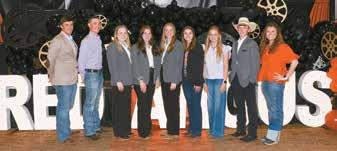
Website: juniors.redangus.org
Facebook: juniorredangus
Instagram: juniorredangus
Snapchat: juniorredangus 2025-2026 JRA Board of Directors



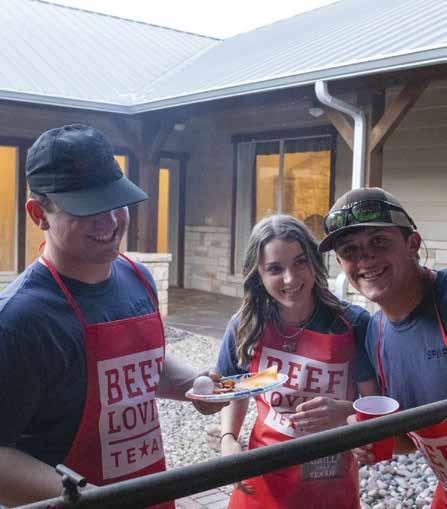
by Clay Burson, Beef Technical Specialist for Zinpro Animal Health, originally published in Progressive Cattle
The foundation of a strong mineral program for your cow herd can pay major dividends, not only for the coming year’s calf crop but for years down the line.
In this historically strong cattle market, it’s important that cow-calf producers don’t let record-high calf prices create a false sense of security. Production efficiency should remain the number one priority. Common sense and experience tell us that high prices can – and often do – come down.
Reproductive efficiency is, and always has been, the primary driver of profitability in the cow-calf sector.
In fact, numerous economic analyses demonstrate that metrics like calf crop weaned per cow exposed are significantly more important than measures such as weaning weight.
During this pivotal time of herd rebuilding, we have the opportunity to

shape the productivity of future generations. That’s the core of generational nutrition, also known as fetal programming – the idea that how we feed and manage cows during gestation influences not only the calf inside her but also the long-term performance of future generations.
Generational nutrition refers to the impact of maternal nutrition on the developing fetus, its lifelong health and productivity, and the performance of future generations. These effects are driven by epigenetics – changes in gene expression triggered by environmental factors like nutrition and stress. We’re not altering the underlying DNA sequence, but we are influencing how those genes are expressed.
This concept gained attention after a landmark study of women pregnant during the Dutch Hunger Winter of 1944-45. Researchers found that the timing of calorie deprivation during
pregnancy correlated with specific health challenges in their children later in life. For example, third-trimester calorie deprivation was linked to increased asthma risk due to disrupted cardiopulmonary development.
In beef cattle, we now understand that every trimester of gestation plays a critical role in shaping the calf’s future, and nutrition is pivotal each step of the way.
• First trimester: Early limb and organ formation begins. Nutritional deficits during this stage can lead to pregnancy loss or long-term developmental challenges. Research from Carl Dahlen’s lab at North Dakota State University shows that maternal mineral intake during this stage affects fetal organ size, mineral concentrations in tissues and even gene expression related to mineral metabolism.
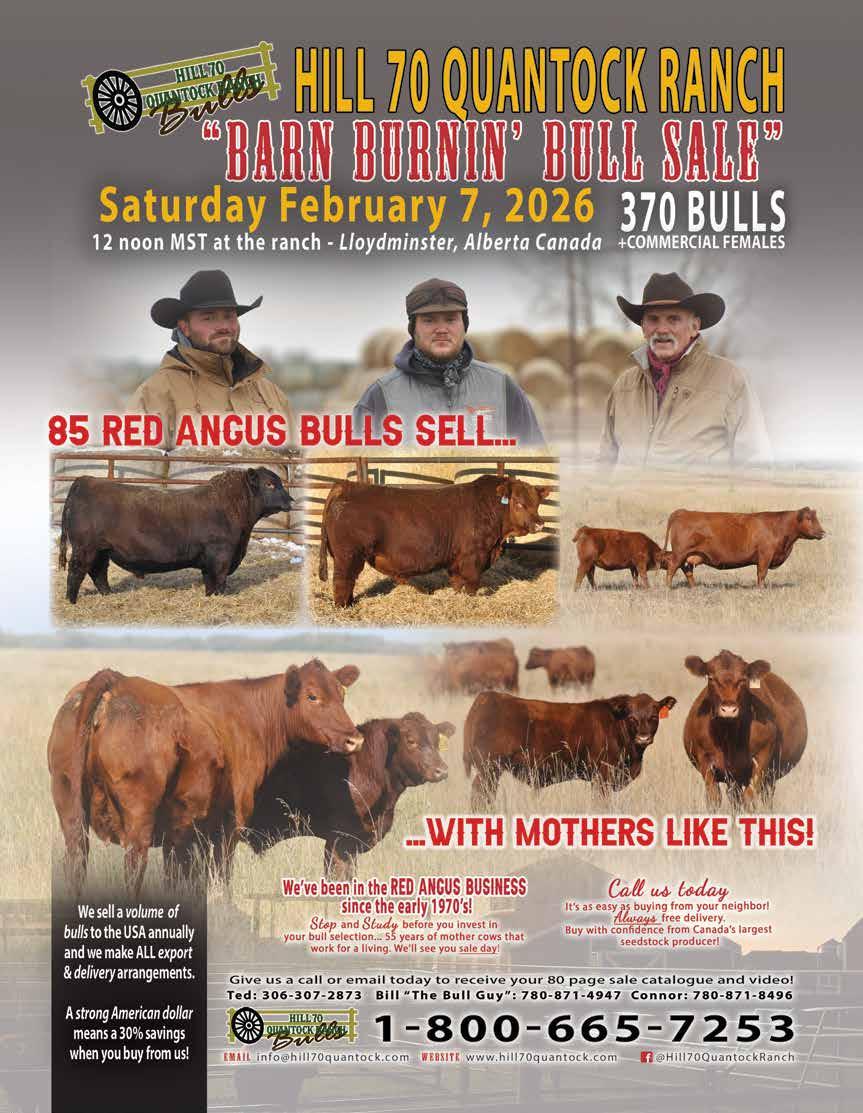
• Second trimester: Muscle cells multiply (hyperplasia), setting the foundation for total muscle volume. Adipocytes (fat cells) also begin forming, influencing marbling potential and carcass quality.
• Third trimester: Rapid fetal growth occurs; about 75% of total fetal weight is gained during this phase. Final development of the heart and lungs takes place, making this stage critical for respiratory and cardiovascular health.
Today’s cows are bigger and more productive than ever. A 1,400-pound cow has significantly higher nutritional requirements than her predecessors, and those needs fluctuate throughout the production cycle, from dry gestation to peak lactation.
To meet these needs, it’s important to balance forage quality with targeted supplementation. That includes not just energy and protein but also macro- and trace minerals. These essential nutrients are key players in the overall health of the cow, the reproductive process and the lifelong productivity of her calf.
• Zinc: Supports immunity, DNA synthesis and replication and epithelial tissue integrity
“Reproductive efficiency is, and always has been, the primary driver of profitability in the cow-calf sector.”
• Manganese: Critical for reproduction, immunity and bone and cartilage synthesis
• Copper: Integral in immune function, iron metabolism and reproduction
• Cobalt: Promotes fiber digestion and is key in vitamin B12 synthesis
• Selenium: Crucial for antioxidant function, promoting immunity and thyroid hormone metabolism
In herds using artificial insemination, a strong mineral program has been shown to improve first-service conception rates.
Research also shows heifers reach puberty 19 days earlier – at a lower bodyweight – when their dams were fed good minerals during pregnancy. Earlier puberty leads to multiple cycles prior to first breeding, which has been shown to increase the odds of breeding success. Heifers that calve early during their first calving season are more likely to remain in the herd long-term.
Nutrient Availability Varies
While minerals are present in forage,

producers can always benefit from trace mineral supplementation. And not all sources are created equal.
Trace minerals from many inorganic sources have limited absorption and can interact antagonistically with other minerals or diet components, interfering with uptake.
An amino acid complex form of trace minerals that is soluble, stable, absorbable and metabolically available allows cows to absorb and utilize more of these essential nutrients.
If you’re not sure about the contents of your mineral supplement, a transparent conversation about ingredient sources and concentrations with your mineral supplier can help you make informed decisions.
Buying Females?
Ask About Their Nutritional History
If you’re buying heifers or bred females to rebuild your herd, their nutritional status is important. If possible, ask how those females were fed prior to your purchase. And if you don’t know their status, it’s still a great idea to start them on a solid mineral program and manage body condition right away. You can’t change the past, but you can set them up for success going forward.
Bottom Line:
Nutrition is a Long-Term Investment
Prioritizing trace mineral nutrition is a management practice that sets your herd up for ongoing reproductive success and profit potential.
Whether you’re developing replacements, managing bred cows or buying females from outside your herd, don’t cut corners.
Feed the cow like she’s carrying your future – because she is. //

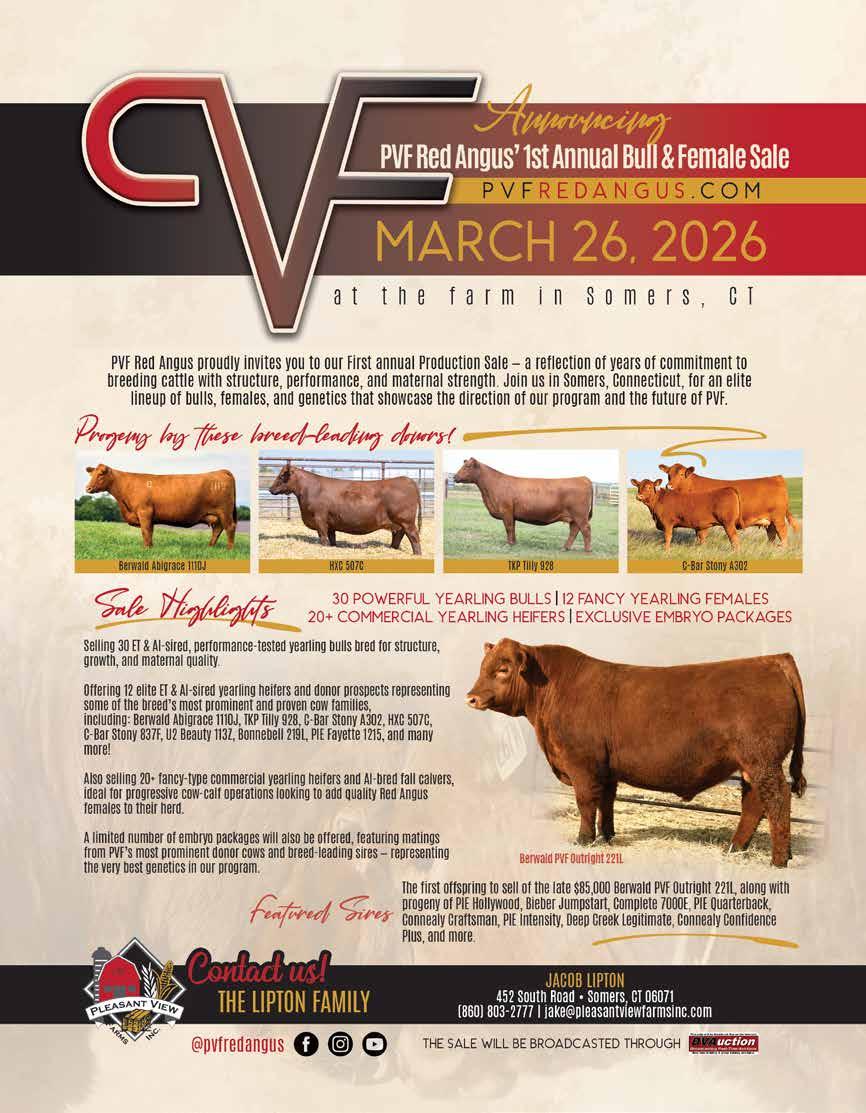
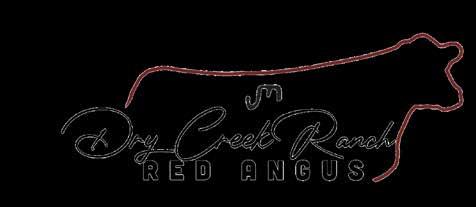
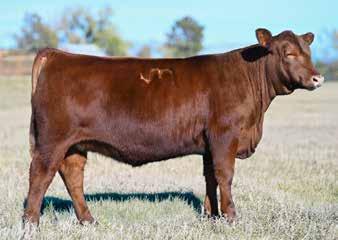
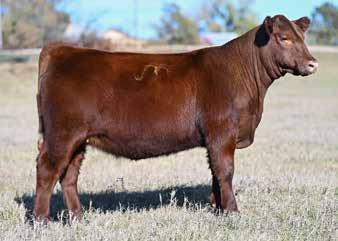
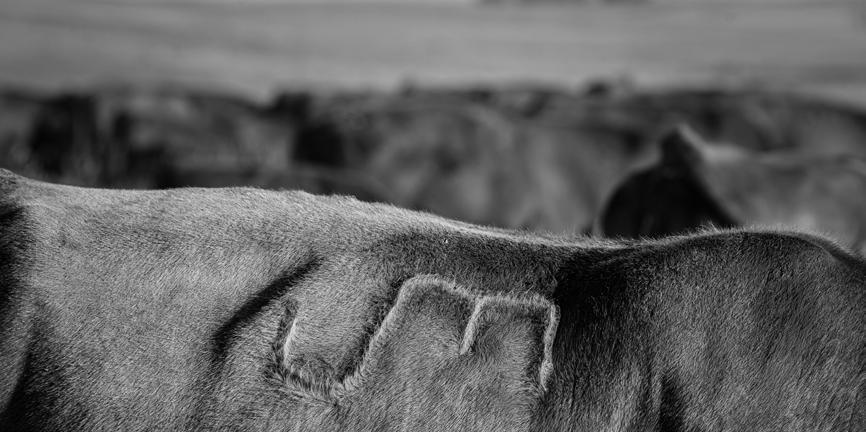

by Brock Ortner, Nebraska Extension Livestock System Educator originally published in Feedlot Magazine
The record-high calf prices experienced in 2024 and 2025 have left many cow-calf producers with a welcome challenge: determining how to reinvest profits in their operations. While strong cattle markets offer an opportunity to improve long-term profitability, they also bring the temptation to spend pre-tax earnings on items that may not enhance operational efficiency or performance in future years.
This cattle cycle is unique in many respects. Contributing factors include sustained drought in key production regions, historically high calf and cull cow prices, an aging producer base and a severely reduced national cowherd inventory. As history reminds us – such as the sharp drop in feeder calf prices in 2016 – periods of high income require careful, strategic decision-making to ensure long-term business success.
One common driver of decision-making during profitable years is tax planning. Many producers consult with accountants to reduce taxable income before the year ends. While this strategy can be valid, decisions based solely on minimizing tax liability may not support the long-term financial health of the ranch.
For example, purchasing a new pickup or piece of equipment before year-end may reduce tax exposure, but these
whether they contribute meaningfully to the business’s efficiency or profitability. To evaluate potential investments more effectively, it’s important to distinguish between tax accounting and economic (business) profitability.
Tax accounting focuses on cash income and deductible expenses, often using accelerated depreciation and excluding unpaid labor or owned asset costs. In contrast, an economic profit statement includes the fair market value of owned inputs such as raised feed, land use and unpaid family labor.
It also accounts for depreciation or replacement cost of breeding animals and applies an opportunity cost to owned assets – recognizing that capital tied up in equipment or land could otherwise be earning a return through low-risk investments.
From an economic perspective, investments in capital assets like pickups or tractors should be evaluated by their ability to increase gross margin (revenue minus direct costs) relative to the overhead they add. A new pickup may not improve revenue or reduce direct costs, but it does increase fixed costs through depreciation and maintenance.
On the other hand, investments like cross-fencing, improved water infrastructure, or rotational grazing systems can improve forage utilization,
enabling greater production without increasing land base – ultimately improving gross margin.
Another valuable use of pre-tax earnings is to improve the ranch’s current asset position – liquid assets that can be easily converted to cash. This could include backgrounding calves, purchasing stockers for grazing, or simply retaining cash in savings or a low-risk investment account. While income taxes will still be owed on retained cash, having a strong liquidity position can help service existing debt, buffer against future volatility, or enable the operation to seize opportunities down the road.
In many cases, paying taxes is a sign of profitability, and retaining earnings for strategic flexibility can be more valuable than chasing deductions.
Reinvesting pre-tax earnings during a strong market can either strengthen or strain the operation depending on how the funds are used. Evaluating decisions through an economic lens –not just a tax lens – can reveal opportunities to enhance efficiency, productivity, and long-term profitability.
The current cattle market provides a rare opportunity to build resilience in cow-calf operations, but doing so requires strategic planning and disciplined evaluation of where and how dollars are invested.

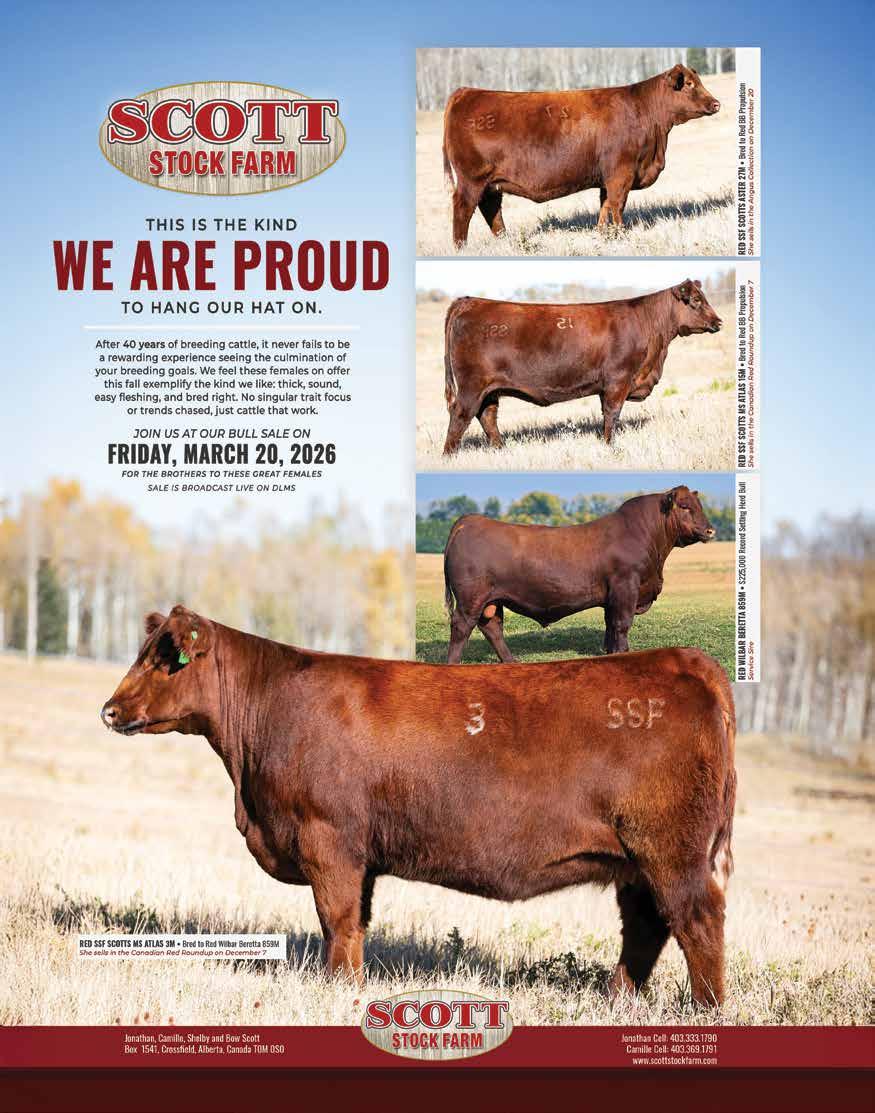
Red Angus boosts profitability with docile temperaments, environmental resilience, premium carcass quality and exceptional maternal traits. Registrations have surged by 24% over the past decade, underscoring Red Angus’ significance across all segments of the beef industry.
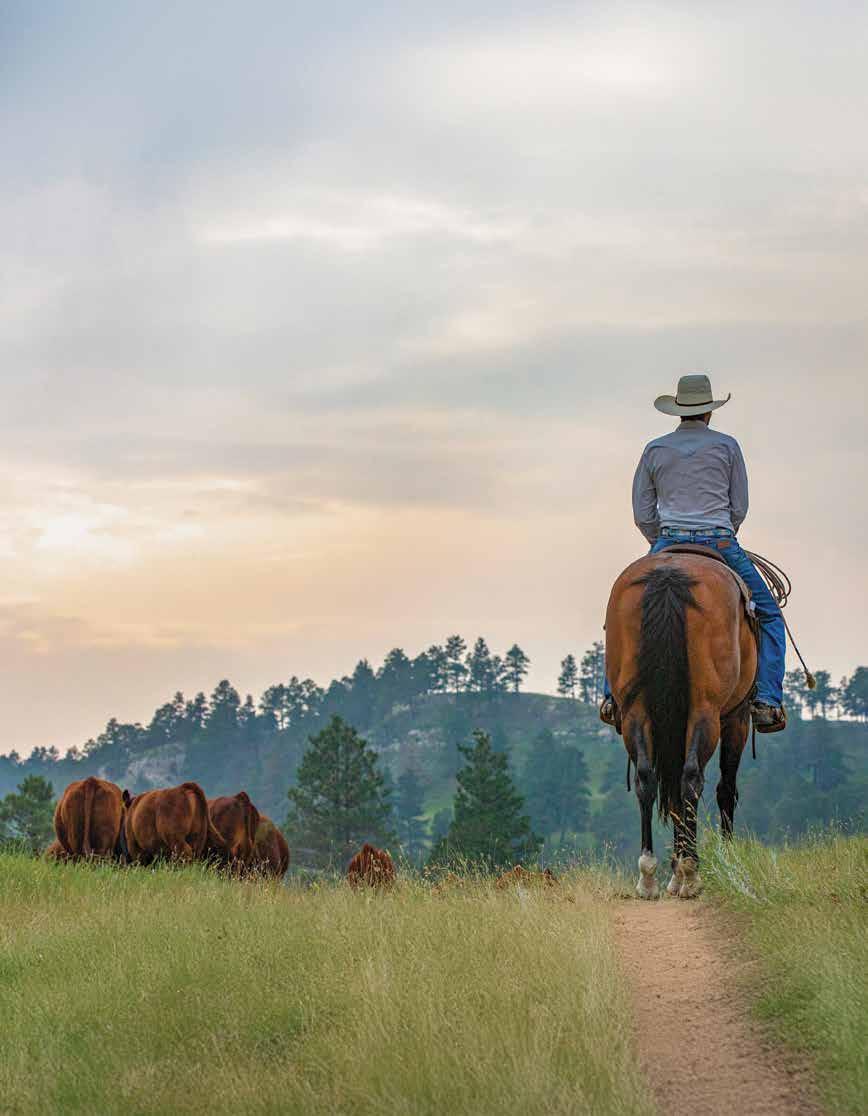

R.A. “Rob” Brown Jr. R.A. “Rob” Brown Jr. of Throckmorton, Texas, passed away peacefully Friday, Nov. 7, 2025.
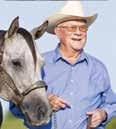
Rob was born April 4, 1936, to Valda (Thomas) Brown and R.A. Brown Sr. He was the fourth generation raised on the family’s R.A. Brown Ranch, where his love of the land and livestock began.
His children and grandchildren loved hearing him reminisce about his childhood adventures of cowboying, hunting and fishing.
He graduated from Throckmorton High School in 1954, where he enjoyed athletics, stock showing and rodeo. At age 15, he met the love of his life, Peggy Donnell.
Rob and Peggy pursued their degrees at Texas Tech University in the 1950s, where they were both active leaders in multiple student organizations. They married in 1957.
Rob earned his bachelor’s degree in animal husbandry in 1958 while battling dyslexia before much was known about its challenges. He attributed his diploma to the help of his beloved Peg.
Their love and service to Texas Tech have been passed down through generations and recently earned the family the inaugural Texas Tech Davis College Family Legacy Award.
After graduation, they returned to the family ranch and raised their four children.
Over the decades, Rob cemented the diverse legacy of the R.A. Brown Ranch with a Quarter Horse breeding program focused on meeting a cow-
boy’s needs; seedstock herds of various cattle breeds; commercial cow-calf herds; as well as stocker, cattle feeding and wheat farming operations.
While they were busy running a ranch and raising a family, they modeled service and leadership. Rob was a leader and innovator in the ranching industry, holding national roles including AQHA president and director, NCBA director, TSCRA director and American Simmental Association president, among others.
Rob received industry honors including induction into the Livestock Industry Hall of Fame Saddle and Sirloin Club and the AQHA Hall of Fame, and was honored as the nation’s top rancher with the Golden Spur Award, along with many other recognitions in the agriculture industry.
He helped establish the Texas Ranch Roundup, the world’s first ranch rodeo, as an effort to maintain the traditions of cowboys and working horses while raising money for local charities.
Rob was an avid outdoorsman and had many memorable hunting and fishing adventures with family and friends. He shared this love with his children, grandchildren and great-grandchildren, leaving them with many special memories and life lessons. Always a dog lover, Rob raised many a ranch terrier and bird dog.
He was passionate about the ranch, and “making a circle” in his red Ford pickup was a daily necessity even in his later years. Checking his mares and foals was his favorite circle to make, proudly pointing out his prized gray horses.
Above all, Rob adored his wife, Peggy. Out of all his many achievements, his greatest pride was his family. He loved them deeply and never hesitated to express his love in words and with
an occasional “whisker kiss” for the grandkids.
A lifetime member of the First Methodist Church, Rob’s deep voice could be heard each Sunday reciting the Lord’s Prayer from his regular pew. The large mesquite cross hanging in the front of the sanctuary was handmade by Rob.
He had a strong faith that carried him through life’s challenges. His signature mealtime blessing is imprinted on his family’s hearts: “... guide us and direct us. Help us to be of Thy service and do Thy will. Amen.” In his later years, he shared that he knew his time was coming and he would be with Jesus soon.
Rob was preceded in death by his parents and his sister, Marianne Merrick Bachman.
He is survived by his wife of 68 years, Peggy Brown, and children Betsy Bellah and husband Jody of Throckmorton; Rob A. Brown and wife Talley of Stinnett, Texas; Marianne McCartney and husband Todd of Throckmorton; and Donnell Brown and wife Kelli of Throckmorton. He is also survived by 17 grandchildren; 26 great-grandchildren; brother-in-law George Donnell; and many beloved nieces, nephews and friends.
The family expresses gratitude for the love and care provided to Rob by his caregivers Rachel, Sarah, Monna and Jackie.
He was laid to rest in the Brown Family Cemetery at a private family burial, Nov. 11.
In lieu of flowers, memorials may be made to First Methodist Church, P.O. Box 686, Throckmorton, TX 76483; Ranching Heritage Association, 3121 Fourth St., Lubbock, TX 79409; or West Texas Rehab, 4601 Hartford, Abilene, TX 79605.
William “Bill” Schermer Jr.
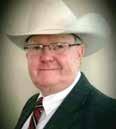
William “Bill” Schermer Jr., known affectionately to many as “Wild Bill,” “Old Bill” and “The S.O.B. (Sweet Old Bill),” passed away unexpectedly Oct. 16, 2025, leaving behind a legacy as deep and enduring as his passion for the livestock industry.
Born April 3, 1953, to William Sr. and Lenore Schermer, Bill’s life was rooted in agriculture from the very beginning. He grew up raising and showing purebred Limousin and Angus cattle, laying the foundation for a lifelong commitment to the Angus business.
Bill’s faith was central to his life. He was baptized and confirmed at St. Paul’s Lutheran Church in Latimer, where he remained a lifelong member. He attended St. Paul’s Lutheran School and graduated from CAL Community High School in 1971. He went on to earn a degree from NIACC and later completed the Reisch School of Auctioneering.
On April 27, 1974, Bill married the love of his life, Nancy Johnson, in Alexander, Iowa. Together they built a beautiful life, first in Latimer and later in Clarion, raising two cherished children, Angie and Troy, who contin-
ue to carry on his values and love for livestock.
Bill began working cattle sales immediately after college, starting with Drovers Journal, where he quickly became known for his keen eye and passion for being ringside. His enthusiasm for the industry led him to work for several livestock publications throughout his career.
For many years, Bill and his family showed cattle across the country. He was especially proud of his 60 consecutive years as an exhibitor at the National Western Stock Show in Denver. Family vacations often revolved around the National Junior Show, where lifelong friendships were formed – many of which became like extended family. Beyond the cattle community, Bill also enjoyed his time with the Horsemen of Iowa and the American Quarter Horse Association.
Eventually, Bill embarked on one of his proudest ventures – founding The Stockman magazine. The publication reflected his deep respect for livestock producers and his commitment to telling their stories with honesty and integrity.
In addition to his publishing work, Bill was an avid seedstock producer, respected herd consultant, livestock feed and mineral salesman, equipment salesman and steadfast advocate for the cattle community. His wealth of
knowledge, warm humor and booming laughter left a lasting impression on everyone he met. Whether offering sage advice or sharing a quick-witted joke, Bill had a presence that filled any sale barn, show ring, pasture or printed page.
Bill will be profoundly missed by his family, friends and the countless individuals he impacted throughout the livestock world. His legacy lives on in the stories he told, the cattle he bred and the lives he touched.
Those left to cherish his memory include his wife, Nancy of Clarion; daughter, Angela of Clarion; son, Troy (Tonya) of Clarion; and grandchildren Jacob (fiancée Reagan Goodell) of Goldfield, Kalli and William of Clarion. He is also survived by his sister, Connie Pingel of Latimer; brother, Brad (KaRene) Schermer of Latimer; sisterin-law, Pam (Terry) Meyer of Thornton; and many nieces and nephews.
He was preceded in death by his parents, William and Lenore Schermer; brothers-in-law, Ivan Pingel and Larry Johnson; and parents-in-law, Roman and Wilma Johnson.
Funeral services for Bill Schermer were held Oct. 24, 2025, at St. Paul’s Lutheran Church.
Memorials may be mailed to P.O. Box 597, Clarion, Iowa, 50525, for the family to use at their discretion. //
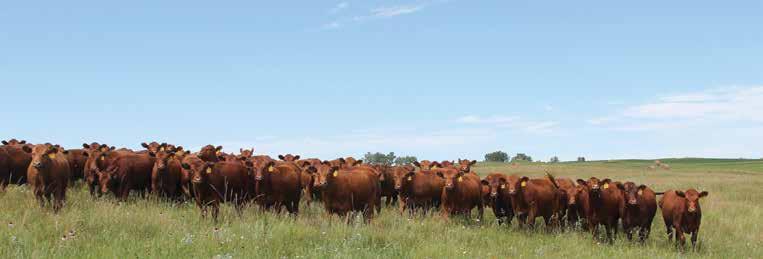

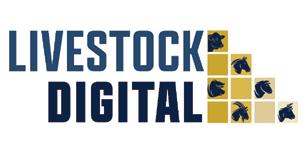



















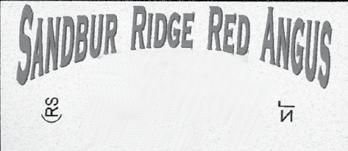








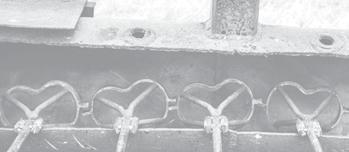



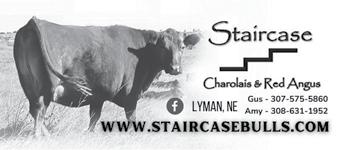

Cattle producers continue to navigate a market shaped by record-high prices, tight supplies and cautious optimism. While many challenges remain – including drought, input costs and rising interest rates – signs of herd rebuilding are beginning to emerge.
According to USDA forecasts, retail beef prices are expected to remain elevated through at least 2026, driven by historically low cattle inventories and ongoing consumer demand. In July 2025, ground beef prices reached a record $6.25 per pound, while Live Cattle futures broke $246 per hundredweight in August – both all-time highs.
Supply remains the main driver. The national cow herd has shrunk to its
lowest level since 1951, largely due to prolonged drought and economic pressures that forced widespread liquidation. Even as moisture conditions improve in some areas, rebuilding has been slow. High-value heifers and strong feeder prices are making retention a tough economic decision for many.
Still, industry surveys show optimism. A recent report from Drovers noted that 72% of producers are hopeful about the future, though they remain cautious in their expansion plans. USDA projections suggest the Jan. 1, 2026, beef cow inventory may tick upward slightly, signaling a potential shift.
On the demand side, consumer appe-
tite for beef has stayed strong despite inflation. However, some retailers are reporting subtle shifts in purchasing habits, with more shoppers turning to value cuts or buying in bulk to offset high prices. Trade dynamics also continue to evolve – with Mexican cattle imports suspended due to biosecurity concerns and Brazilian beef facing high tariffs, U.S. supplies are under added pressure.
Rebuilding the national herd will take time. With cattle’s long production cycle, experts predict it could be 2028 before herd growth significantly impacts supply and price levels.
For ongoing market updates, visit Drovers.com or USDA’s Livestock, Dairy and Poultry Outlook reports. //
Rd.
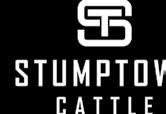

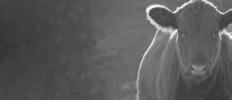

WI 53569 (608) 778-7214 • dbuckhaus4b@gmail.com







Area 1 –West
Director – George Murdock
EMMETT LEONARDO
2828 BUTTE FALLS HWY EAGLE POINT, OR 97524
HOVDA CATTLE
NICHOLAS HOVDA 17011 SHELDON LANE SW ROCHESTER, WA 98579
KADE MEACHAM 1420 SCOOTENEY RD CONNELL, WA 99326
Area 2 – Montana
Director – Craig DeBoer
JJB INC.
MADALYN BLACK 458 BLACK CO. RD GALLATIN GATEWAY, MT 59730
Area 3 – Rocky Mountain
Director – Ron Christensen
WAGON TONGUE RANCH CORP
TRENT & EMILY ABRAHAM 28875 MAUL RD KIOWA, CO 80117
MAPLE ACRES RANCH
ROBERT DOBBINS JR 20694 E 49TH AVENUE DENVER, CO 80249
BIJOU CREEK SHOW CATTLE
TANNER RUPPLE 6996 COUNTY ROAD C WIGGINS, CO 80654
WISHBONE JARED BOARDMAN P. O. BOX 84 FRANNIE, WY 82423
Area 4 – Southwest
Director – Tony Ballinger
IJ RANCH
KENNEDY BEASLEY 1200 HARVARD DR JACKSONVILLE, TX 75766
FINLEE BUCHHOLZ
263 E PECAN TREEE RD WAXAHACHIE, TX 75165
FLINT VALLEY LIVESTOCK
ZACHARY FLINT 1372 COUNTY ROAD 3376 KEMPNER, TX 76539
FORREST GAINES
711 S. TAYLOR HAMILTON, TX 76531
DIAMOND G BRANGUS
DAVID GOCHNOUR 7153 FM 244 ANDERSON, TX 77830
BRANDED ROYALTY CATTLE CO. MEAGAN HORN PO BOX 721 PATTISON, TX 77466
76 CATTLE
KASHLYN JORDAN 110 FISHERMANS TRAIL HUNTSVILLE, TX 77320
KASHLYN JORDAN 110 FISHERMANS TRAIL HUNTSVILLE, TX 77320
IX GENETICS
RILEY MALONE PO BOX 332 MILFORD, TX 76670
BRIGZ PARKER P.O BOX 55 WINDTHORST, TX 76389
CASEN PEREZ 1709 21ST AVE N TEXAS CITY, TX 77590
CAMPBELL REAL 4961 SAM BASS SANGER, TX 76266
MCKLANE ROBERTS 1 FRIAR TUCK STREET BRECKENRIDGE, TX 76424
HAYDEN SCOTT 1307 EAST MCLENNAN AVE MART, TX 76664
C3 CATTLE
CHI SELBY 4965 COUNTY ROAD 125 PADUCAH, TX 79248
AUTRY SMITH 1301 W. ROANE ROAD CORSICANA, TX 75110
MORGAN VANDENBOUT 10950 FM 3117 TEMPLE, TX 76501

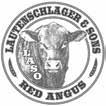




www.dhRedAngus.com dhollidayranch@gmail.com
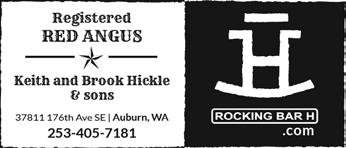




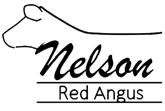
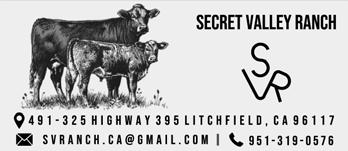
NO RAKE CATTLE CLUB
LANDRY VIETH PO BOX 350 WINDTHORST, TX 76389
Area 5 – Northern Plains
Director – Stephanie Jung
DOUBLE L CATTLE CO.
LYZA TVETEN 22733 BETTY JANE DRIVE WINONA, MN 55987
HUCKSON WARD 25054 655TH ST KASSON, MN 55944
WEST ACRES RED ANGUS
KATE SORUM PO BOX 795 CROSBY, ND 58730
LINDSKOV’S LT RANCH
BRYCE LINDSKOV PO BOX 93 ISABEL, SD 57633
COOPER NAMKEN 45536 189TH ST LAKE NORDEN, SD 57248
PAISLEY NAMKEN 45536 189TH ST LAKE NORDEN, SD 57248
Area 6 – Great Plains
Director – Jason Anderson
HARPER BECKER 1209 N 2ND STOCKTON, KS 67669
COLANTONIO CATTLE
MIKE COLANTONIO PO BOX 141 MOSCOW, KS 67952
STILL WATERS FARM, LLC
ETHAN HOLLY 1606 MAPLE RD FORT SCOTT, KS 66701
RED BAR OG RANCH
ZACK O’GORMAN 2899 DAISY RD SOLOMON, KS 67480
SANDERS FARM
CODY SANDERS
4420 UTAH ROAD WELLSVILLE, KS 66092
LEVI SMITH 120460 SW 20TH ST HAVILAND, KS 67059
HENRY COUFAL 2313 INMAN ROAD SAINT PAUL, NE 68873
TEDDI CRAFT 811 TOTTINGHAM RD ANADARKO, OK 73005
CHRIS FENTON PO BOX 396 POTEAU, OK 74953
BLUETOP REDS
RYAN HELSLEY 33457 S 563 RD COOKSON, OK 74424
CABER JOHNSON 2522 CORBIN LANE CLINTON, OK 73601
ROTH CATTLE CO. LEE MAGGARD PO BOX 1308 WESTVILLE, OK 74965
LOGAN MERIWETHER 1160 ROSE STREET WAYNOKA, OK 73860
THREE CREEK RANCHES TEXOMA
CHRIS SMITH 1129 E 2030 RD SOPER, OK 74759
5W FARMS
D.J. WOOD 46125 E COUNTY ROAD 1510 STRATFORD, OK 74872
Area 7 – Northeast
Director – Rob Hess
COLTON BOONE 8141 INDIANA 1 BRYANT, IN 47326
PEYTON CLOUSER PO BOX 154 WESTPOINT, IN 47992
LYDIA KERR
9015 S GORE RD SPENCER, IN 47403
JAMES COOPER 1420 GOVERNORS BRIDGE RD
DAVIDSONVILLE, MD 21035
CAROLINE DEJONG 10471 6 MILE RD NE ROCKFORD, MI 49341
HIDDEN HILLS
STANLEY GRIFFIS 11870 BUCKLEY RD PLAINWELL, MI 49080
WOOD CATTLE
ADAM WOOD 6072 W PIERCE ITHACA, MI 48847
HIDDEN CREEK FARM
SCOTT FULMER
495 STATE ROUTE 314 SOUTH MANSFIELD, OH 44903
K JOHNSON FARMS LLC
KENNETH JOHNSON 23619 STATE ROUTE 68 WILLIAMSTOWN, OH 45897
AP CATTLE CO.
HADYN PICKEREL
6388 COUNTY ROAD 85 GIBSONBURG, OH 43431
BELLA SNEDEGAR 44700 SPRINGBROOK DR SAINT CLAIRSVILLE, OH 43950
BREANNE WORKMAN 59745 COOL HILL RD BELMONT, OH 43718
NASERS COOL SPRINGS FARM LLC
DAVE NASER 20 WALKER ROAD WASHINGTON, PA 15301
DOUBLE S FARMS
STEVEN SHULTZ 248 YOSEMITE LN VALLEY GROVE, WV 26060
Area 8 – Southeast
Director – John Langdon H&H FARM
HAROLD HAGGENMAKER 15636 MCCULLEY MILL ROAD ATHENS, AL 35613
JACEY SMITH 8450 BUENNING LN DECATUR, AR 72722
KYLIE SMITH 8450 BUENNING LN DECATUR, AR 72722
PEYTON GENTRY 3415 LOUISVILLE RD. SALVISA, KY 40372
WILLIAM GENTRY 3415 LOUISVILLE RD SALVISA, KY 40372
AMI BUTTERFIELD 214 BUTTERFIELD LN POLLOCK, LA 71467
NORA WHITE 479 HWY 397 PRESTON, MS 39354
CHEYENNE KNIGHT 418 DOC NORTON RD. WALLAND, TN 37886
Area 9 – Midwest
Director – Will Andras WEMPEN CATTLE JACE WEMPEN 4507 240TH AVE BUFFALO CENTER, IA 50424
ELLIE STEWART
846 CR 1850 N SULLIVAN, IL 61951
KAGAN CARTY 1717 CR 3300 SALEM, MO 65560
MILLY PAMPERIEN 8499 THORNHILL DR MOUNTAIN GROVE, MO 65711
RED CREEK RANCH, LLC MATT VANDELOECHT 4541 STATE ROAD F FULTON, MO 65251
GEORGE CATTLE CO. AUSTIN GEORGE N5932 ALBANY O MONDOVI, WI 54755
HARPER HIELKE 7271 MEADOWRIDGE DRIVE PICKETT, WI 54964
EMERSON HOLLOWAY N8489 COUNTY ROAD D BELLEVILLE, WI 53508
MELBERG FARM
BRYAN MELBERG 439 90TH STREET CLEAR LAKE, WI 54005
DEERVIEW MEADOW FARM SUE MEMLER 2230 COUNTY ROAD M PICKETT, WI 54964
STRABEL STONEY RIDGE FARM
ANNA STRABEL 9705 CO RD D WEBSTER, WI 54893
International RAAVAGRO-CO. SRL ANDA SAGHIN PRIMAVERII, NR.10, BL.10,SC.B, AP.4 BACAU, ZZ, ROMANIA 600218 //


Registered Red Angus Cattle since 1978
32237 Hwy 58 • Ten Mile, TN 37880 Sales: Steve Burnette – 865 804-8156 mercerfarms@gmail.com
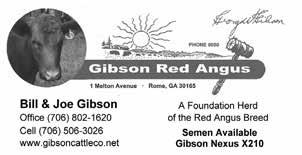

(864) 981-2080


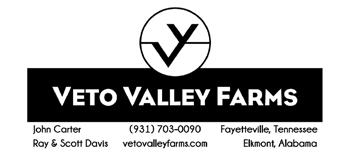
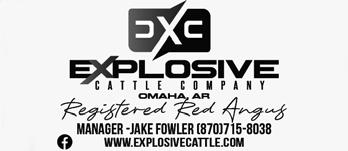
OFFICERS
Andy Camp - President 770-601-3308 • redangus@bellsouth.net
Josh Pierce - Vice President 601-385-7575 • jbarsredangus@gmail.com
Jessica Yance – Secretary/Treasurer 334-790-4953 • jessica@jyjredangus.com
DIRECTORS
Jed Dixon • Jim Yance Danny Winchester • Tiffany Watkins Johnnie Cundiff • Brian Lance
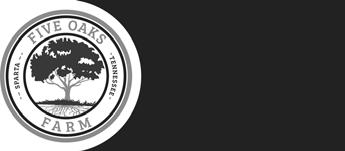
1408 Co. Rd. 35 Horton, AL 35980
Breeding Red Angus since 1965! Henry, Jane, Jim, Kathy, Tim, James Ray & Natalie (205) 466-7612 • Tim Cell (205) 446-5090 tim@whitleyredangus.com


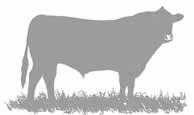







7633 Old Coffee Rd.

Ken & Cheri Graves (307) 738-2247
2384 Barnum Rd. • Kaycee, WY 82639
Email: gravesredfork@rtconnect.net




Luke Larson: (406) 207-6776
Amie & Teri Angelo: (406) 207-4046 angelocattleco@blackfoot.net
Angelo Lane
PO Box 361 • Drummond, MT 59832
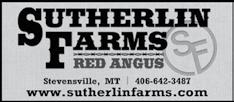


Raising Reg. & Comm. Red Angus Cattle Since 1990 Powderville, MT
406-554-3484 • 406-554-3152 • C: 406-853-0502
Tom: 406-951-2772 • Aaron: 406-853-2885 tlostendorf@rangeweb.net




Pat & Chris Hughes 40126 Eli Gap Road • Polson, MT 59860 (406) 883-4654 • www.GlacierRedAngus.com

Beckton Dr. • Sheridan, WY 82801 (307) 674-6095 • Fax (307) 672-7281 Email: becktonwyo@gmail.com

Knebel Gallatin Gateway, MT • (406) 223-4964 www.harmonyhillredangus.com
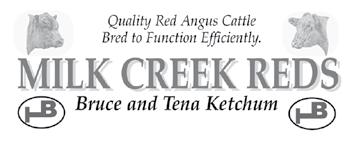

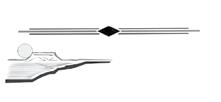




581-2126
klmpnra@gmail.com




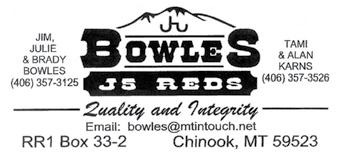
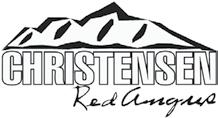





AREA 1 - West
Alaska • California • Hawaii • Idaho • Nevada • Oregon Washington
George Murdock, Director • Keith Hickle, Region A Director
Western States Breeders are on page 85
Utah • Colorado • Wyoming – Ron Christensen, Director
Cory & Katy Johnson 5822 CR 23 • Veteran, WY 82243 Cory 307-575-0169 • Katy 307-575-2677
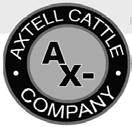
Brian and Jamie Jo Axtell PO Box 21 – Anton, CO 80801 970.383.2332 or 970.554.1132 www.axtellcattlecompany.com Follow us on Facebook!
AREA 2 - Montana
“Cattle Working for You”
Sound Udders – Great Dispositions
Moderate Frames – Calving Ease – Excellent Growth www.kravigredangus.com h1: 719-446-5355 • h2: 719-446-5391
Karval, Colorado
Recently p chased Crump Red Angus H d

Bull Sale - Feb. 26, 2026
Lewiston, Idaho www.mccannredangus.com
Minnesota • North Dakota • South Dakota
Craig Bieber, Region B Director Stephanie Jung, Director






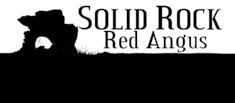






12523 245th Ave Firesteel, SD 57633 (605) 850-9878 or (605) 865-3190 bhrredangus@lakotanetwork.com www.pedersonredangus.com
Robert and Kara • Robby 5096 Campbell Rd • McIntosh, SD 57641 701-422-3721 www.campbellredangus.com

Producing Cattle That Perform For The Cattleman
Lori McCann • 208-743-5517 Diamond C North Dakota
RED ANGUS
The Olsons
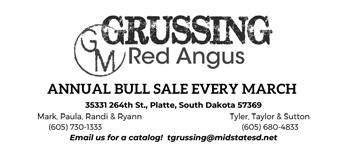
Annual Sale in March

Chase and Tiffany Furstenau Cavalier, ND 701-520-0671 chasefurstenau@gmail.com www.diamondcnd.com
Scott & Connie Kueffler
Michala & Kirsti • Bonnie Kueffler Box 187 • Grenora, ND 58845 701-694-3620 (h) • 701-641-0519 (c) redangus@nccray.com • www.dkredangus.net
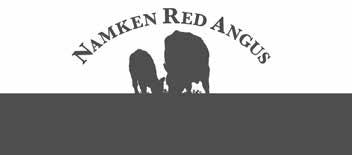
Texas
Texas
Kansas • Nebraska • Oklahoma Nebraska Breeders are on page 83
Kansas Breeders are on page 93 Jason Anderson, Director






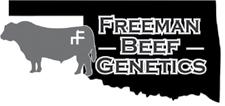
Dan






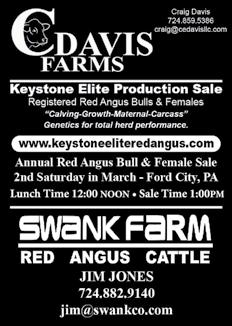
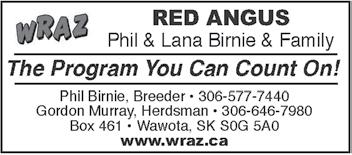





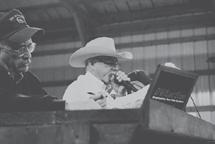






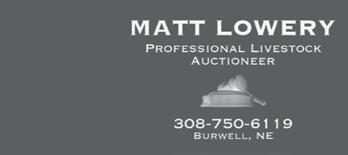


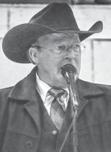







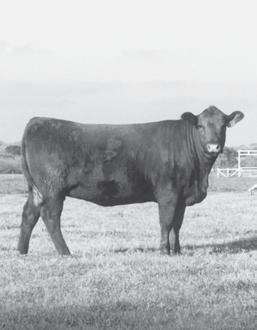
Texas Red Angus Champion Genetics
313 FM 2488
Covington, TX 76636 (254) 874-5868 • (817) 774-7204 cell www.peacockredangus.com
Where Quality Cattle are the Rule, Not the Exception!
TANNER RED ANGUS

In the Flint Hills of Kansas
“Functional Cattle from the Heartland” 3627 NW 94th Rd Topeka, KS 66618 rtannerdvm@sbcglobal.net
Rick Tanner Family 785-640-2941
Bulls and heifers for sale by private treaty.

Leoti, KS • 620-874-1437 • fswedel@wbsnet.org WedelRedAngus.com • WedelBeefGenetics.com Annual Bull & Comm. Sale – 2nd Tues. of March
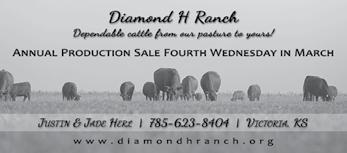

Simmental • SimAngus
Red Angus Private Treaty Bulls
Dustin Pelton 620-285-5465
Lynn Pelton 620-285-9934 Burdett, KS

2346B N Road • Strong City, KS 66869 Joe Mushrush (620) 340-7461 • Daniel Mushrush (620) 340-9774
Annual Sale Third Friday in March
Tim Flaming Ryan Flaming 620-382-4894 620-382-5107
REGISTERED RED ANGUS
465 170th • Hillsboro, KS 67063 620-367-8350 hm
HARMS PLAINVIEW RANCH
Mark and Kim Harms
2528 250th St. • Lincolnville, KS 66858 (620) 924-5544 • hprbulls@tctelco.net Red Angus - Angus - Charolais
“Your Partner in Progress” Bulls, Females and Embryos by Private Treaty

KEVIN & MARY ANN KNIEBEL

428 S. 2600 Road • White City, KS 66872 (785) 349-2821 • Fax (785) 349-2822 Email: kniebel@tctelco.net www.Kcattle.com

18 mo.& 2 yr. old Registered Bulls No feed ration, range tested, hard ‘n ready Commercial Bred Heifers in the fall
Rick Pflughoeft • Ellsworth, KS 785-472-3734 • 785-472-1033
“Red Angus since 1964” John & Dan Ramsdale 780 S.E. 130 Ave. • Murdock, KS 67111 (316) 542-3297 • (620) 532-6060
Private Treaty Bred Females and Bu s For Sale
Contact Ryan at 641-780-5952
With 52% of the 2024 calf crop ranking in the top half for BOTH GridMaster and HerdBuilder indexes, West Wind Red Angus cattle bring balanced maternal and terminal qualities, ensuring added value in both production and end markets.
December
1 Final Ad Reservation/Editorial Deadline for January Red Angus Magazine
1 C-Bar Online Frozen Genetics Sale, SCOnlinesales.com
3 Big Sky Elite Female Sale, Logan, MT
3 Dukart Angus Online Bull Sale, bid.billpelton.com
6 Gregg Ranch, Winner, SD
6 Sonstegard Cattle Co., LLC Female Sale, Montevideo, MN
6-11 Rhodes Red Angus LLC Semen & Embryo Inventory Sale, DVAuction.com
7 Ellefson Red Angus Online Sale, DVAuction.com
8 Cross Diamond Cattle Co., Bertrand, NE
10 Gill Red Angus, Timber Lake, SD
11 Giefer Production Sale, Wakeeney, KS
12-13 Axtell Cattle Co. Online Female Sale, DVAuction.com
13 North Dakota Red Select Sale, Mandan, ND
15-17 Seeger & Rusch Online Bred Heifer Sale, DVAuction.com
19-20 Holiday Harvest Online Embryo & Semen Sale, DVAuction.com
20-21 Turtle River Cattle Co. Online Female Sale, DVAuction.com 22 Freeman Beef Genetics Red Label Online Sale, CCI.live
22-23 Moose Creek Red Angus Complete Dispersal, Kisbey, SK, Canada 24-25 RAAA Office Closed for Christmas Holiday 31 RAAA Office Closed for New Year Holiday
January 1 Final Ad Reservation/Editorial Deadline for February Red Angus Magazine

Ryan & Jenny Hoksbergen Marlys Hoksbergen 641-780-5952
683 240th Place | Pella, IA 50219 westwindredangus.com westwindredangus@gmail.com
Reach Red Angus stakeholders who are already using and loving Red Angus!
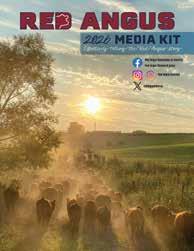
It is wise to use a combination of social, digital and print media in your marketing strategy. You can now promote your genetics on the pages of the Red Angus Magazine or digitally on the website and in eNews. You can even link your catalog on the sale calendar!
Download the Red Angus Media Kit at redangus.org/ram-magazine
Reserve ad space at: bit.ly/RedAngusMagAdvertising or email Tracey Koester, tracey@redangus.org
RAAA Office Closed for New Year Holiday
Red Revolution Live Animal Sale, Oklahoma City, OK
Red Angus Junior Show, Oklahoma City, OK
National Red Angus Heifer & Bull Pen Show, Oklahoma City, OK
National Red Angus Open Bull & Female Shows, Oklahoma City, OK
Ranch Red Angus, Bassett, NE
Red-Land Cattle, Bagwell, TX 17 Rohrich’s Cutting Edge Ranch, Steele, ND
26 Bullis Creek “Generations of Predictability” Bull Sale, Wood Lake, NE
26-31 Schriefer Red Angus, DVAuction.com
February
1 Final Ad Reservation/Editorial Deadline for March Red Angus Magazine
Ft. Worth Stock Show & Rodeo Regional Red Angus Show, Ft. Worth, TX
Twedt Red Angus, McHenry, ND
K2 Winter Bull & Female Sale, Wheatland, WY
Hill 70 Quantock Ranch “Barn Burner” Bull Sale, Lloydminster, AB, Canada 7 Loonan Stock Farm, Corning, IA 8 Ressler Land & Cattle, Cooperstown, ND
9 Kuhn’s Red Angus Red Cow Dispersal, Napoleon, ND
10-15 Forster Red Angus Online Bull Sale, DVAuction.com 14 Ludvigson Stock Farms “The All American Bull Sale,” Meriden, WY
15 The Right Choice Sale, Aberdeen, SD
16-18 Lazy D Red Angus, Williston, ND
21 Flittie Simmental, Schnabel Ranch, Lazy J Bar Ranch, Aberdeen, SD
21 Nordlund Stock Farm, Clearbrook, MN
21-22 Turtle River Cattle Co. Online Bull Sale, DVAuction.com
23 Lone Tree Red Angus, Meadow, SD
24 L83 Ranch, Mandan, ND
25 Murdock-Price Sale, Stanfield, OR 26 McCann Red Angus, Billings, MT IS YOUR SALE MISSING IN THE LIST ABOVE?

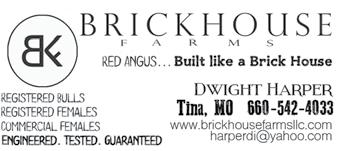
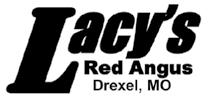
(816) 657-4655
& Proven Genetics www.lacysredangus.com

Roy A. Sutterfield roy.sutterfield@gigcattle.com www.gigcattle.com 919-592-0665
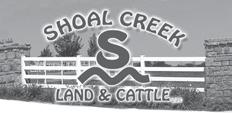


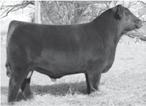
(417) 280-1551





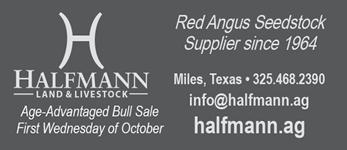




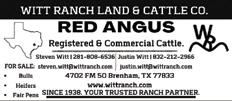
3K Land & Cattle Co. 95
4B Red Angus LLC 84
5L Red Angus 89
Aberdeen Angus World 92
Adams, Arnold & Alicia 84
Andras Stock Farm 96
Angelo Cattle Co. 88
Axtell Cattle Co. 24, 90
Barenthsen-Bullinger Red Angus 90
Beckton Red Angus IFC, 1, 88
Beitia Livestock 85
Berwald Red Angus 59
Bieber Red Angus 5
BIM Red Angus 91
Bola Red Angus 83, 95
Bow Creek Farm & Cattle 91
Bowles J5 Reds 89
Brickhouse Farms 95
Buffalo Creek Red Angus 21
Bull Hill Ranch 42, 87
Bullis Creek Ranch 83, 86
C & J Red Angus Ranch 87
C-T Red Angus 32, 89
Calvo Family Red Angus 3
Campbell Red Angus 63, 90
Cattlemen’s Congress 27
CC Red Angus Ranch and Crawford Red Angus 32
Cedar Hill Farm 91
Chappell Red Angus 91
Chiefline Red Angus 95
Choat Cattle Co. 83
Christensen Red Angus 89
Crockett Ranch 91
Cross Diamond Cattle Co. IBC, 83
Dahlke Red Angus ..................................... 90
Daigger-Orr Red Angus 83
Darrel Holliday Ranch 54, 85
Deichmann Livestock Brokerage 92
Diamond C North Dakota 90
Diamond H Ranch 93
Diamond P Cattle 87
DK Red Angus 90
Drees, Eric 92
Dry Creek Ranch 77
Emerald Earth 84
Explosive Cattle Co. 87
Feddes Red Angus 32
Finger Lakes Cattle Co. 91
Fischer Red Angus 88
Five Oaks Farm 87
Flaming Livestock Co. 93
Flat Creek Farms 87
Lacy’s
Lazy D Red Angus 52
Lazy J Bar Ranch 90
Leachman Cattle of Colorado 26
Leland Red Angus 7, 88
Livestock Digital 83
Lone Tree Ranch 65
Loonan Stock Farm 55, 92
Loosli Red Angus 85
Lost Creek Red Angus 89
Lowderman, Cody 92
Lowery, Matt 92
Lucht Red Angus 89
Ludvigson Stock Farms 17
Maple Oaks Red Angus 95
Mathias Ranch 92
MC Livestock 95
McCann Red Angus 31, 85, 88, 90
McLean Red Angus 87
McMurphy Farms 91
McPhee Red Angus 85
Mercer Farms 87
Milk Creek Reds 89
Minnesota Red Angus Assn. 90
Moose Creek Red Angus 10, 11
Mushrush Red Angus 29, 93
Namken Red Angus 90
ND Red Angus Assn. 68
ND Red Select Sale 23
Nelson Red Angus 85
Nordlund Stock Farm 67
Northern Lites Ranch 89
OHR Red Angus 90
Orton Ranch Red Angus 3
Ory’s 07 Red Angus 95
Osborn Red Angus 87
Ostendorf Red Angus 88
Peacock Angus Ranch 93
Pederson’s Broken Heart Ranch 40, 90
Pelton’s Red Angus 93
Pieper Red Angus 15, 83
Plain Jan’s 93
Pleasant View Farms 76, 91
Polivka Farms Red Angus 83
Private Treaty Sales 83
Quality Genetics Red Angus 95
Quartz Valley Red Angus 85
Ramdsale Reds 93
Red Angus Digital Media 64
Red Angus Society of Australia Inc. 92
Red Angus Stakeholders Foundation ........ 61
Red Angus Value-Added Programs 58
Red Fork Red Angus 88
Red Hill Farms BC, 87
Red Angus 88 Reds Rising 80 Rhodes
Cattle
Beef Improvement Assn
Ranch Land & Cattle Co.
V Bar X Ranch
Red Angus
Mill Farm Red Angus ...................



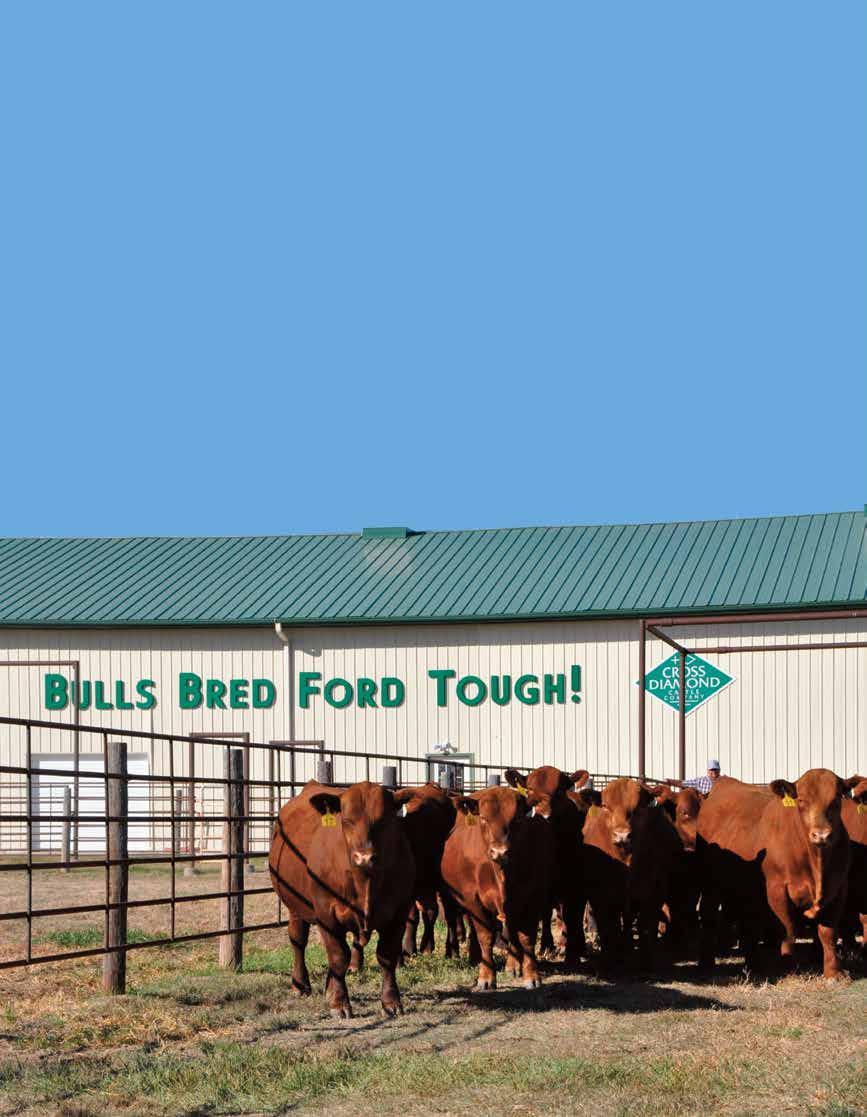
250
2








